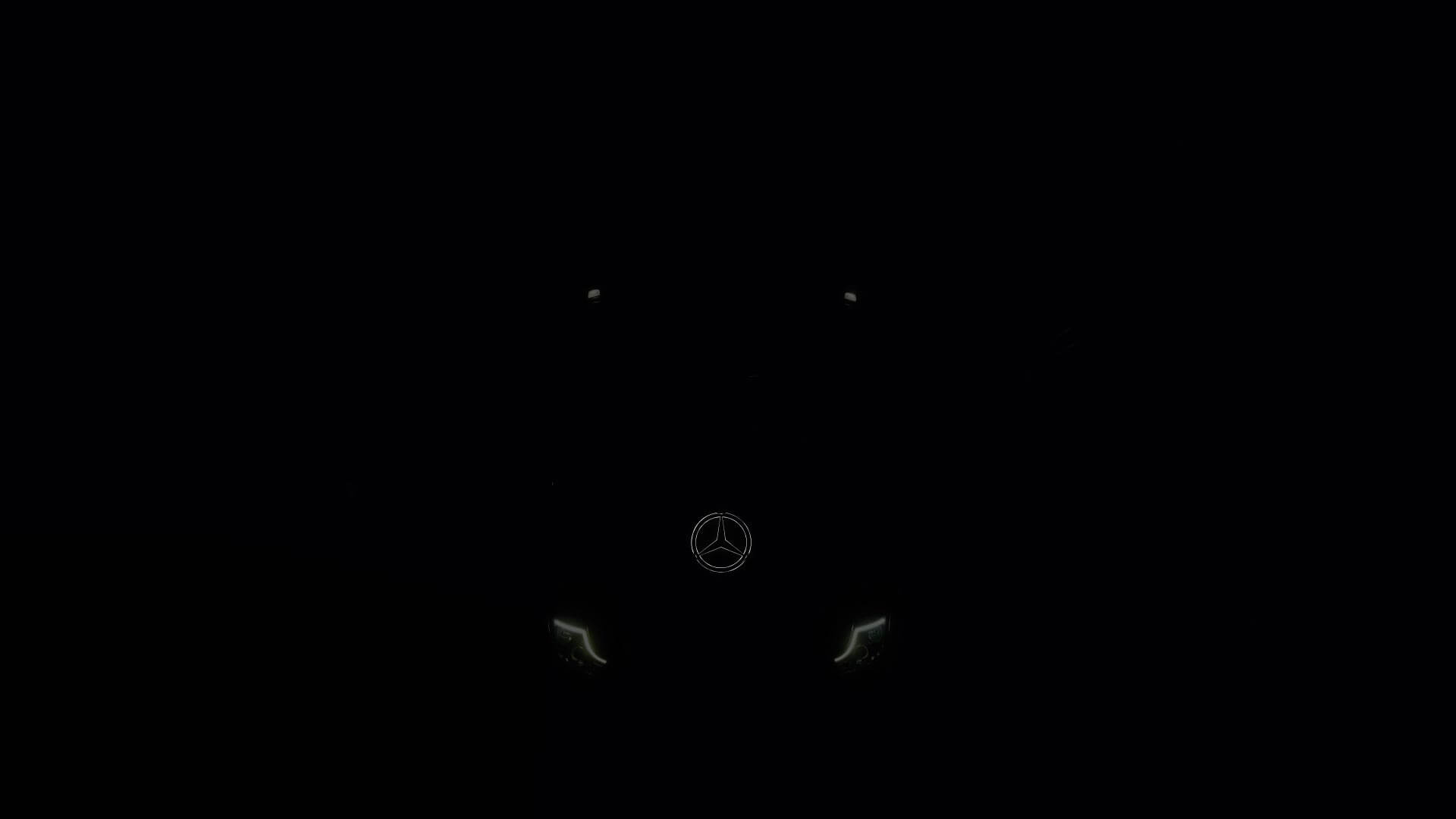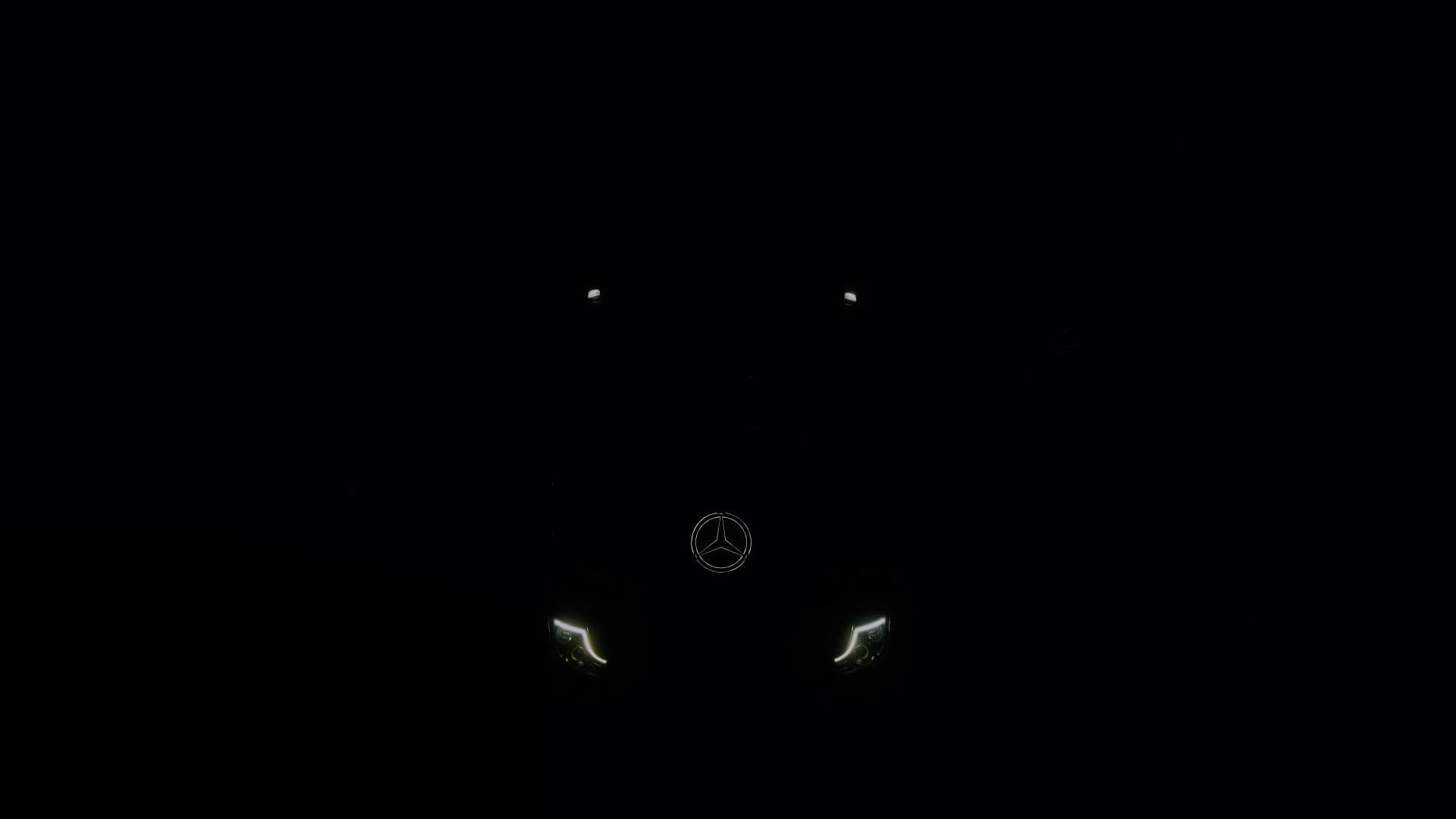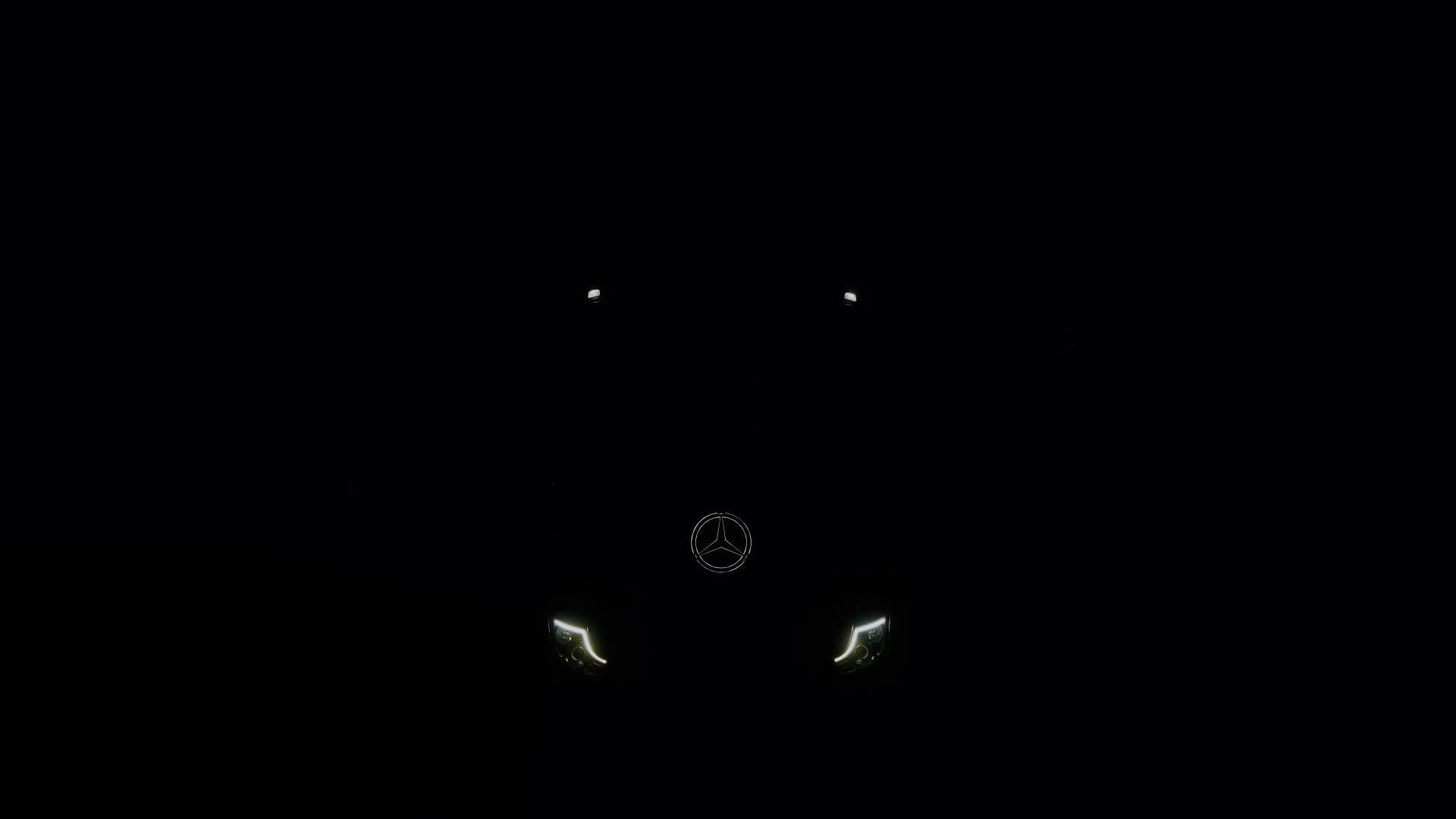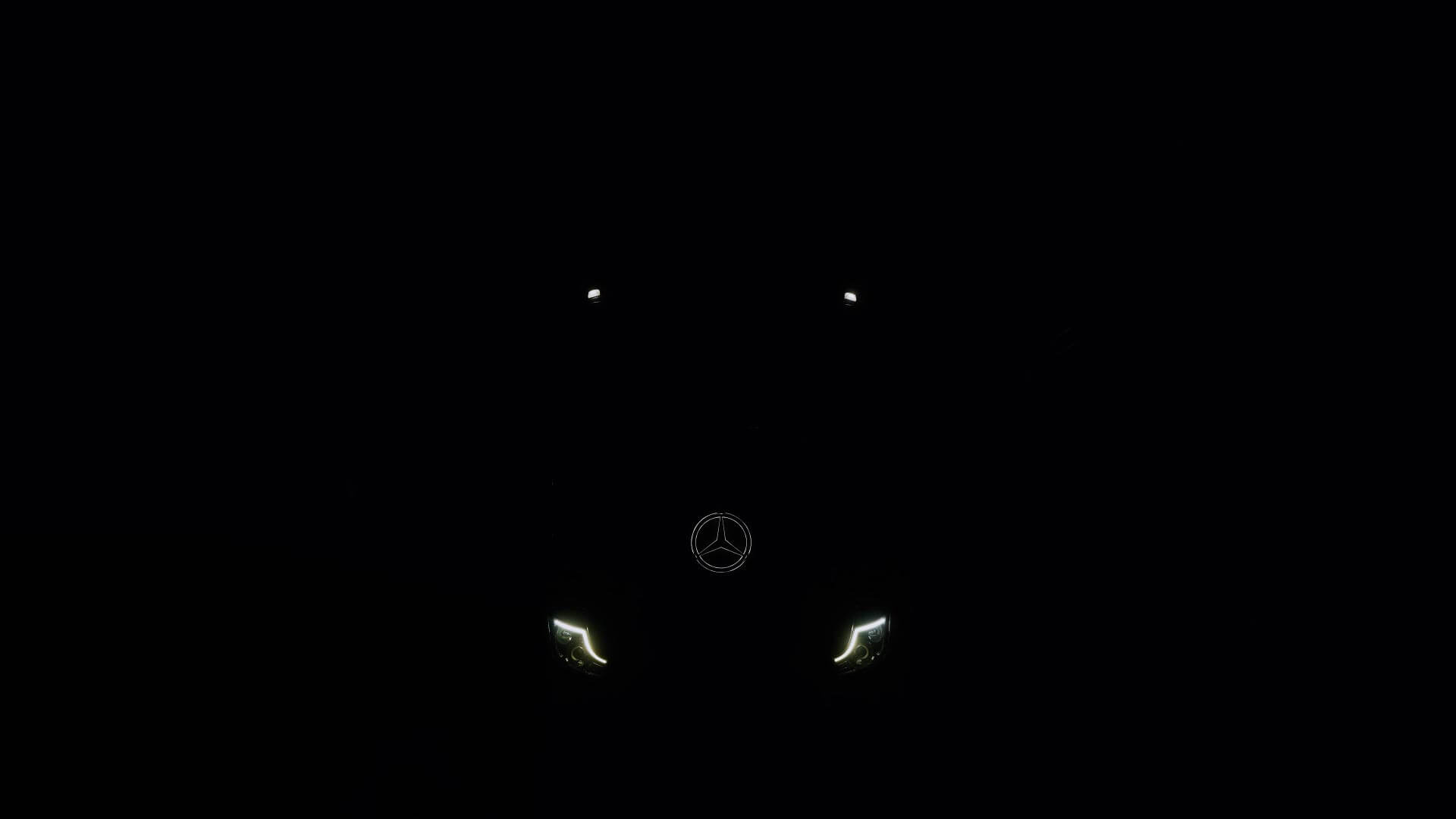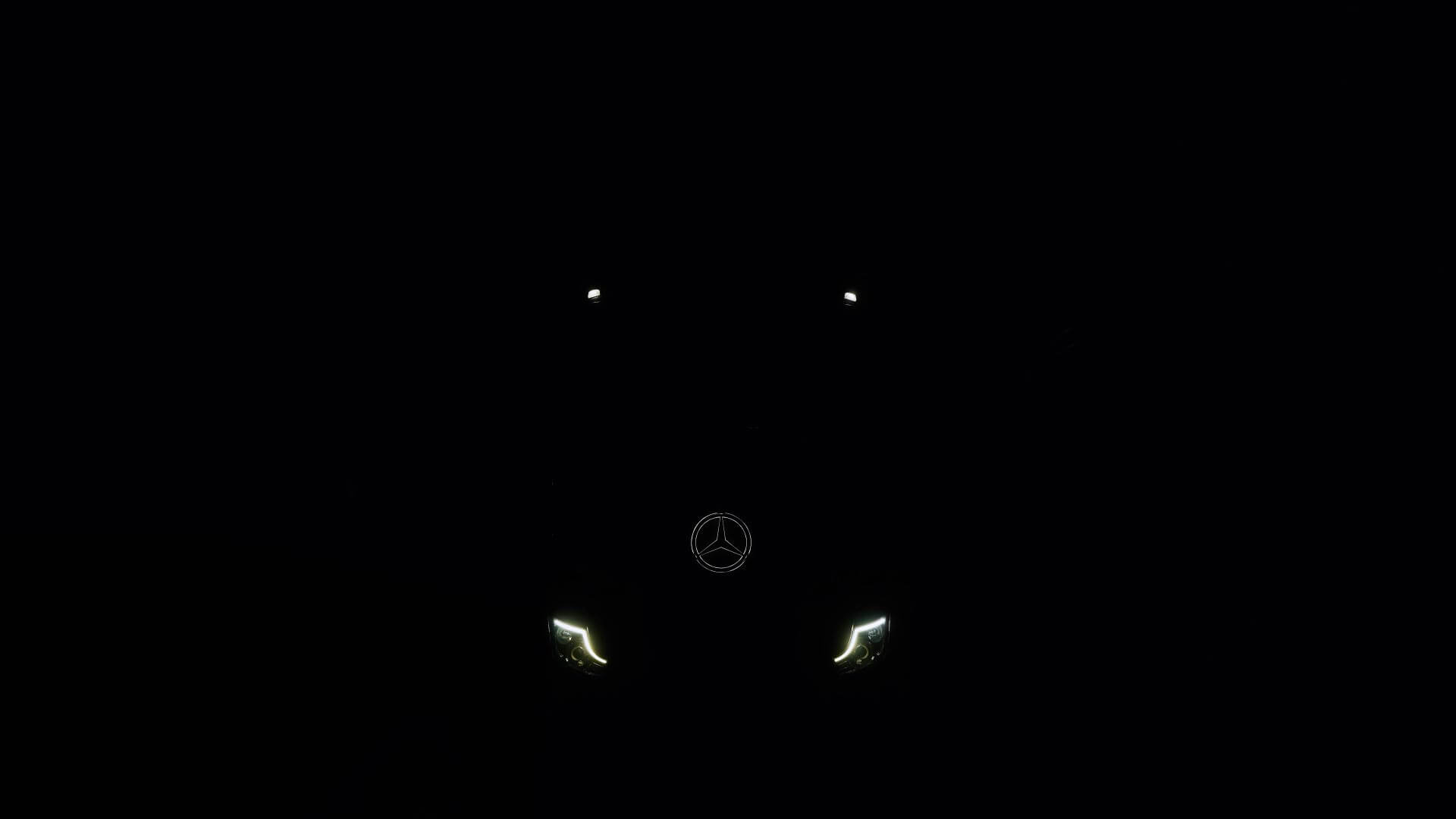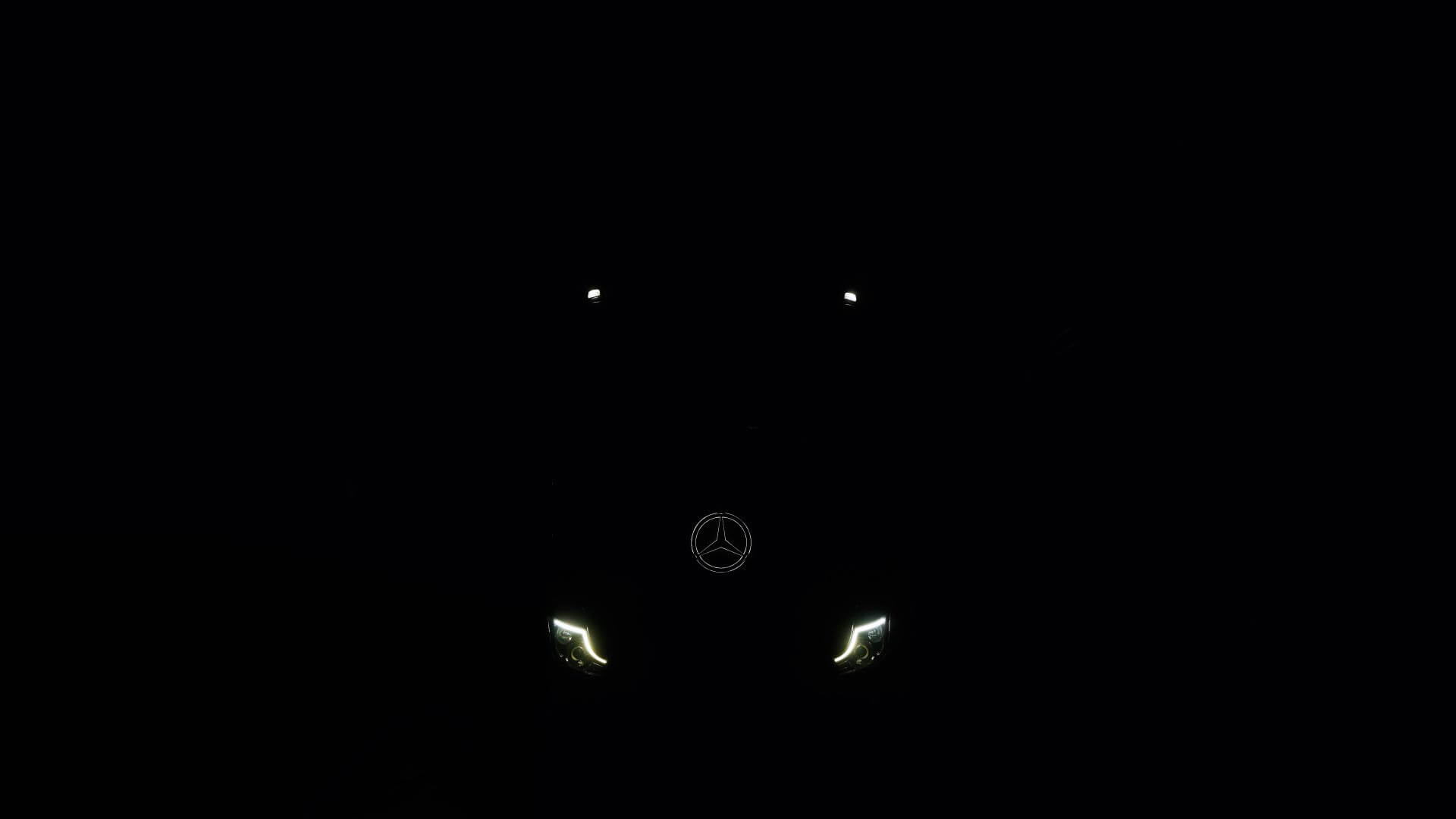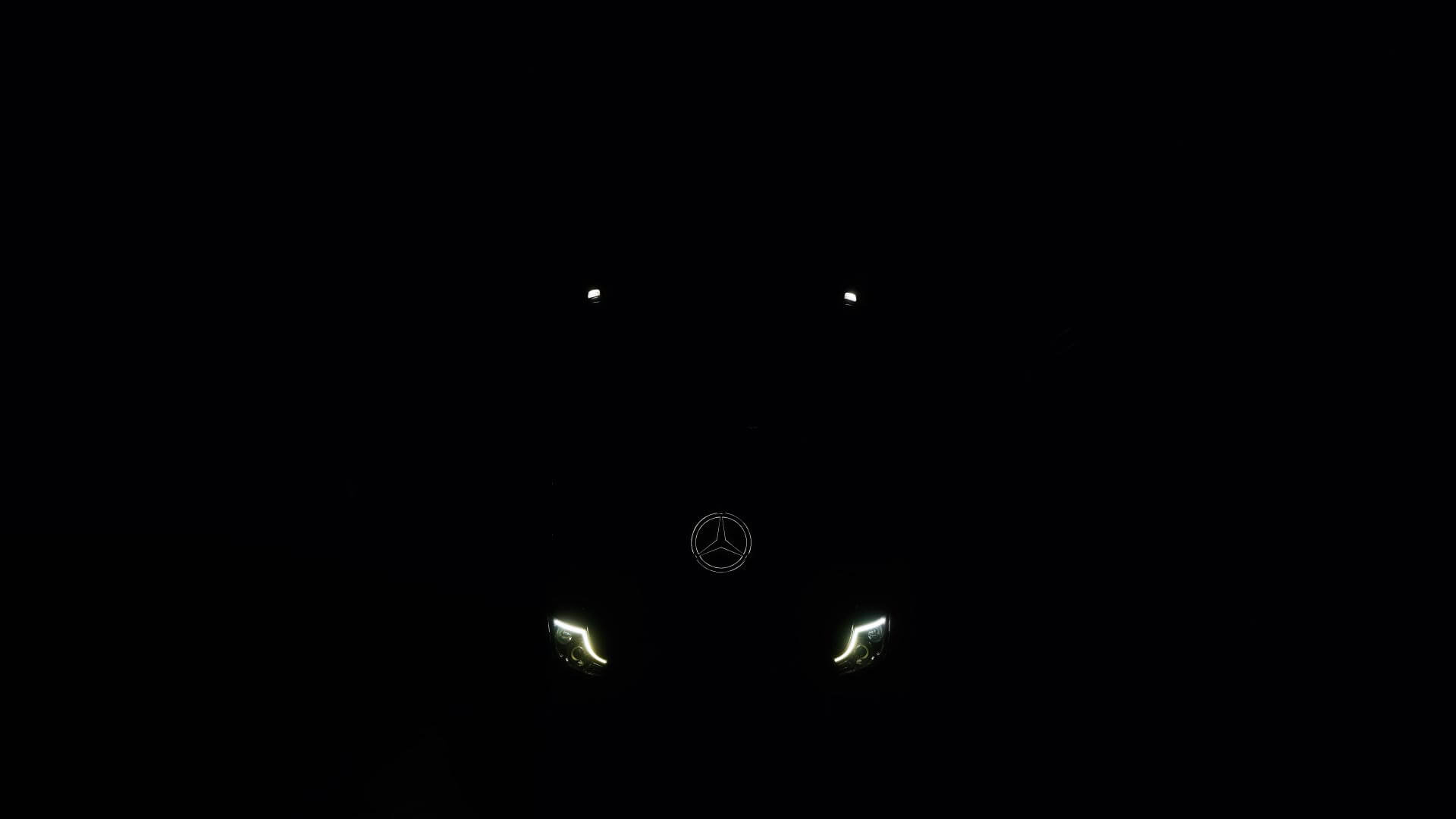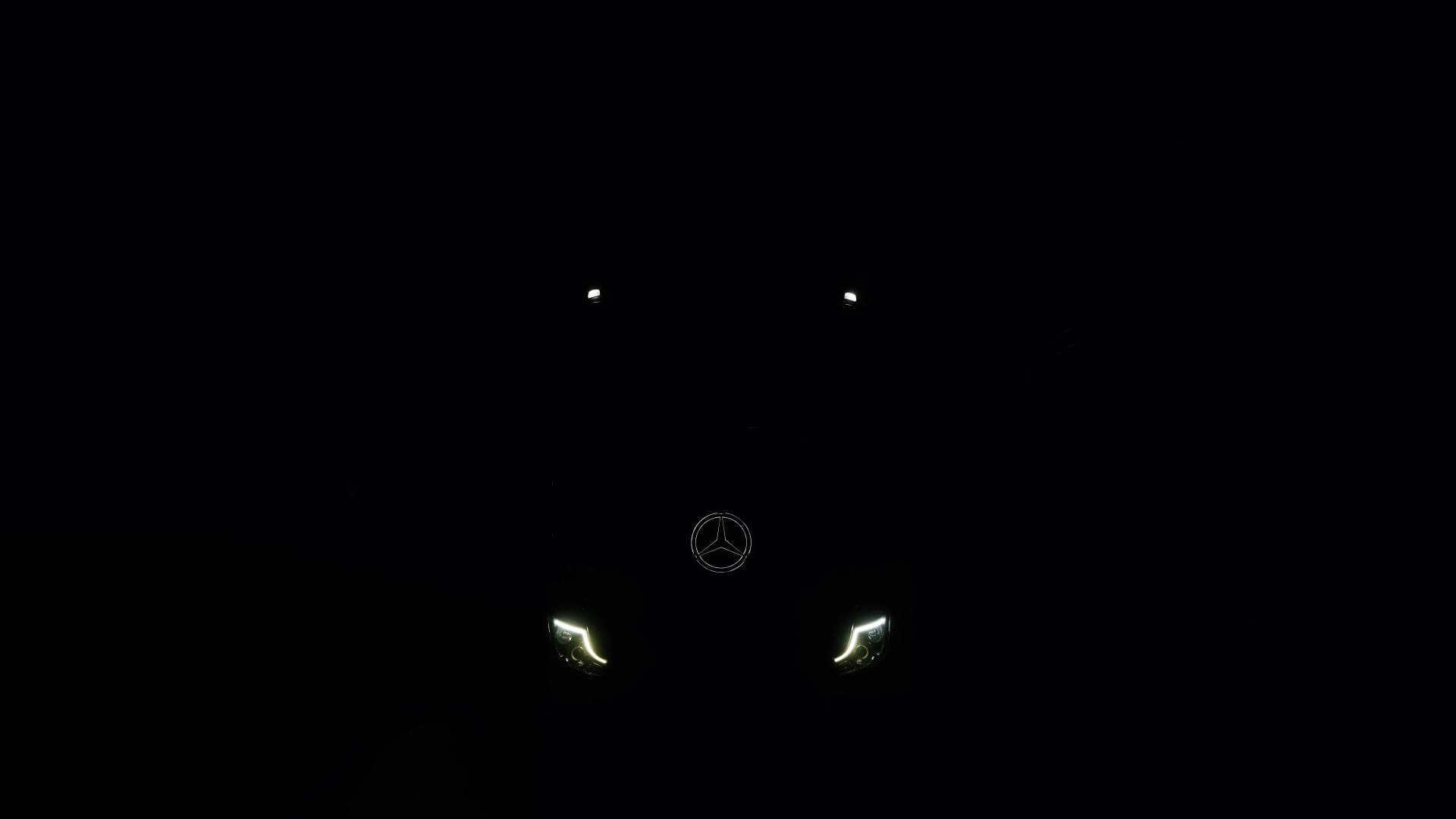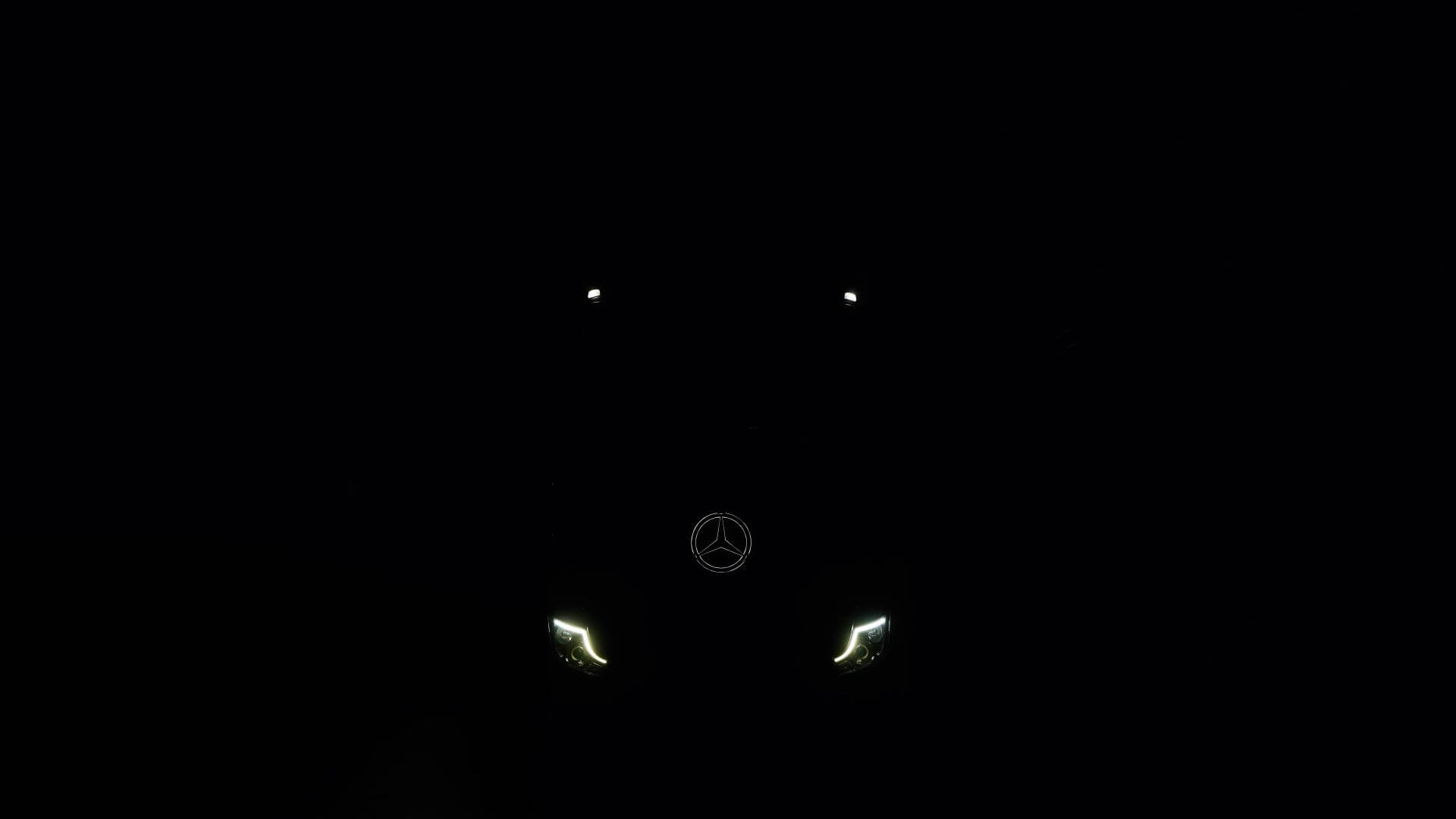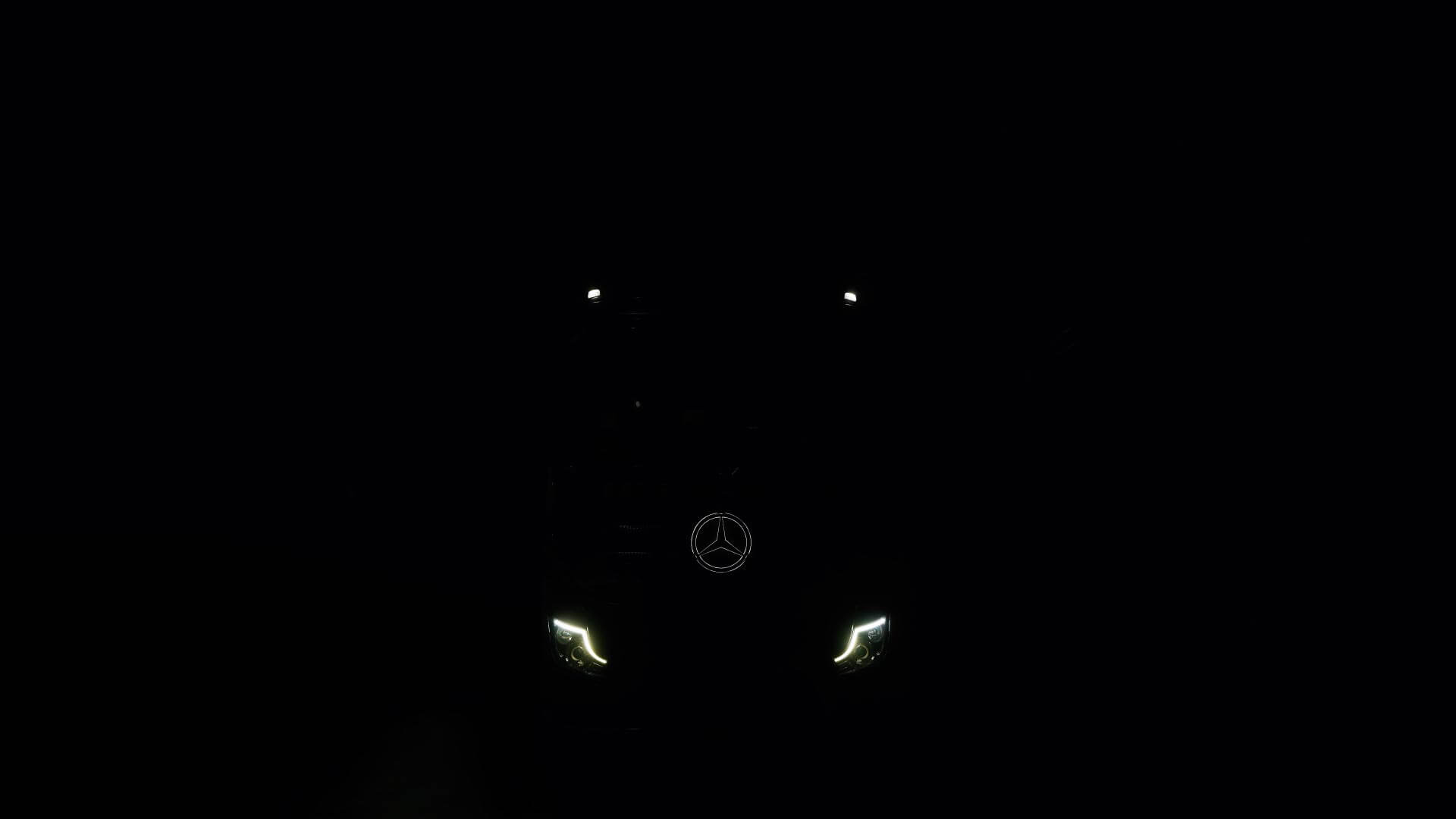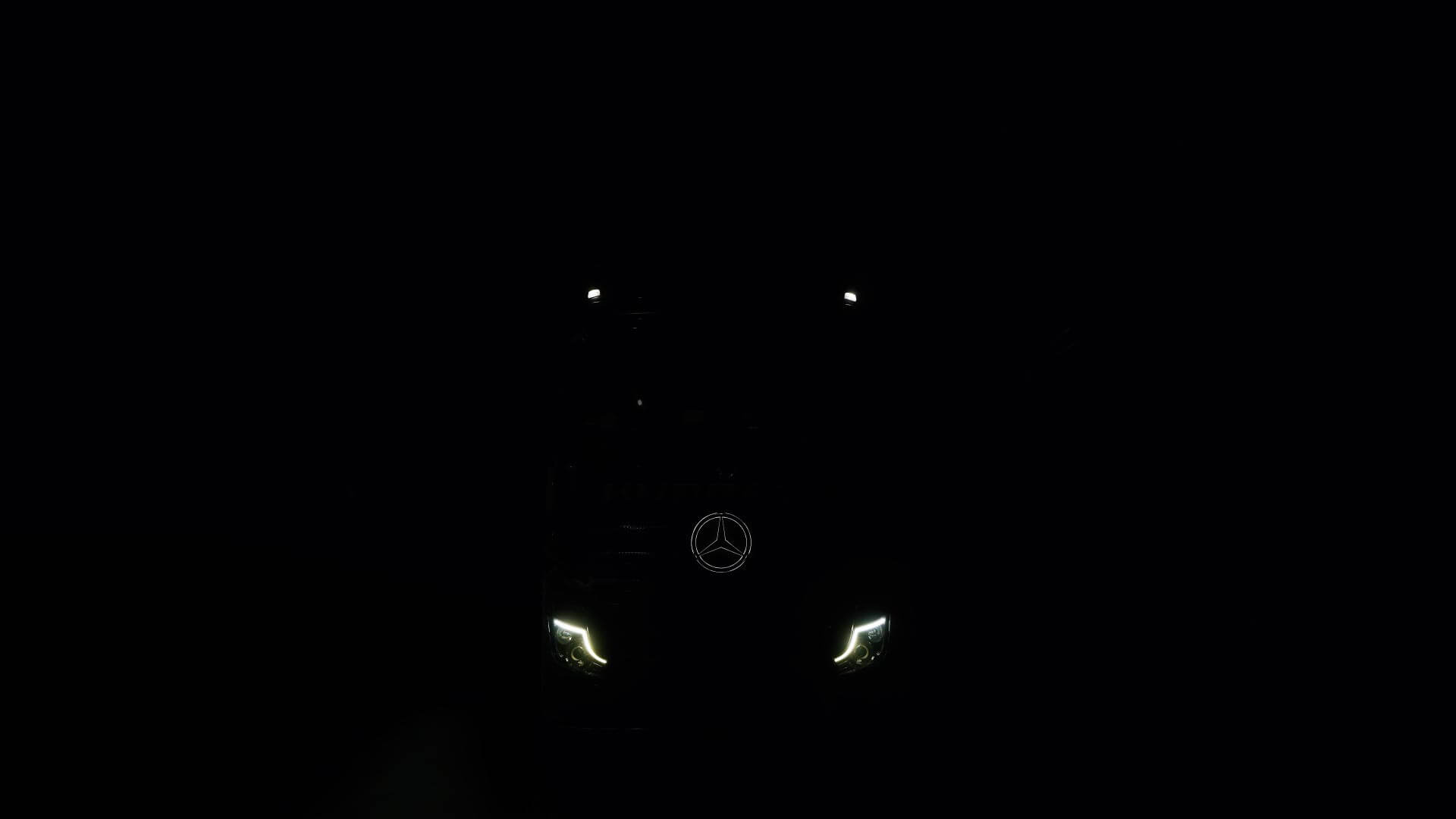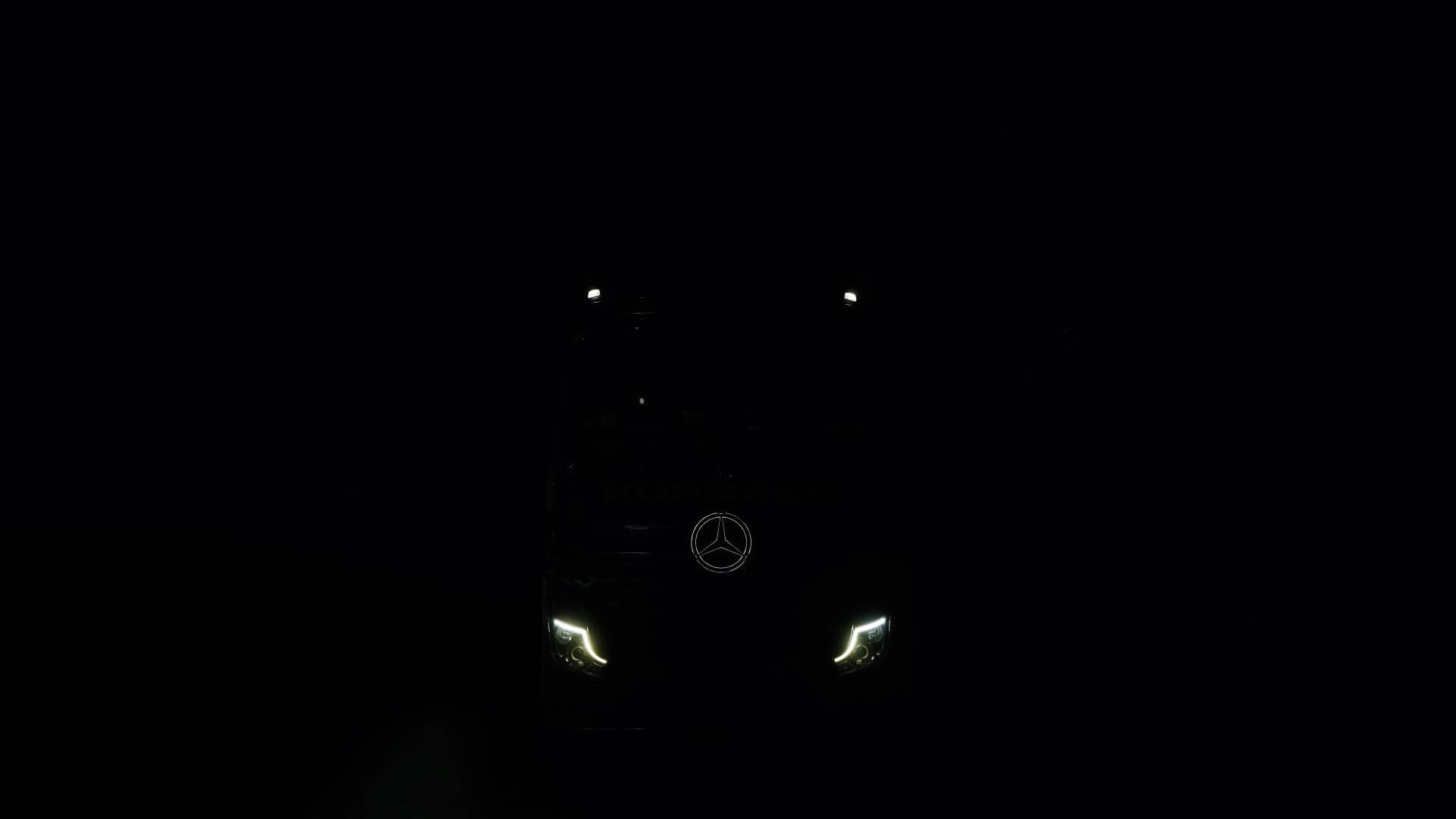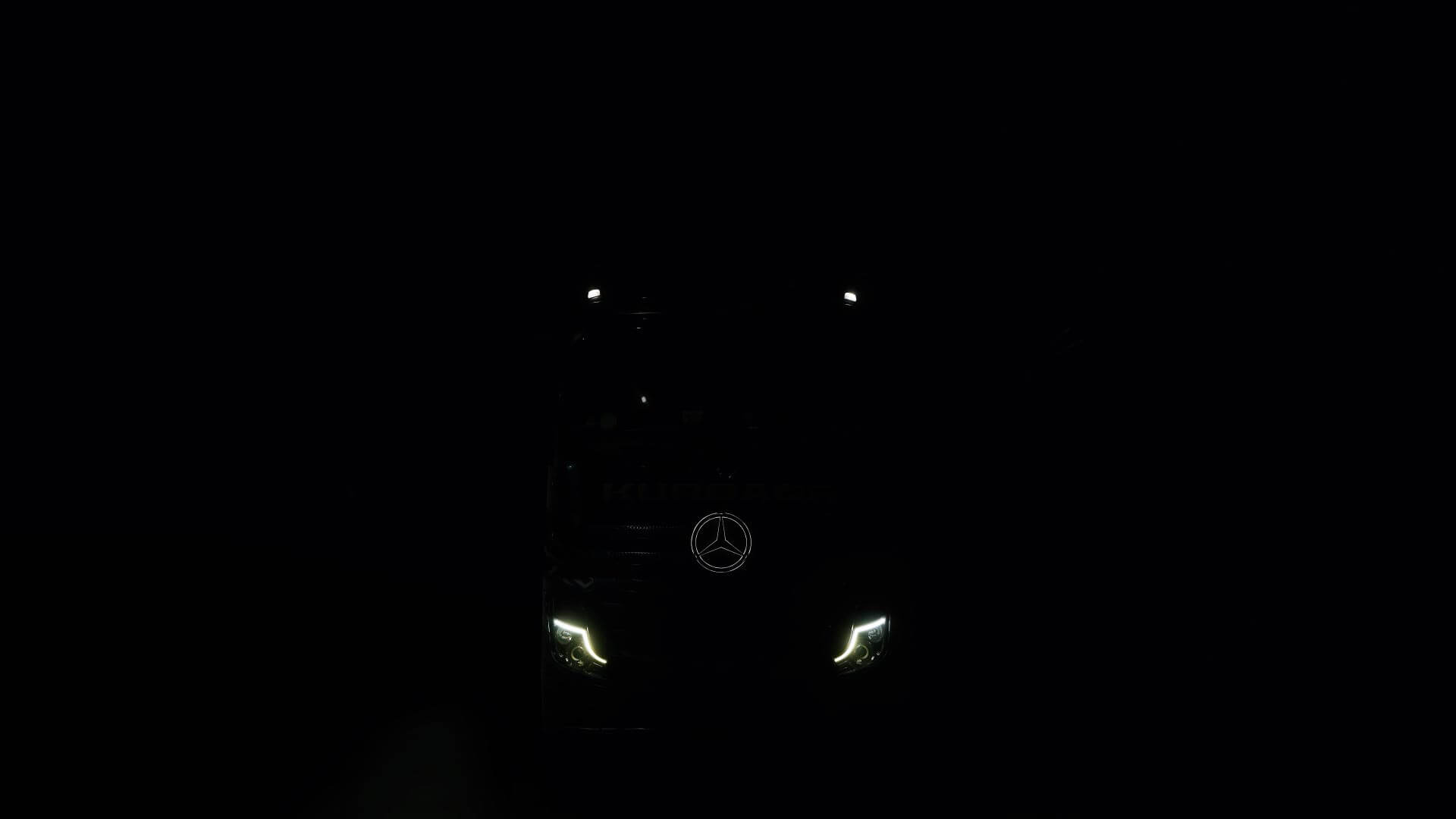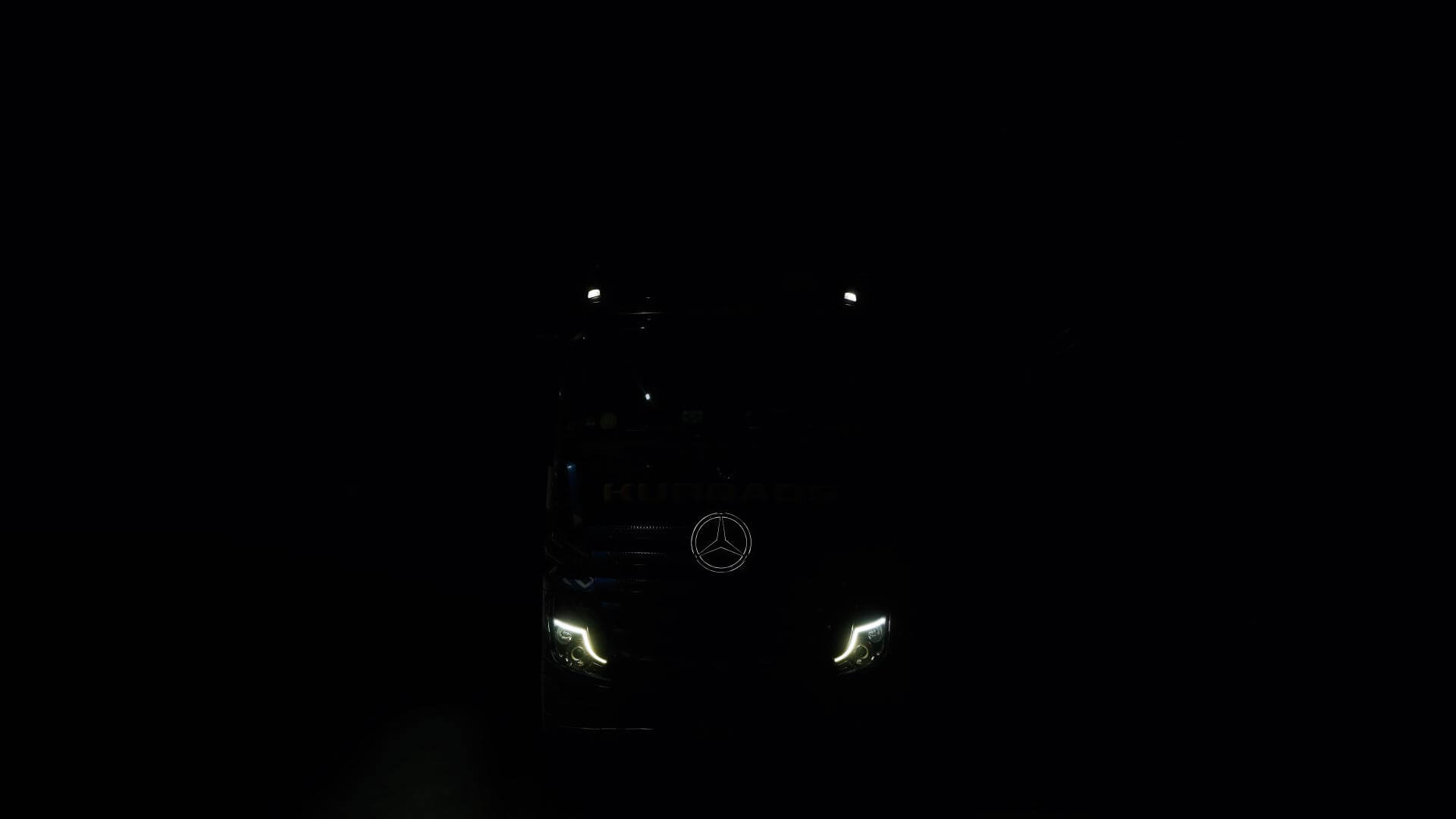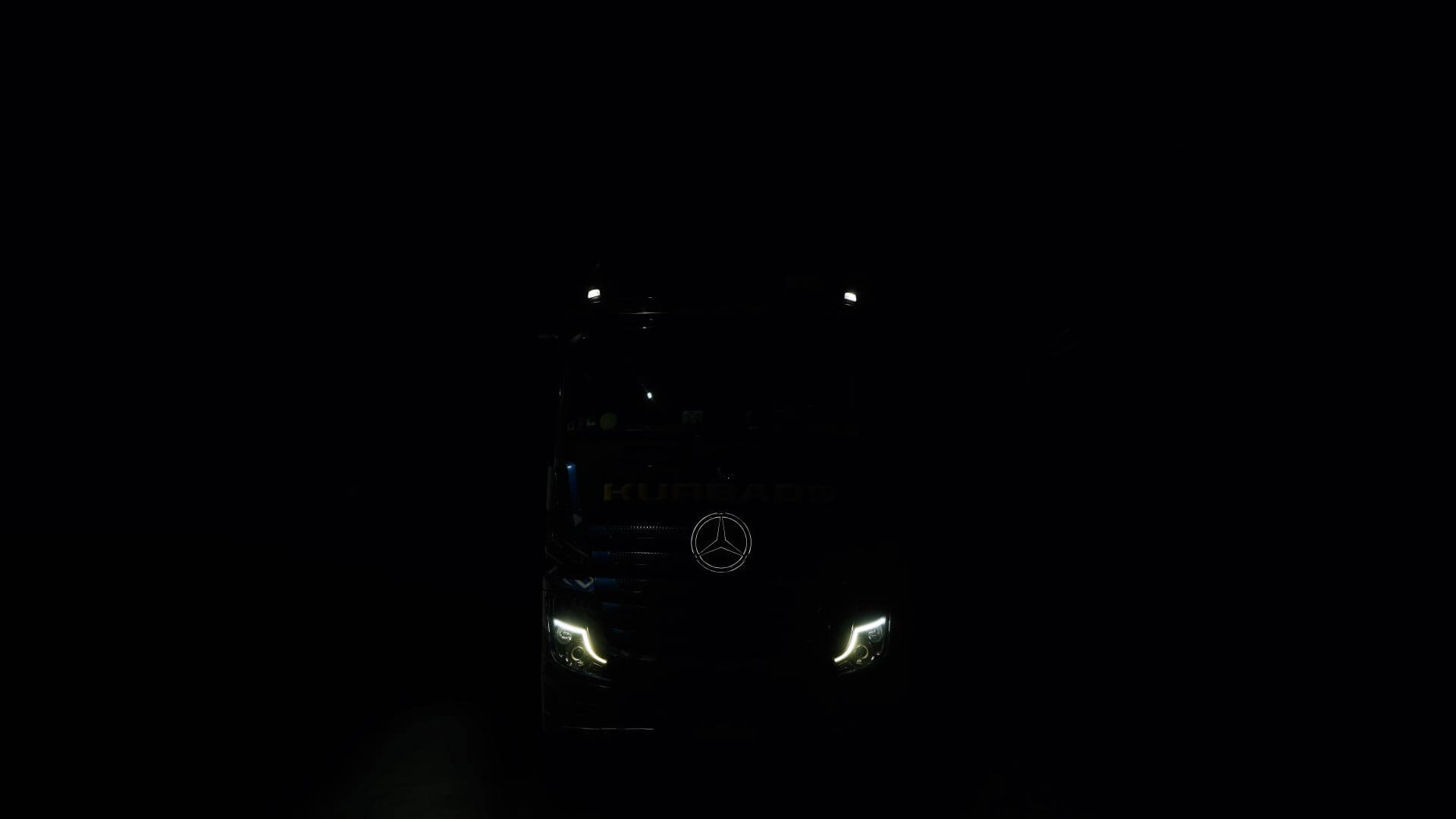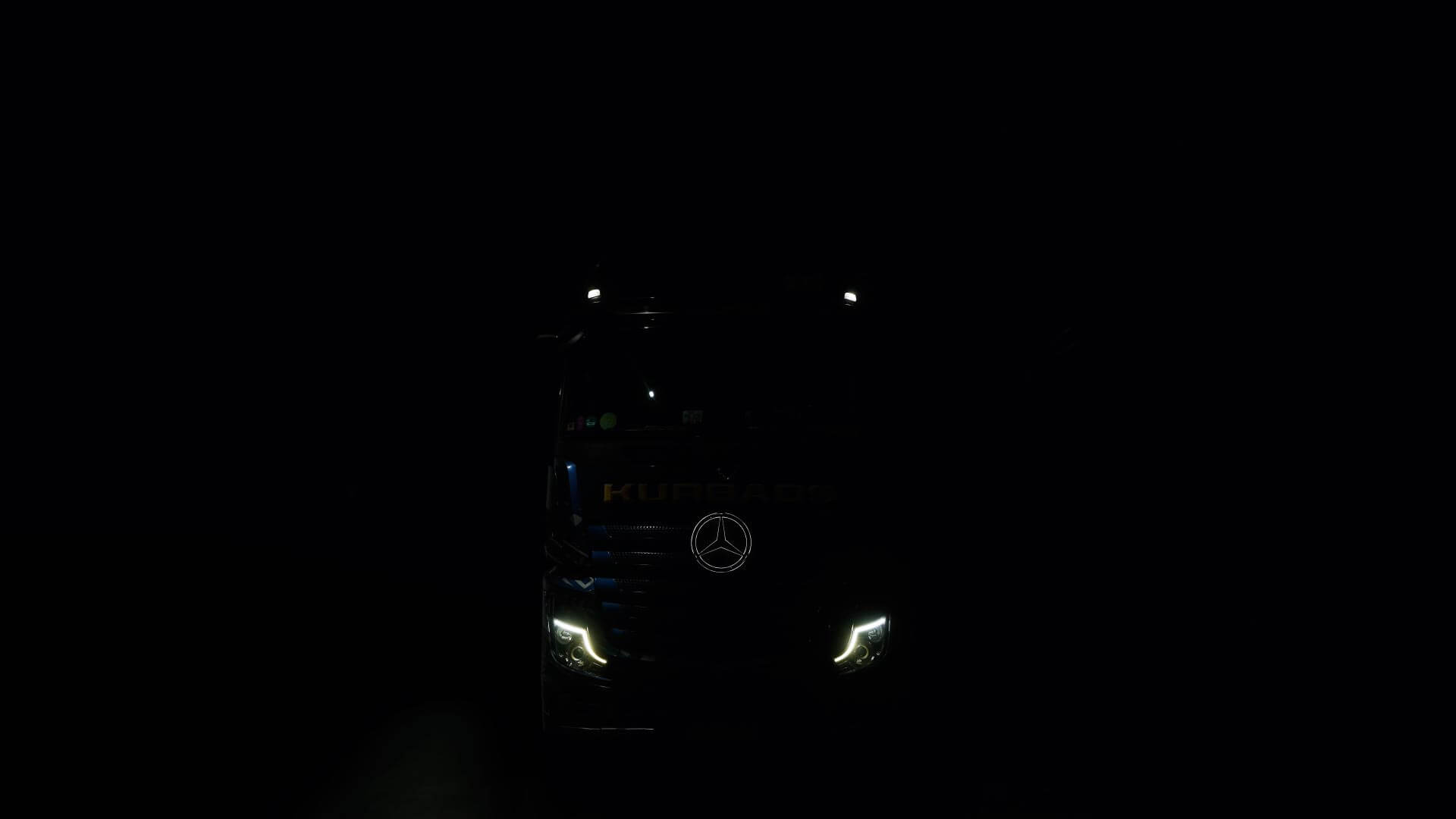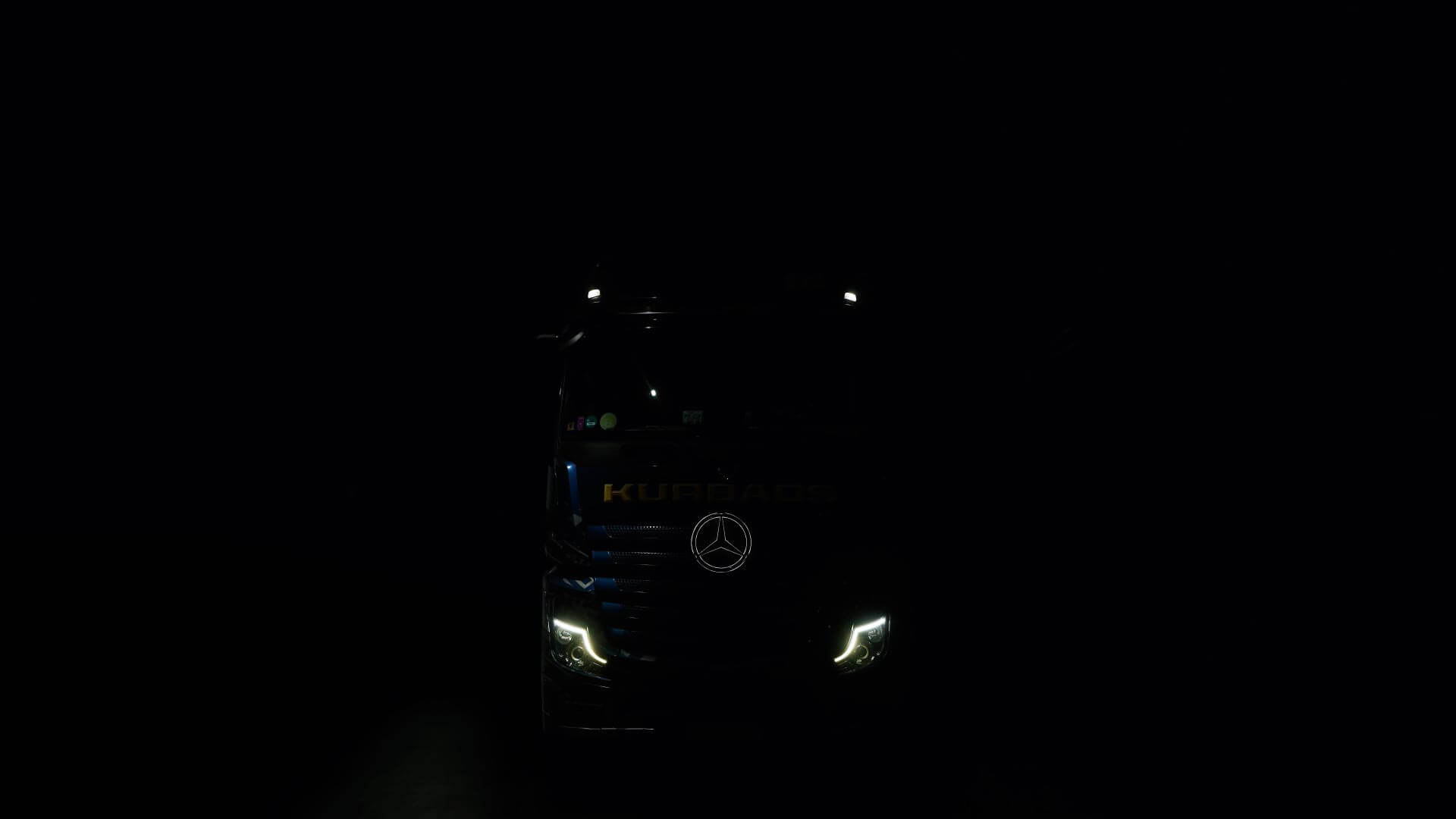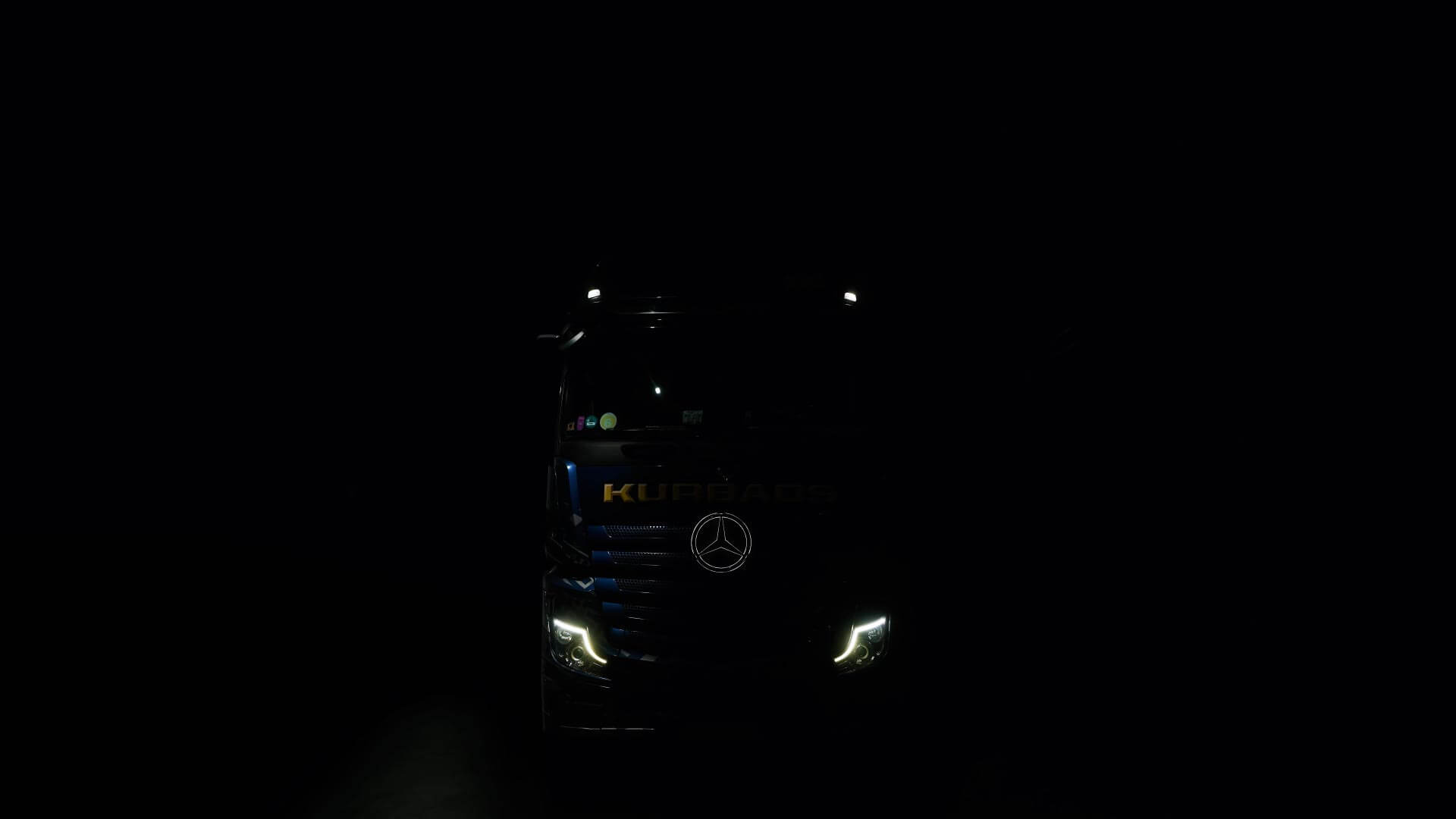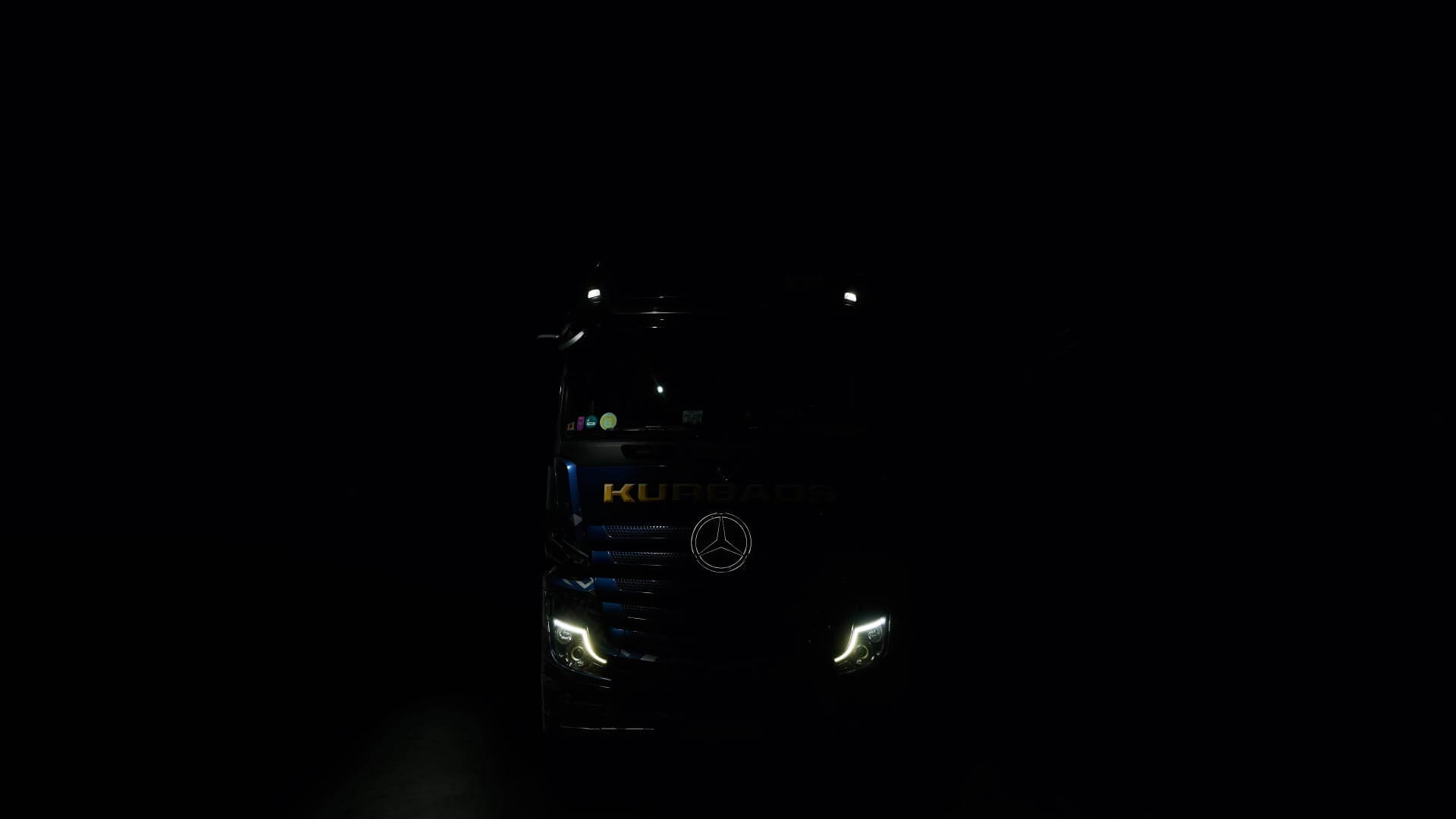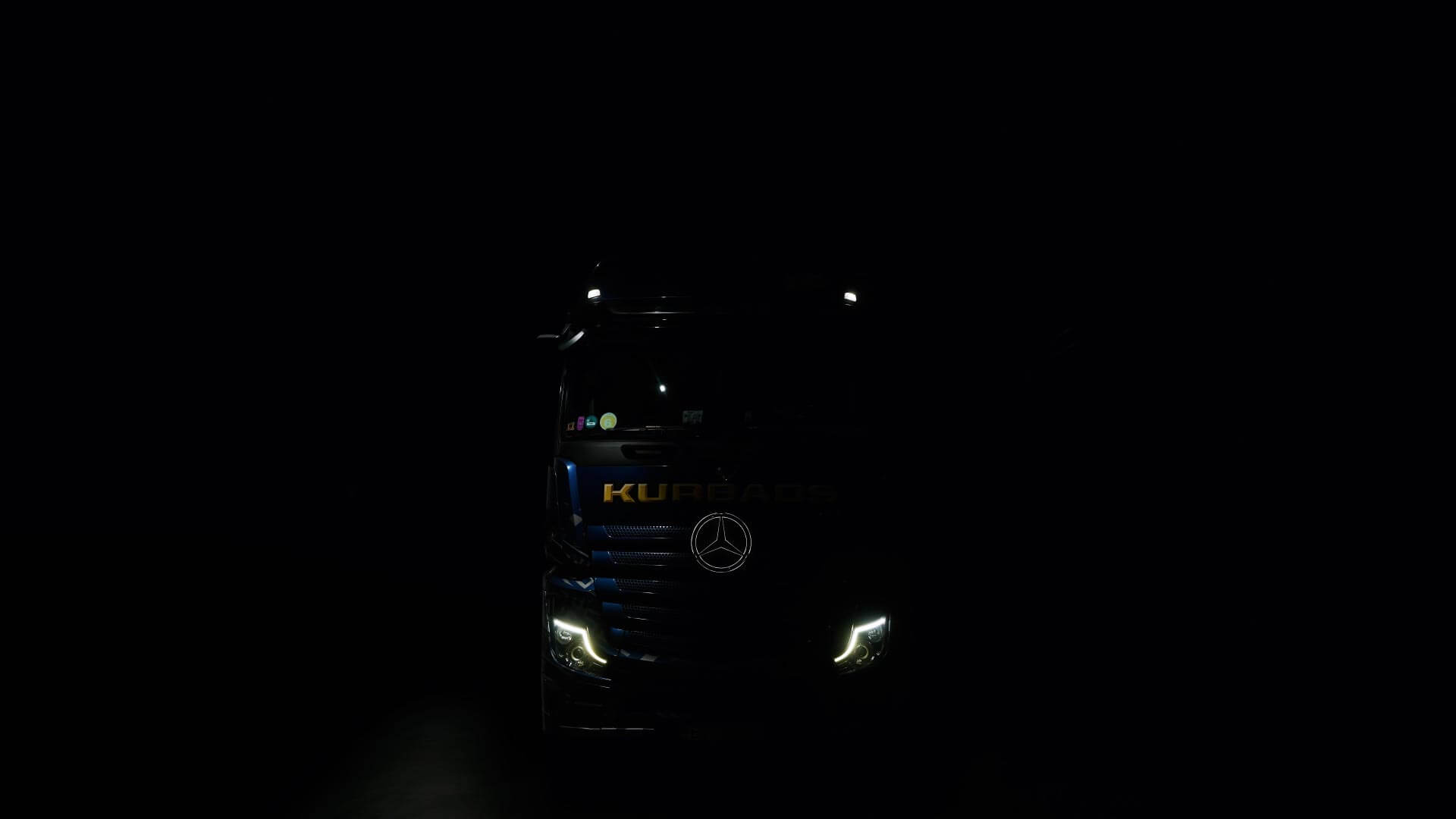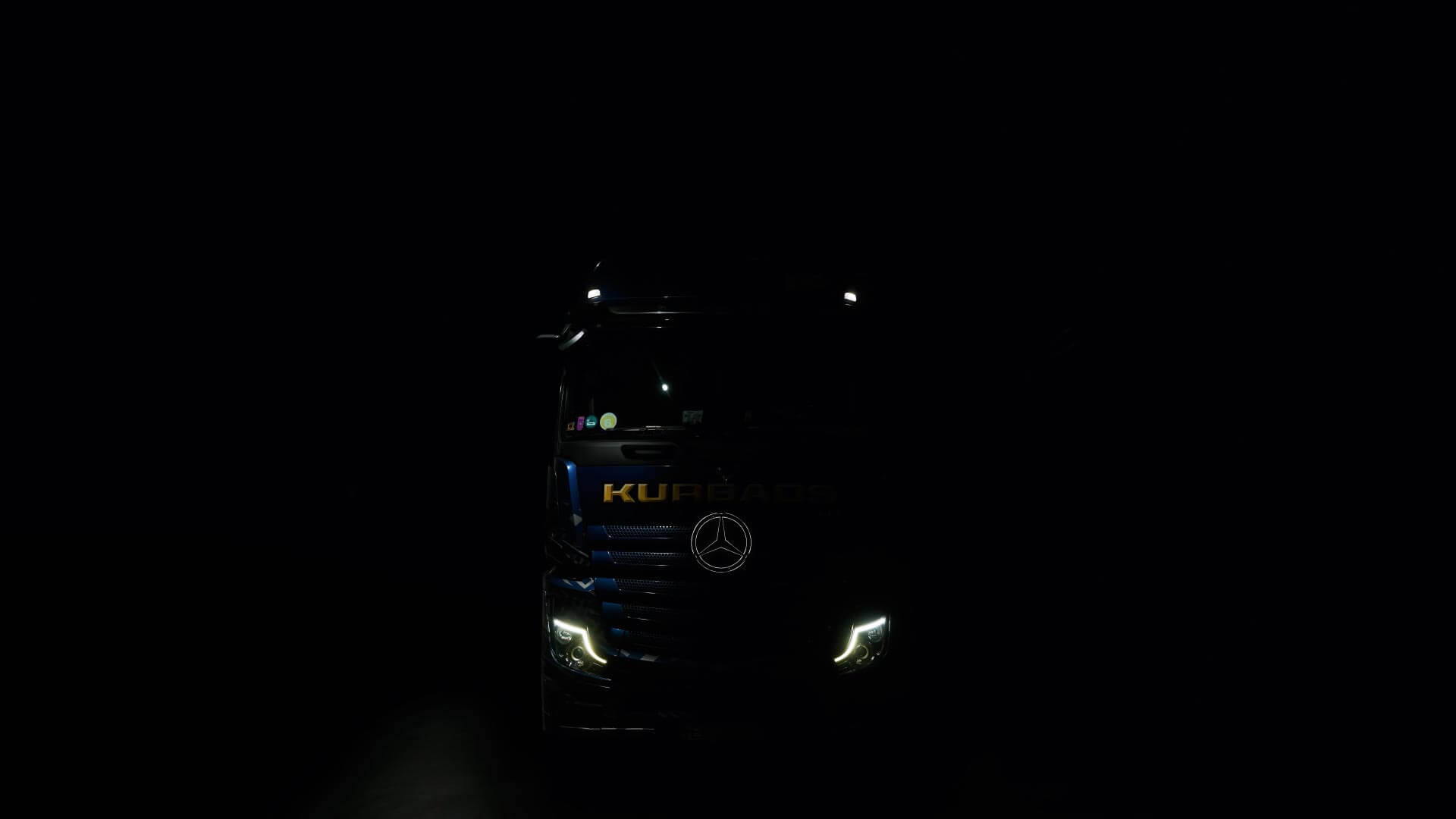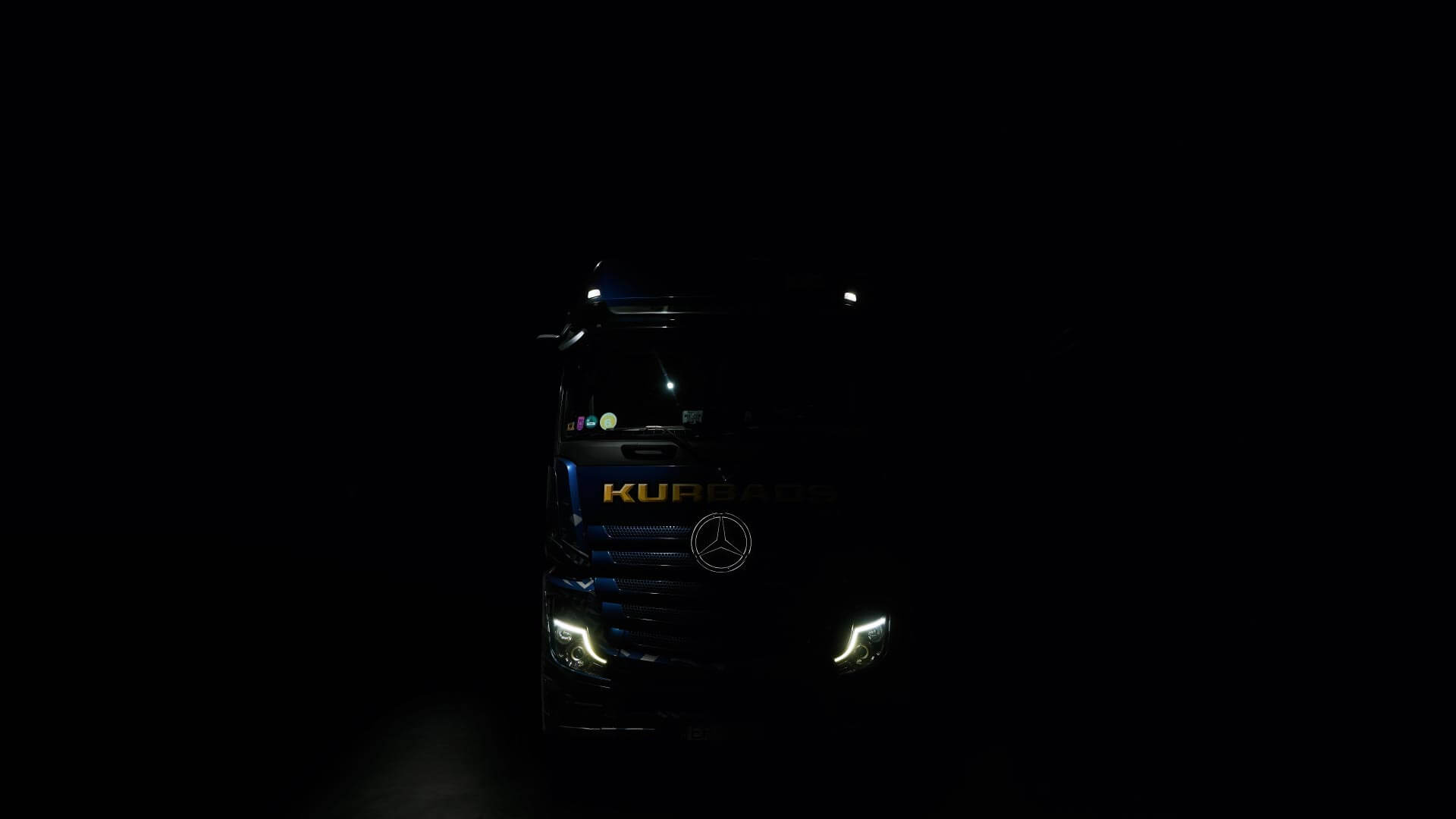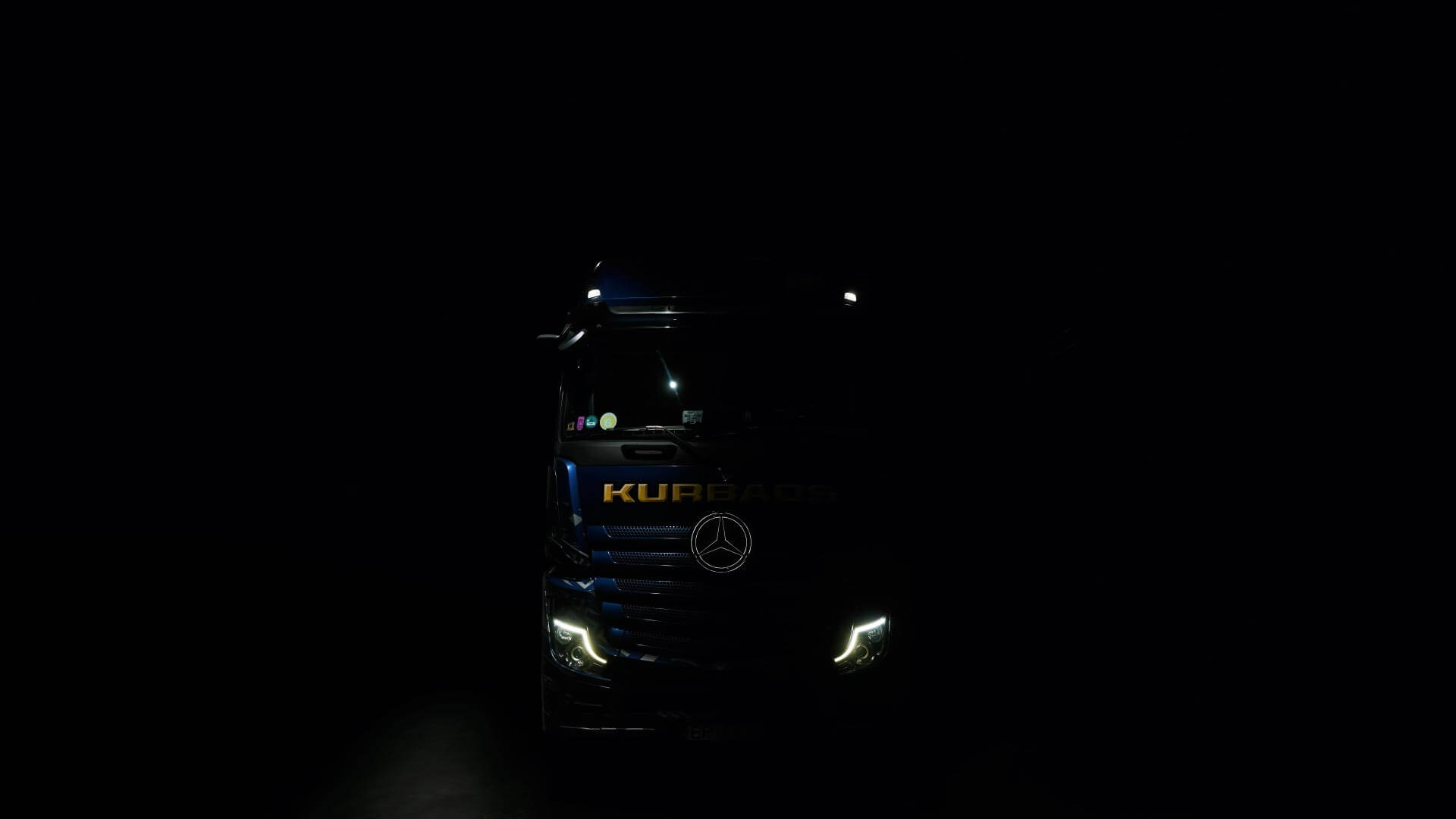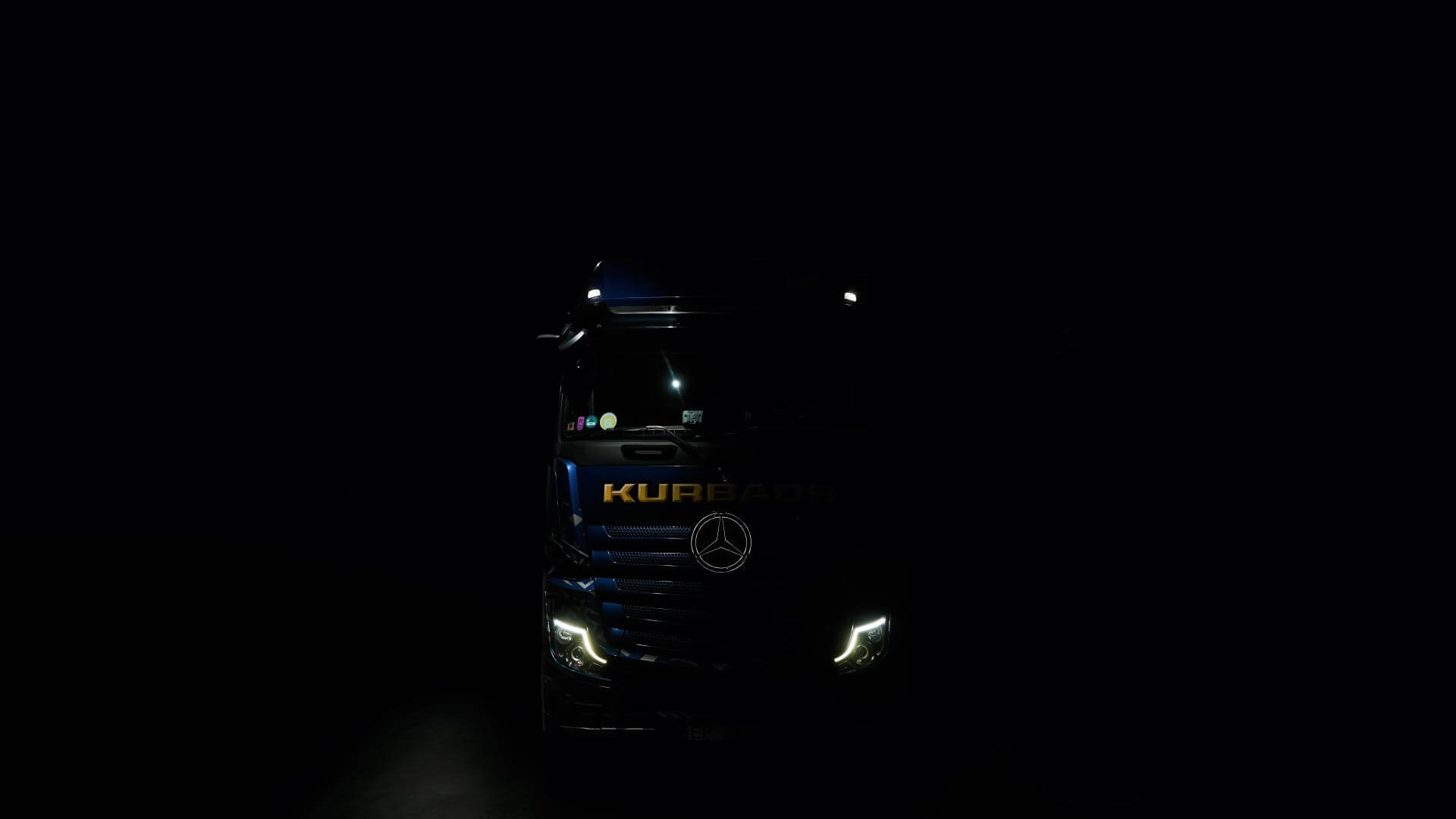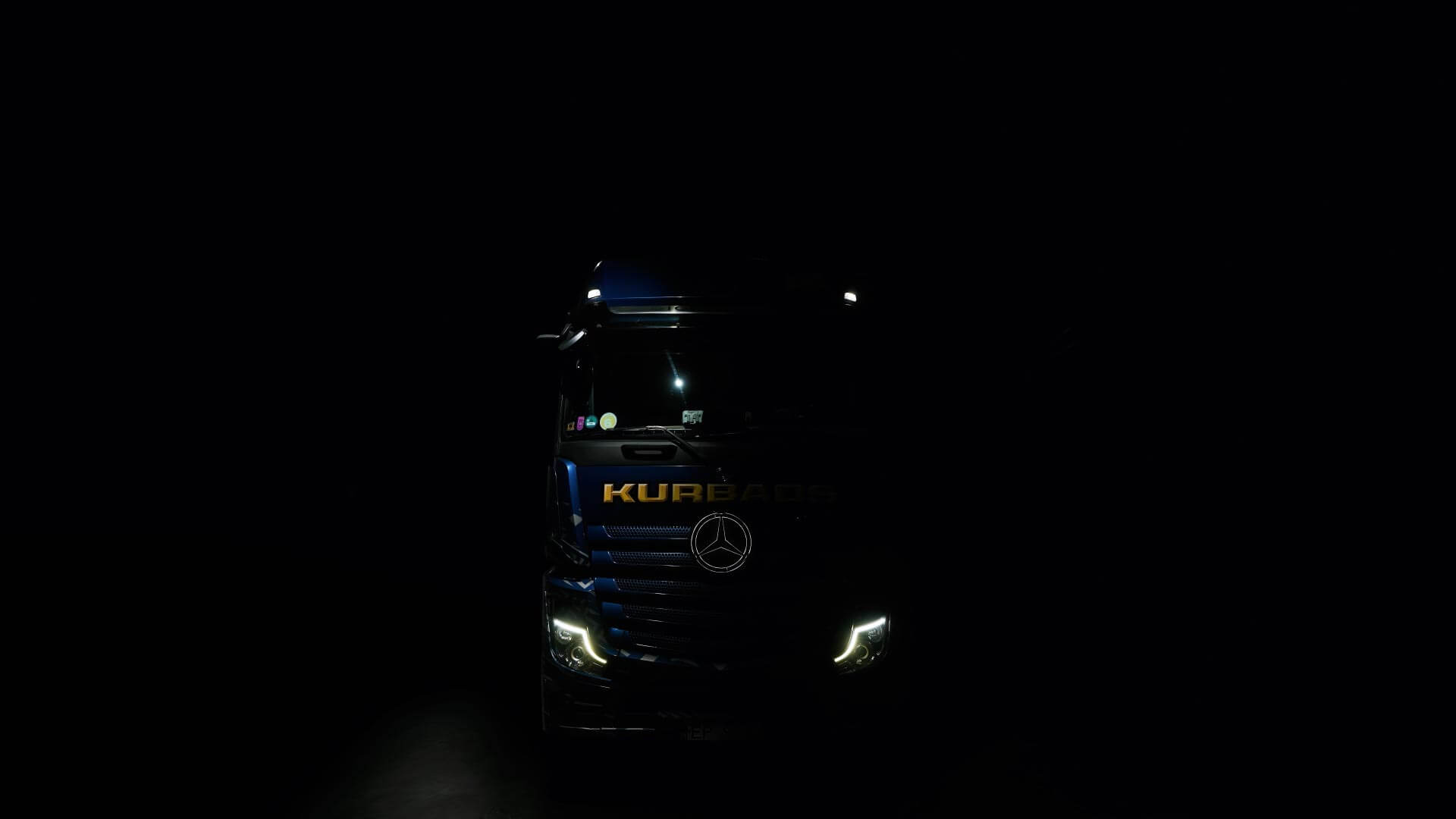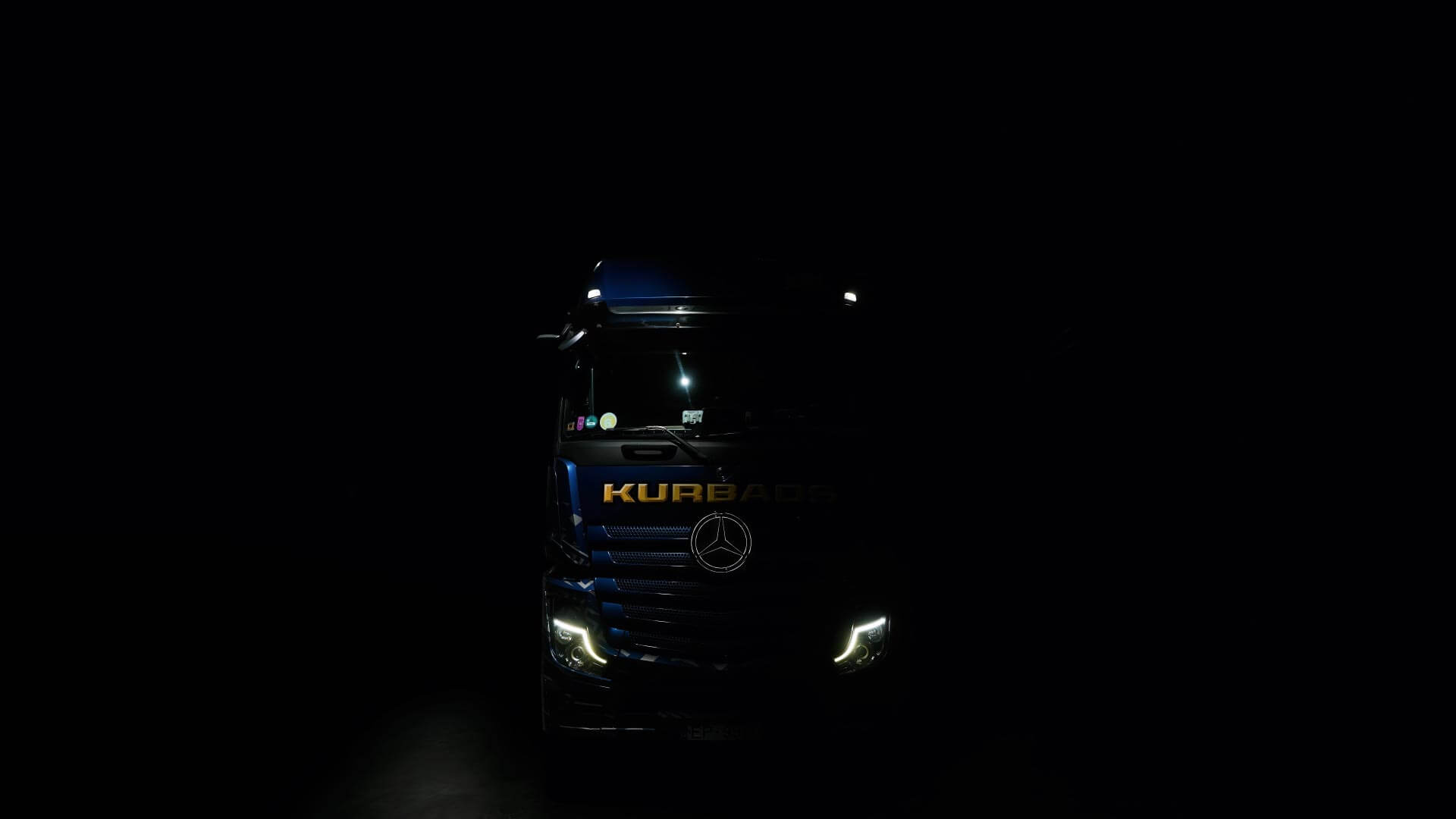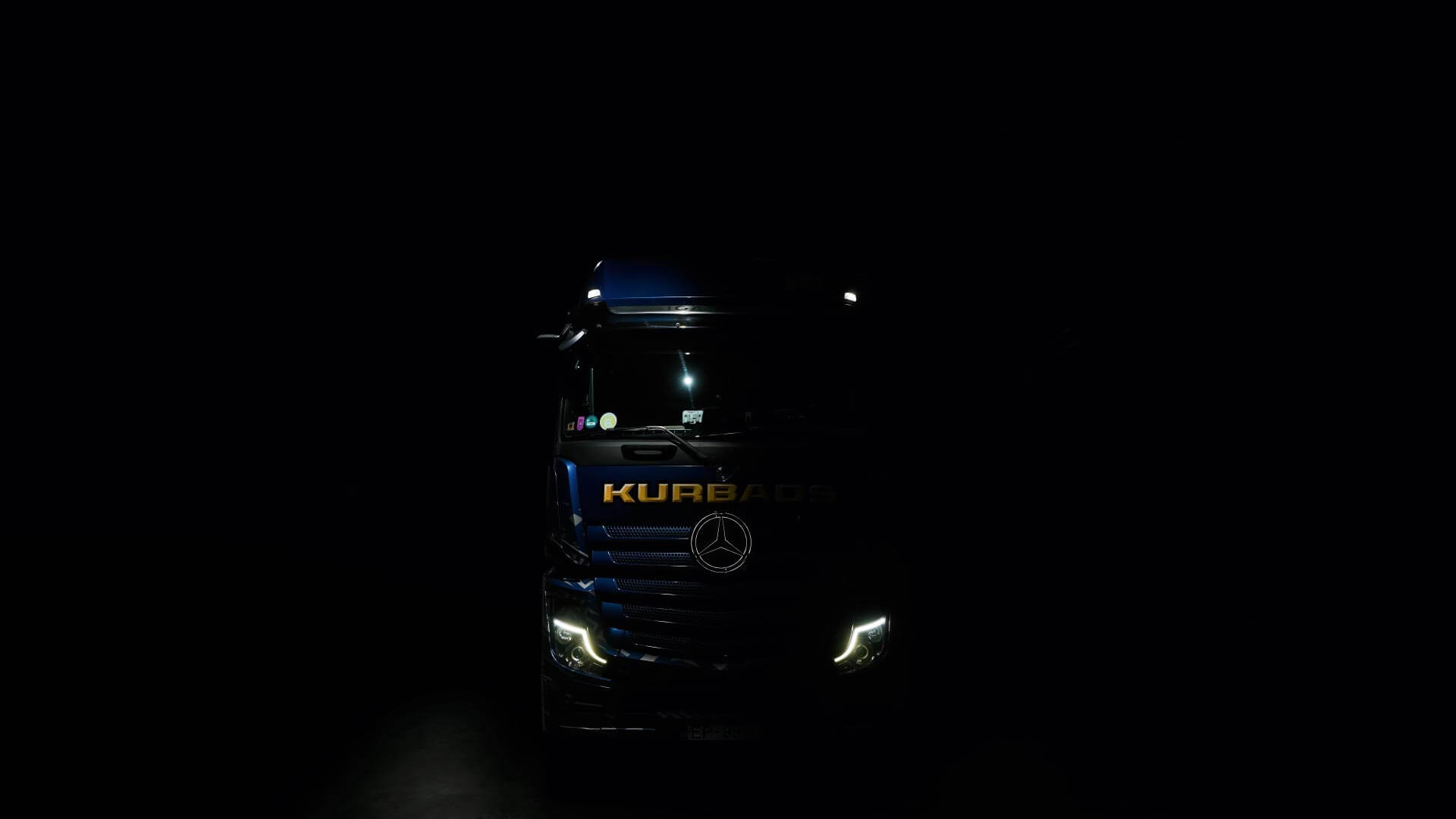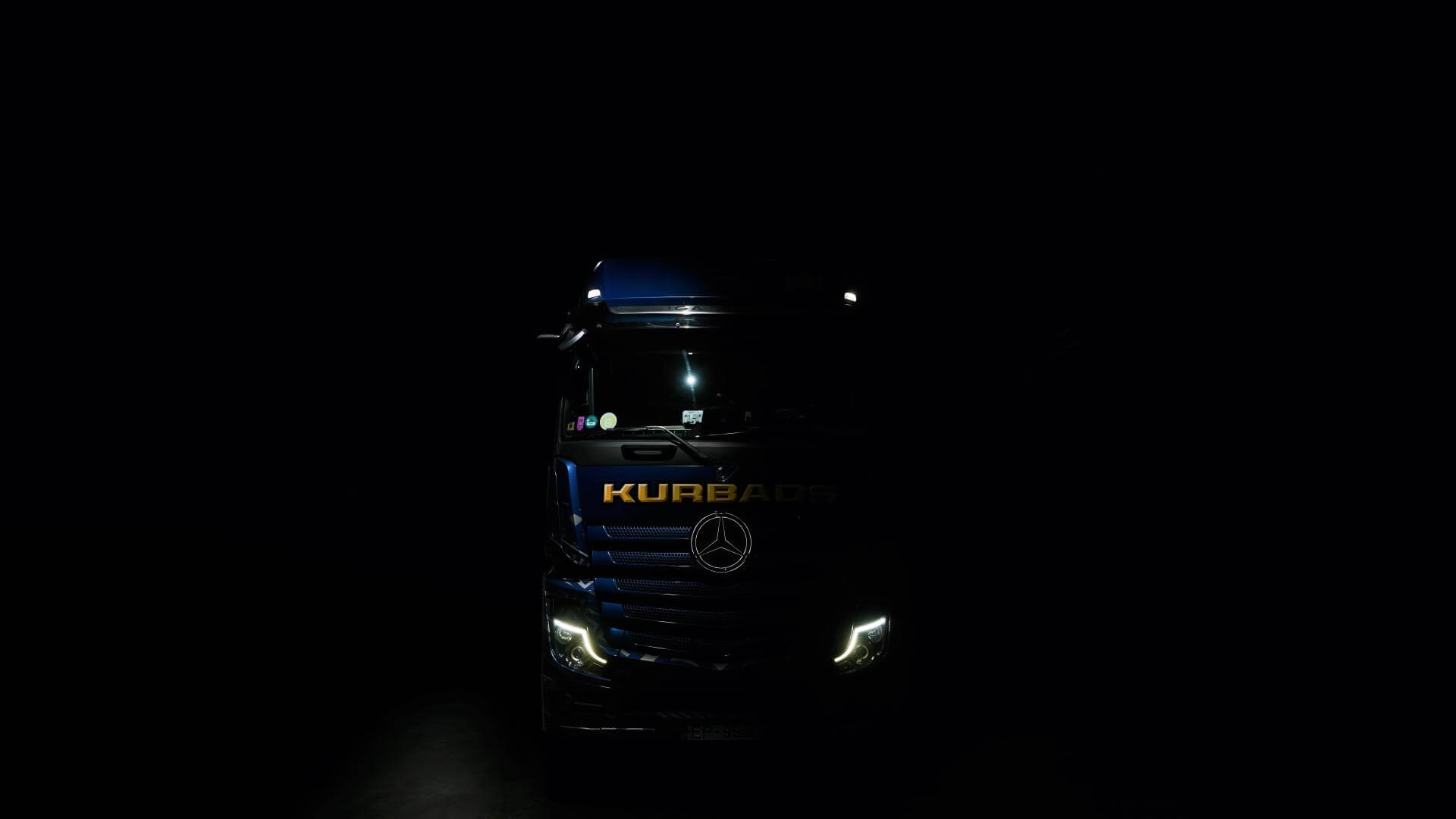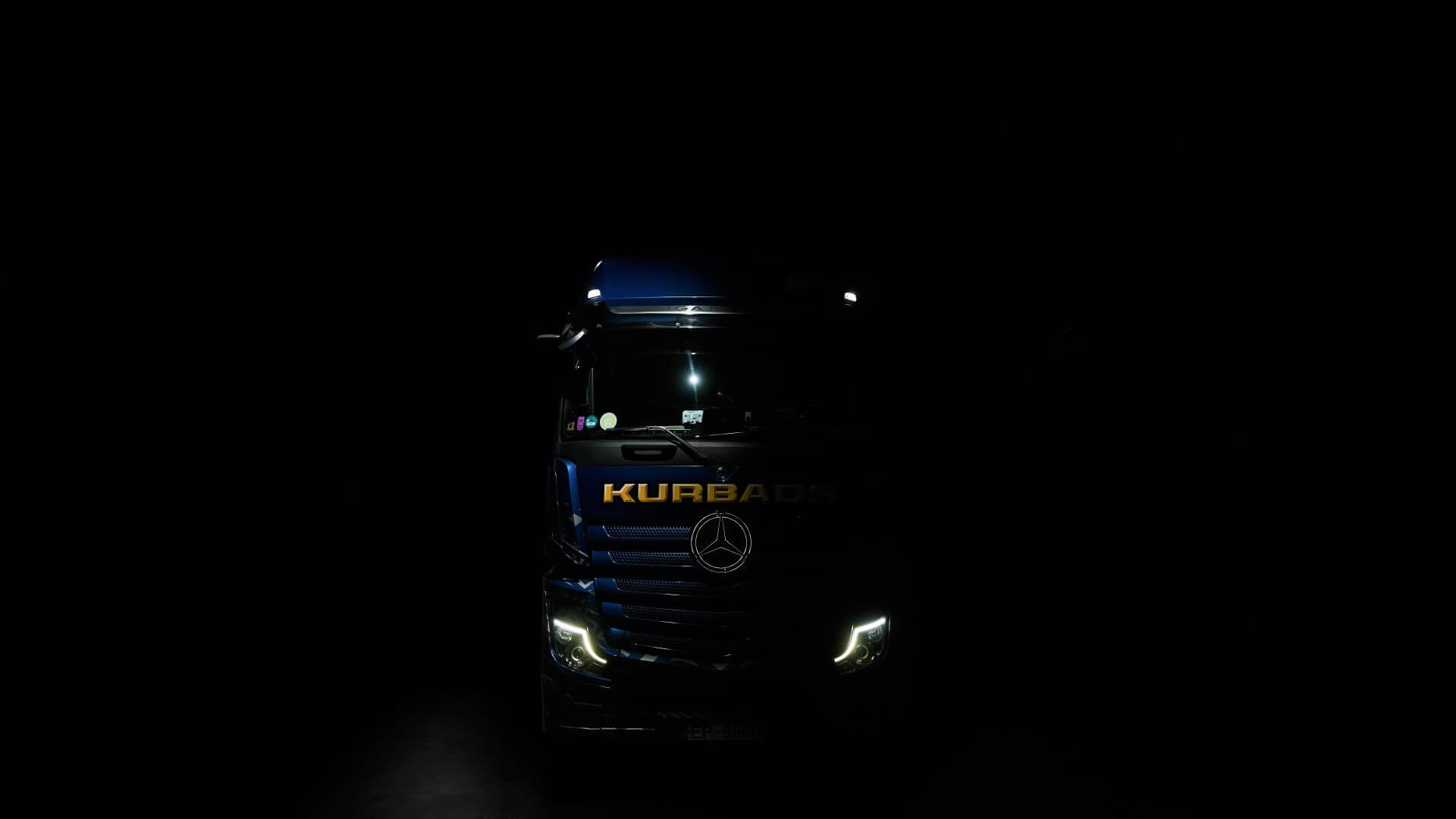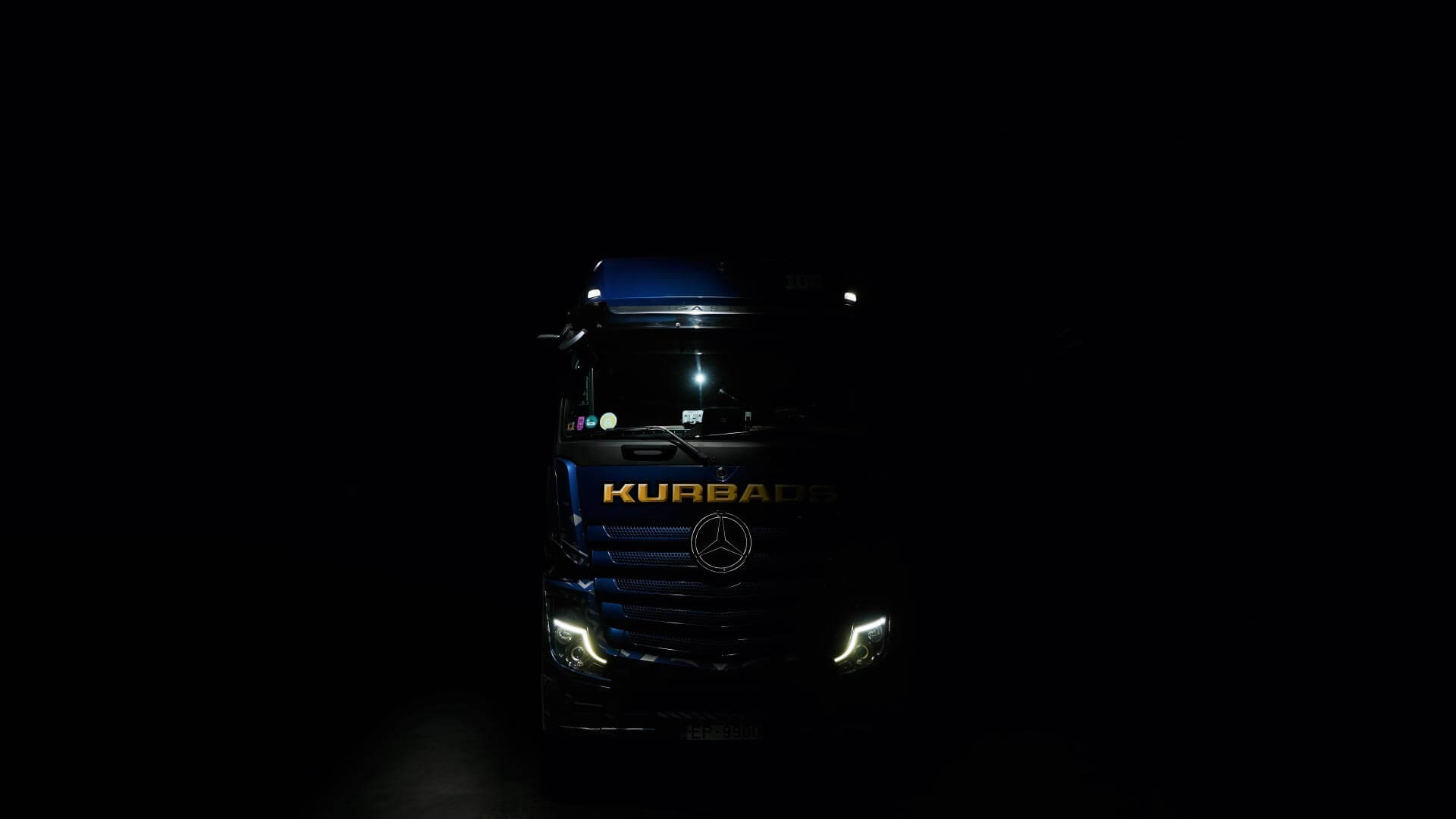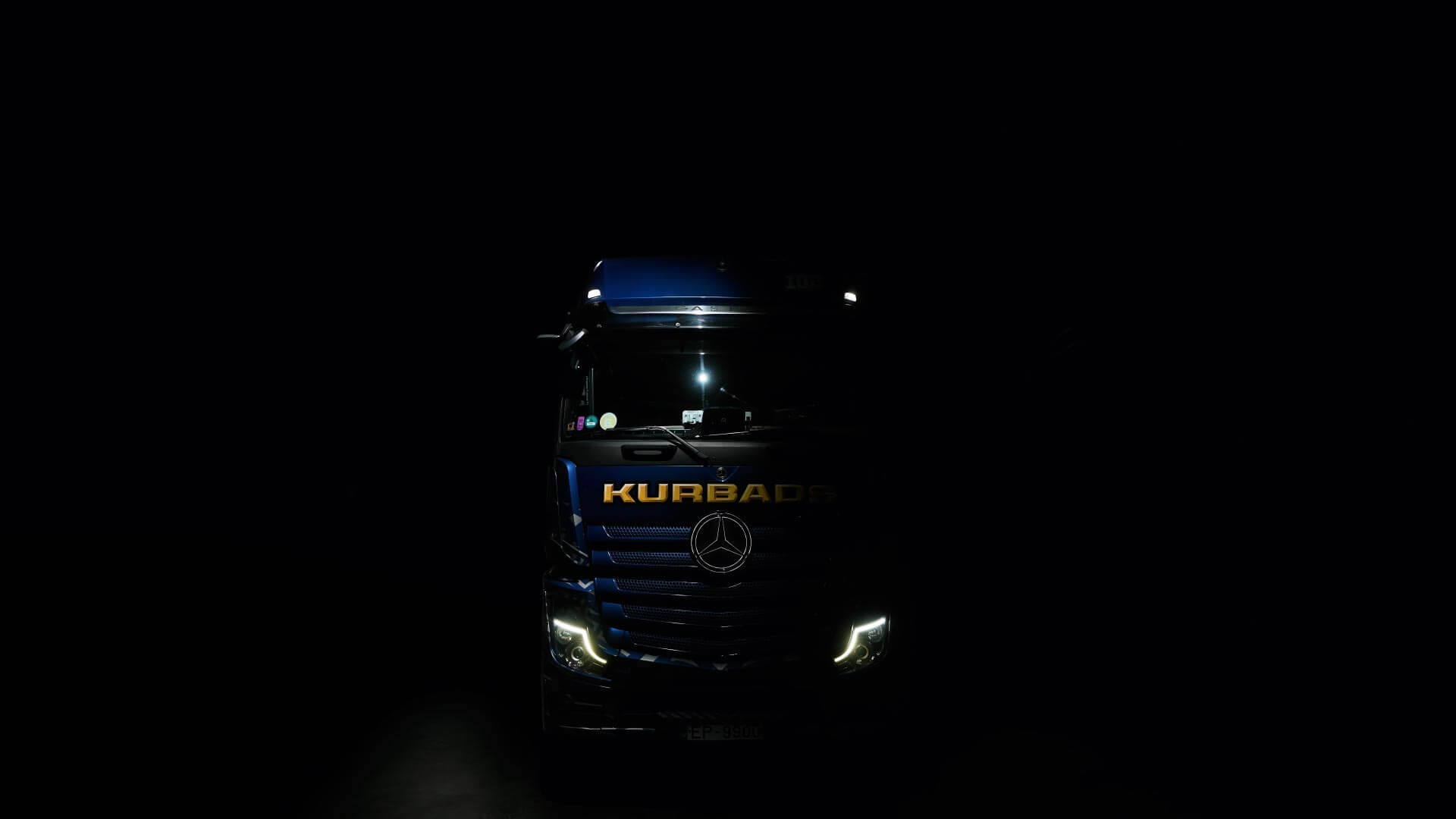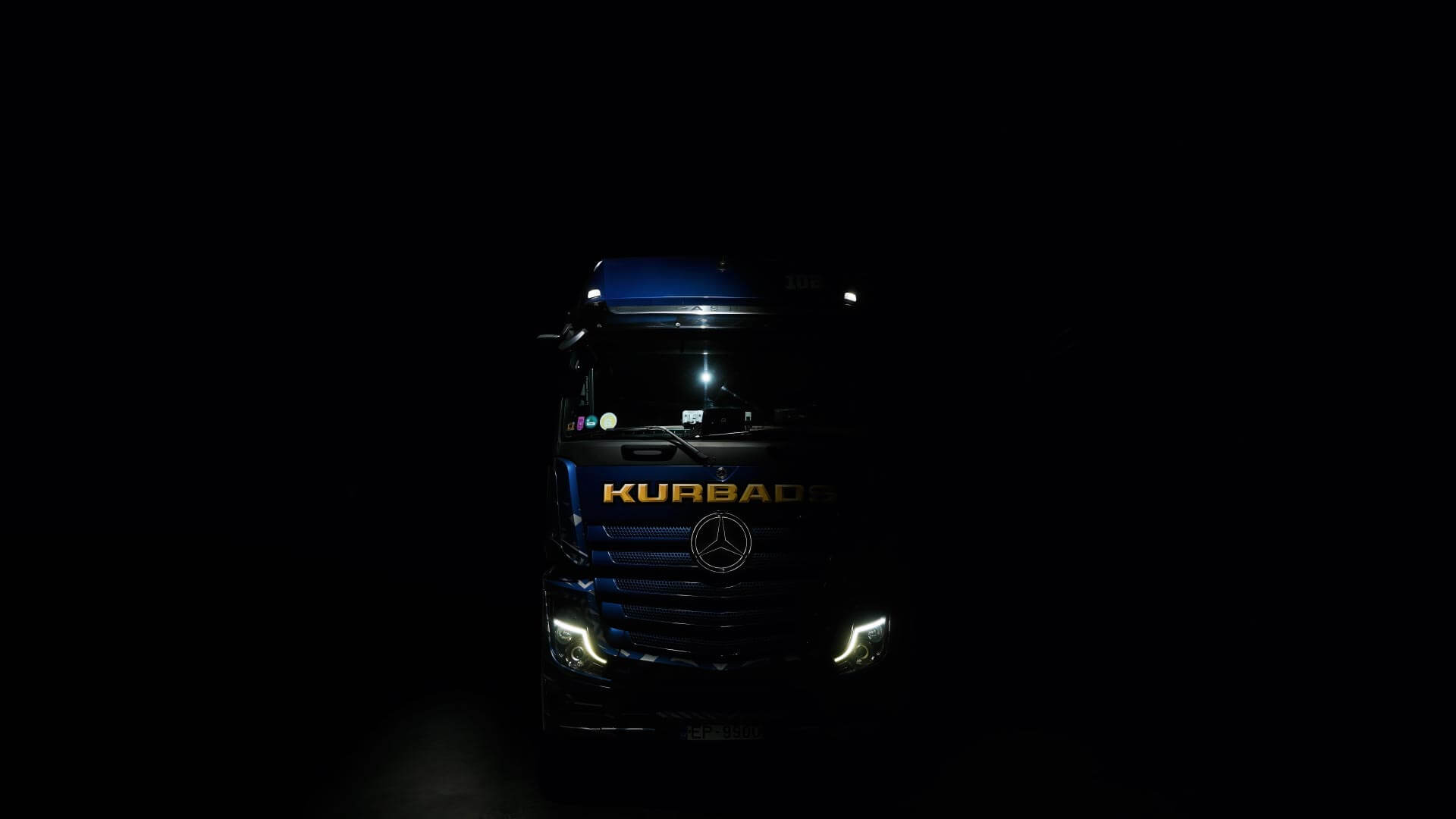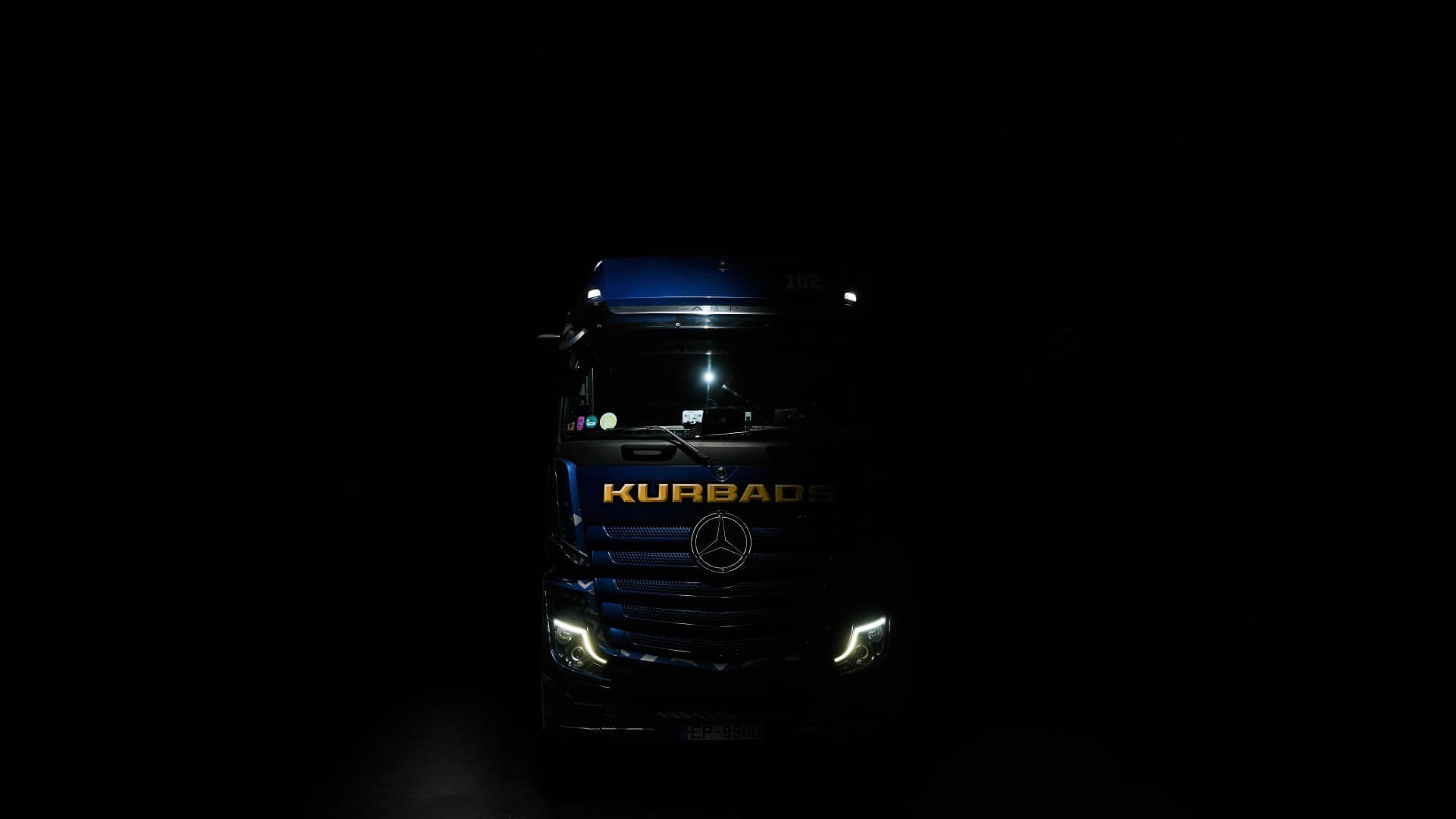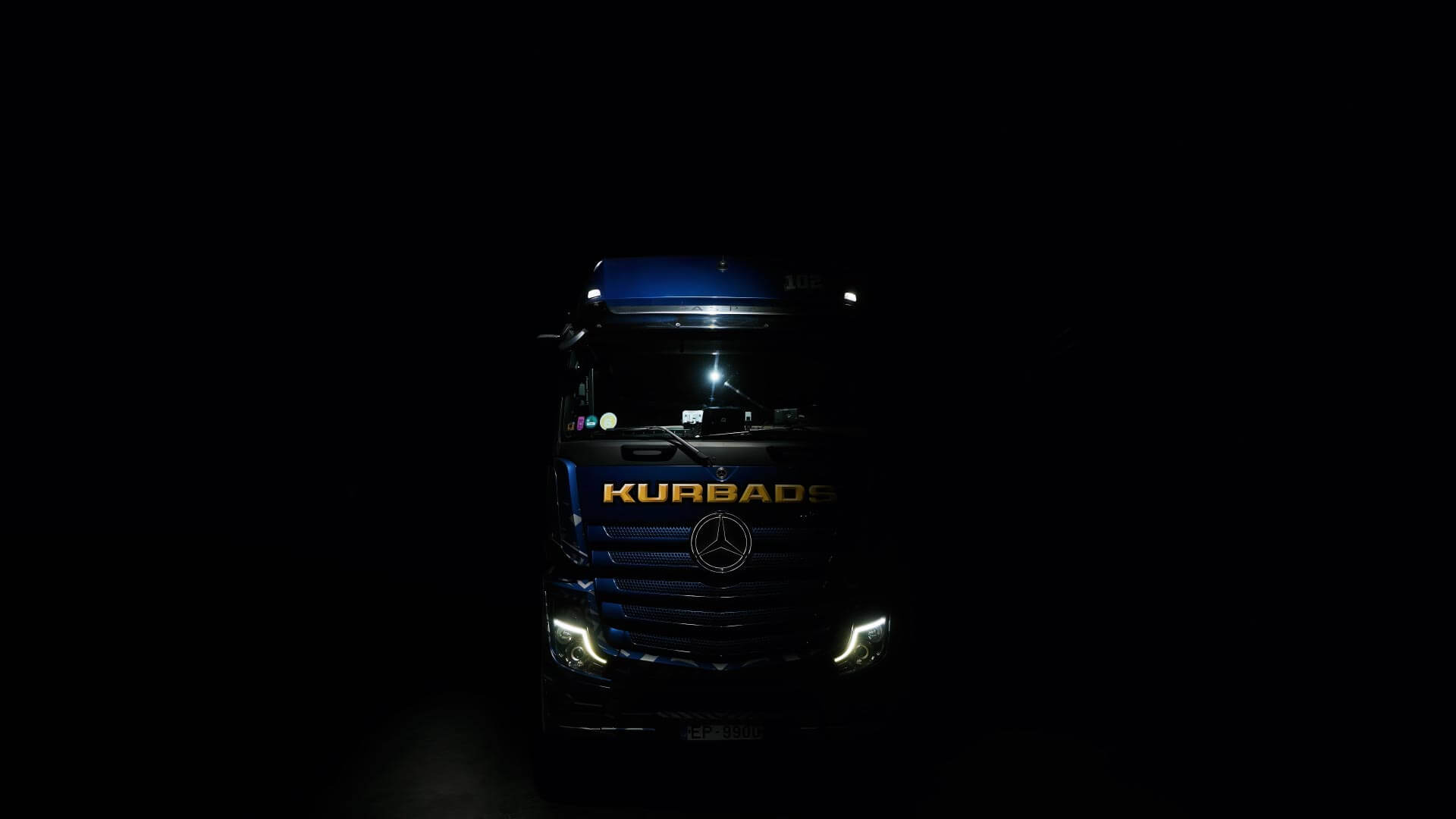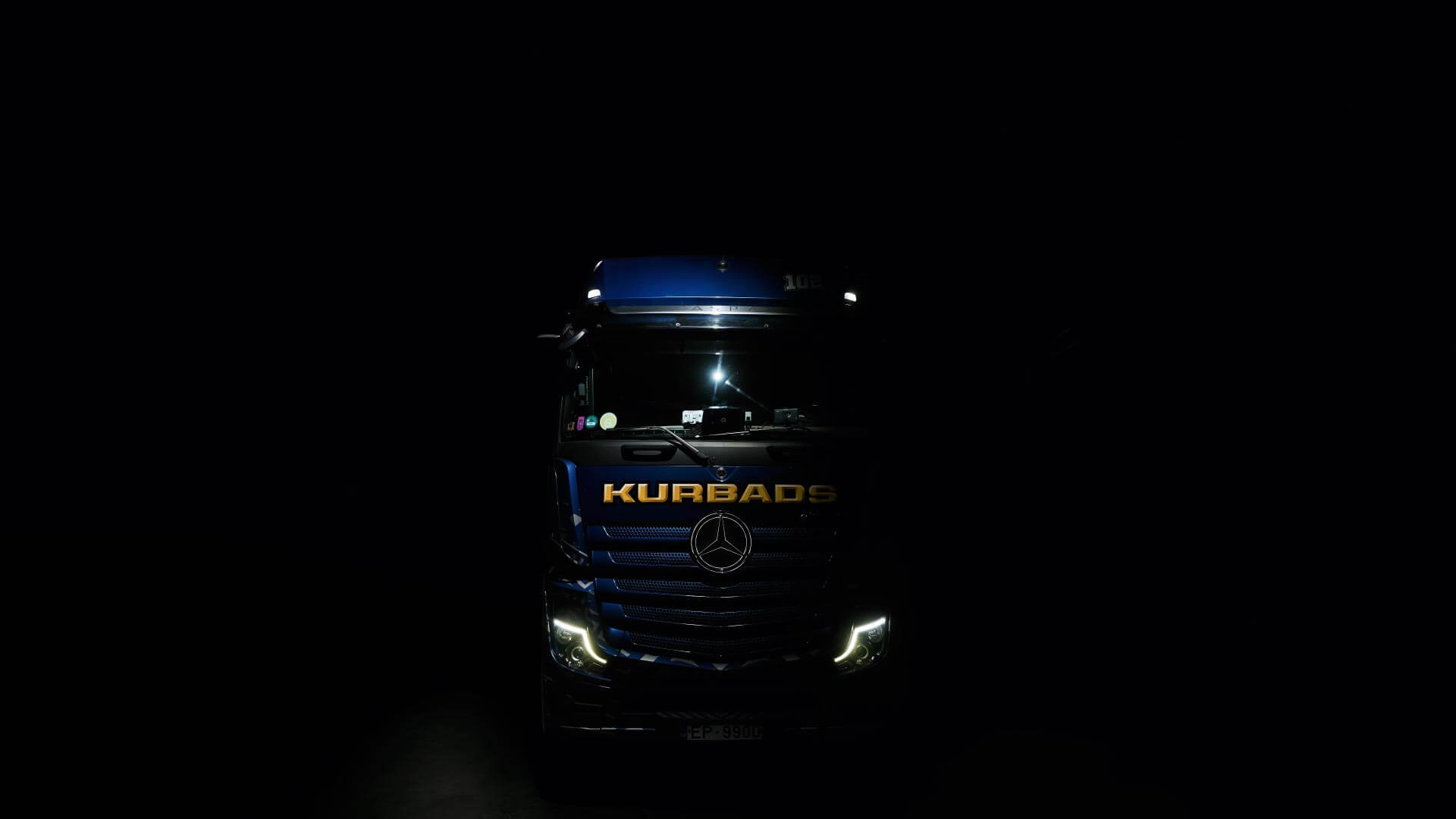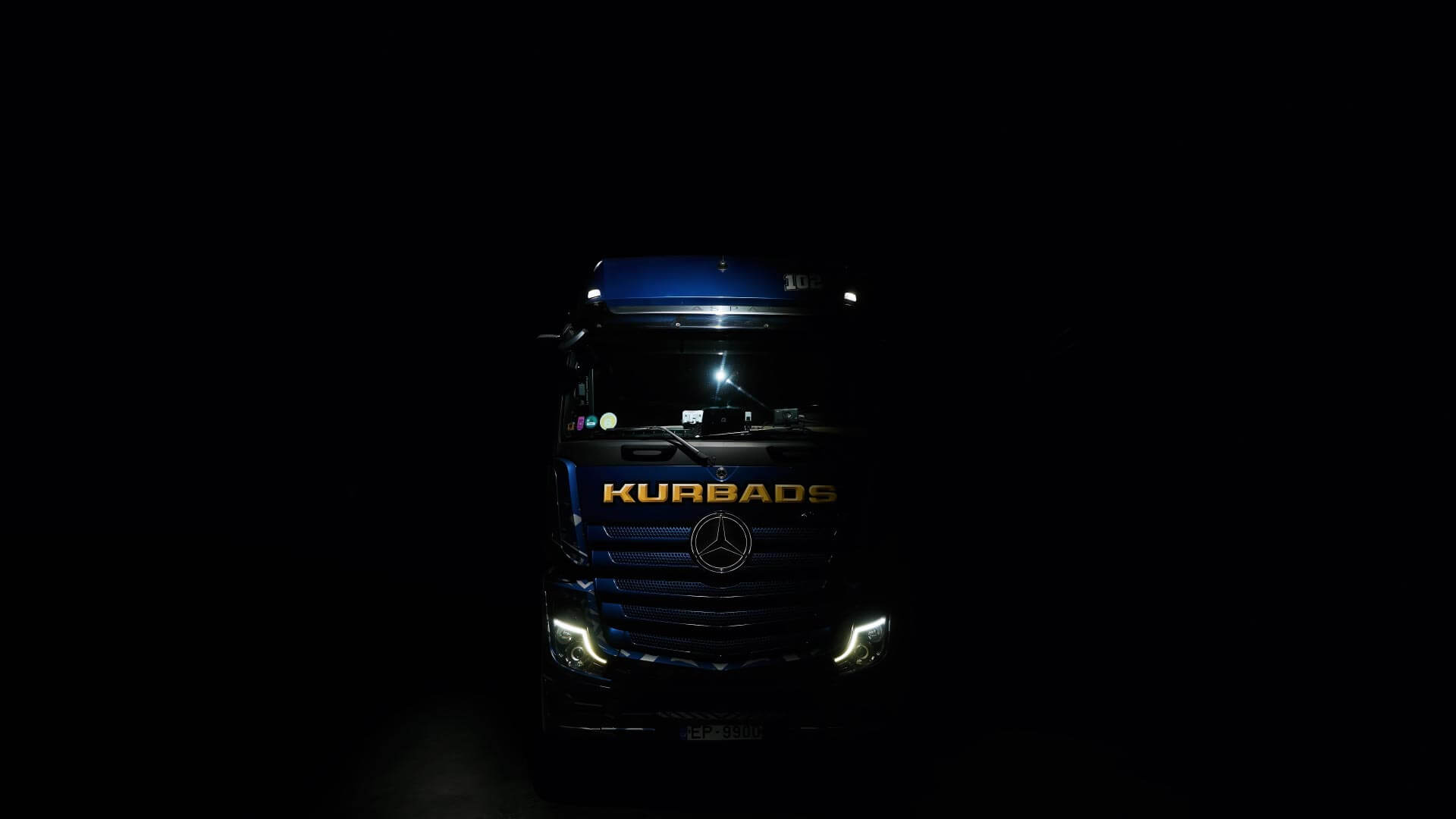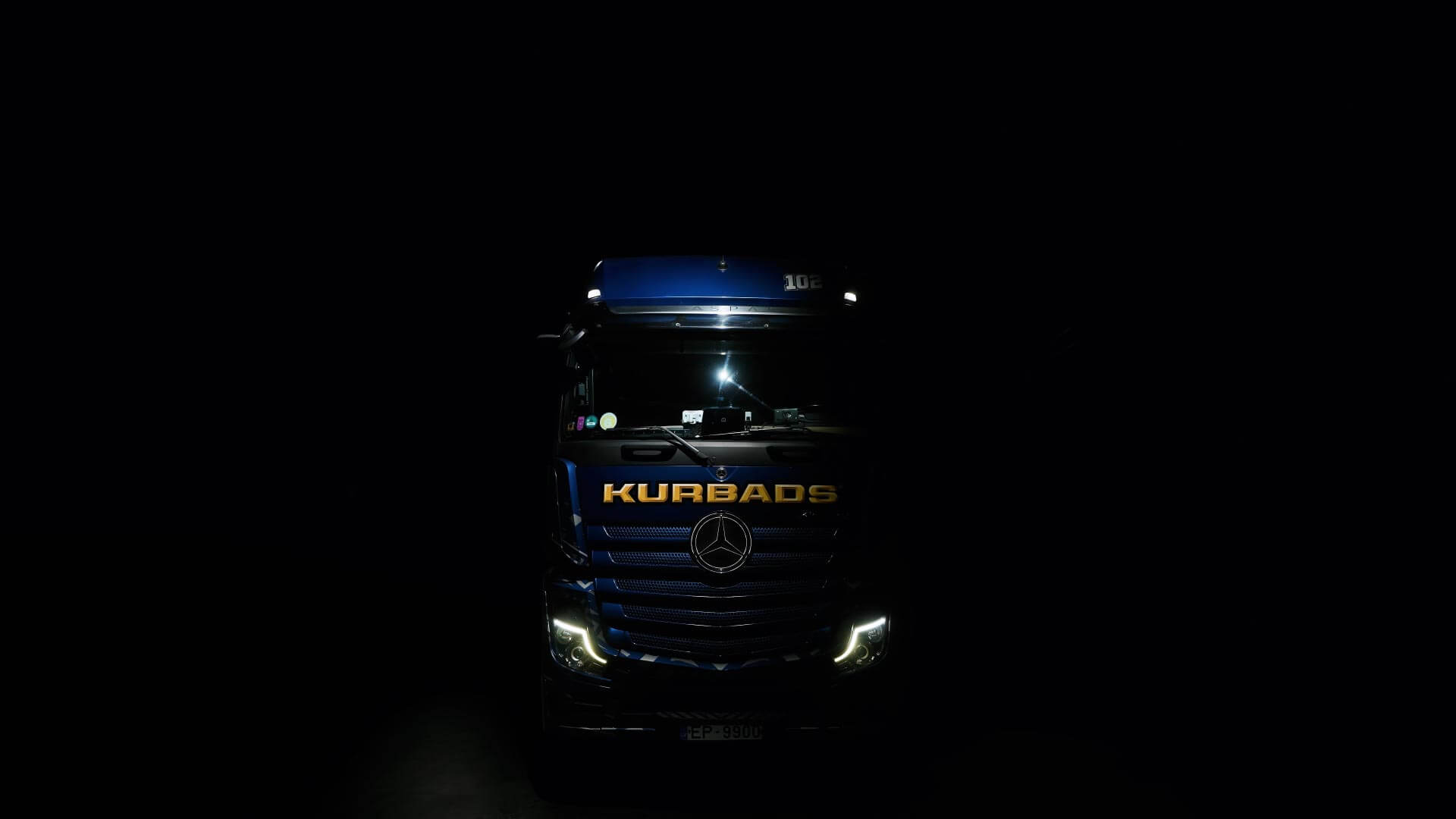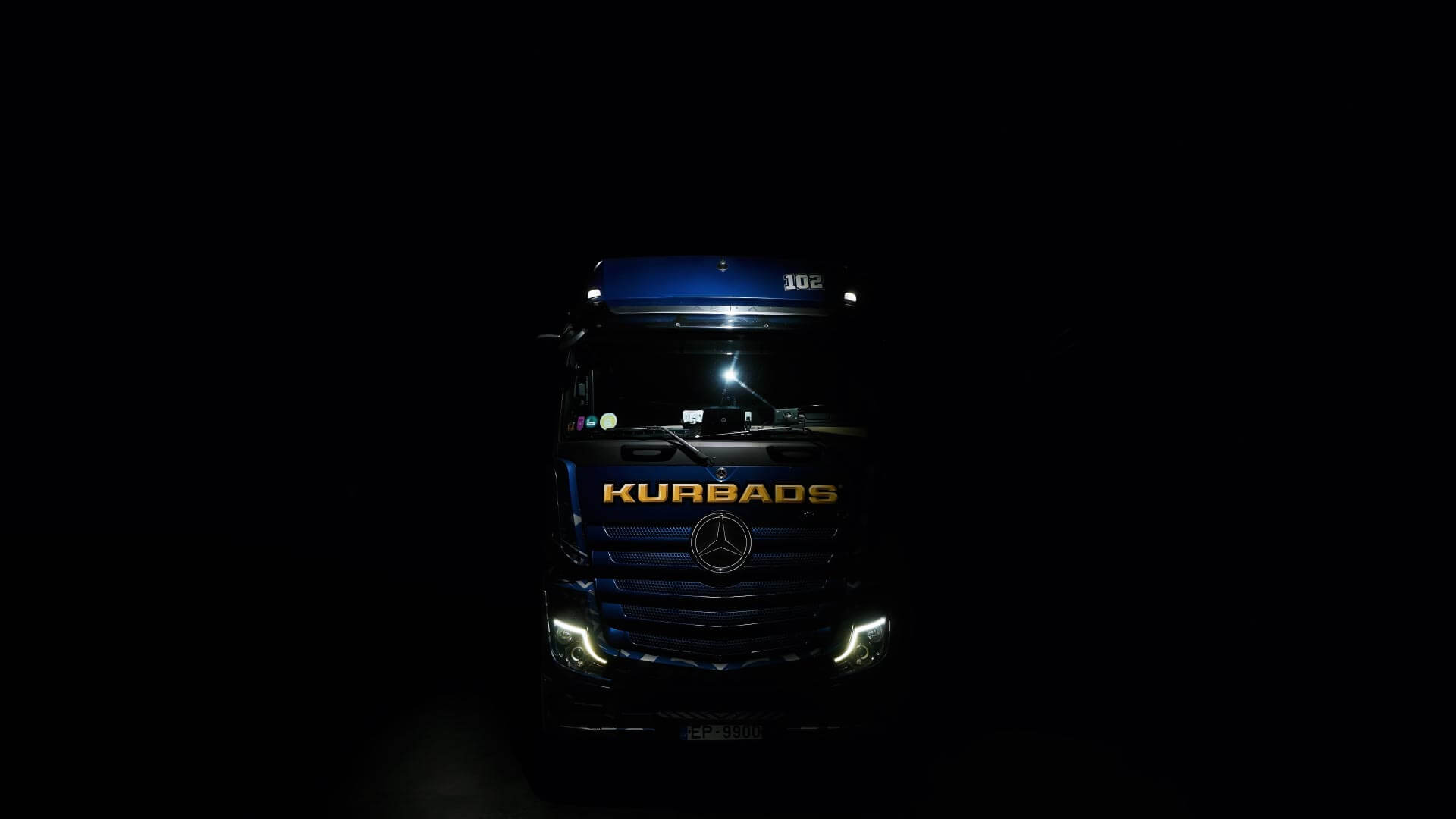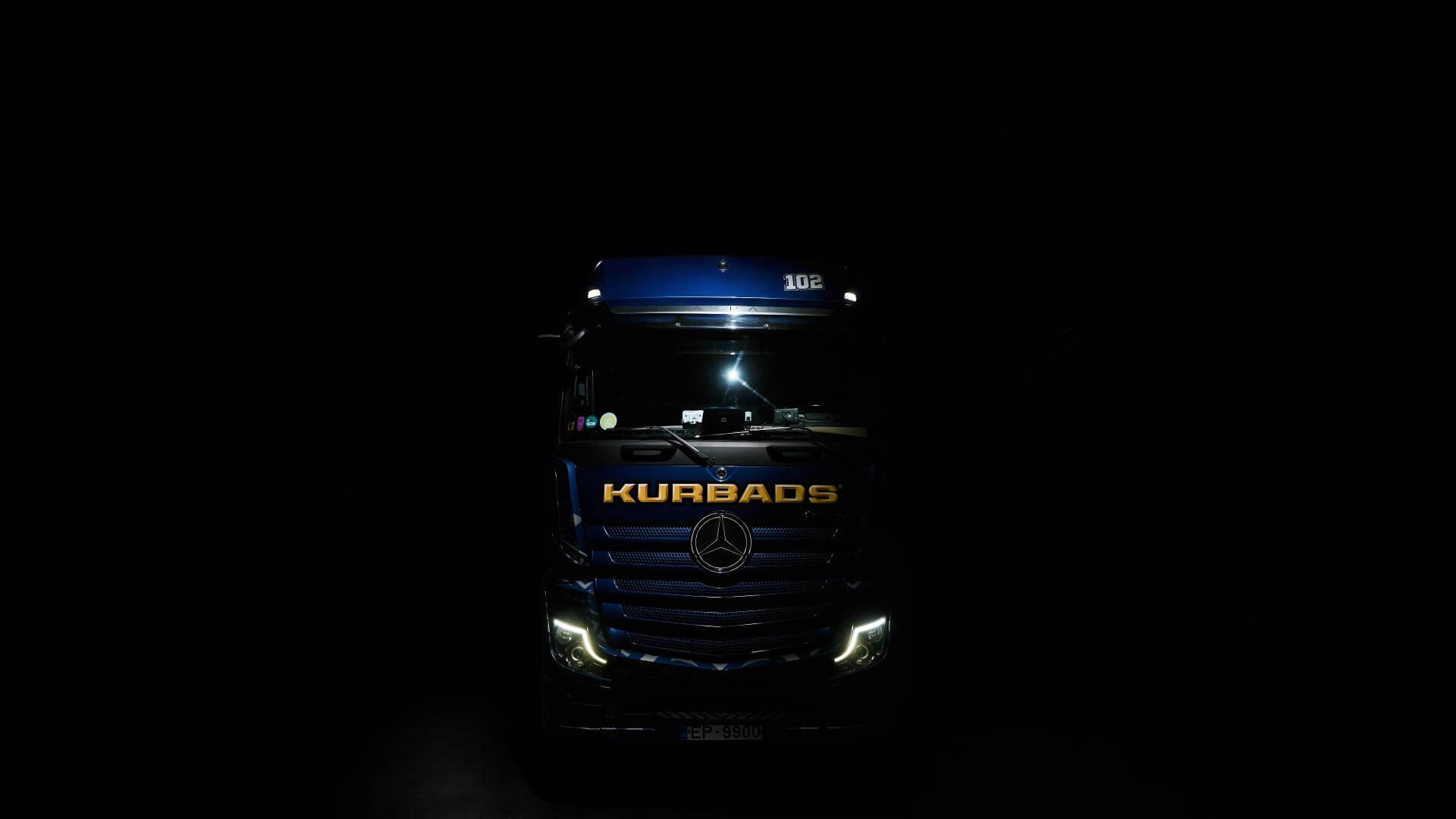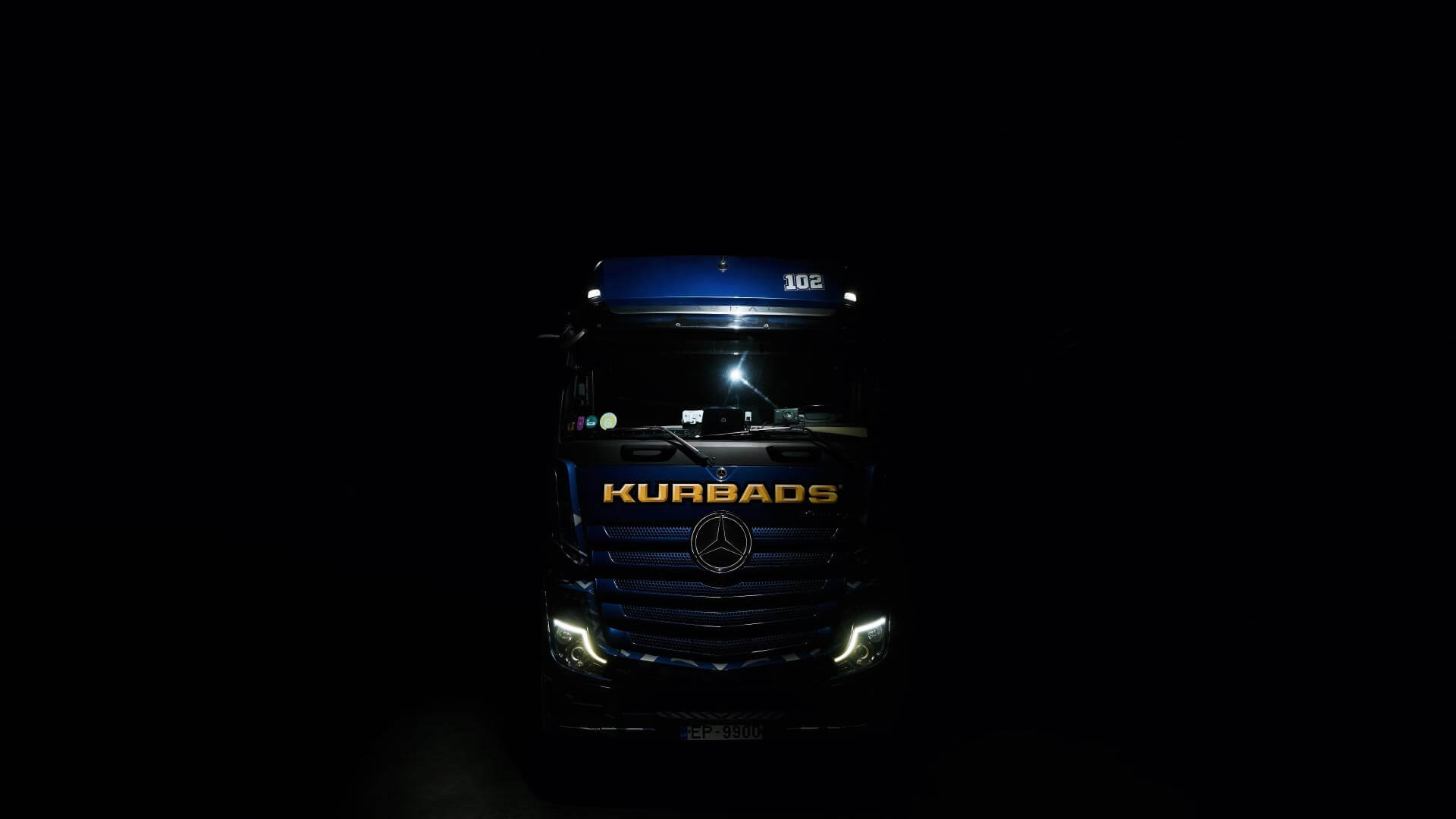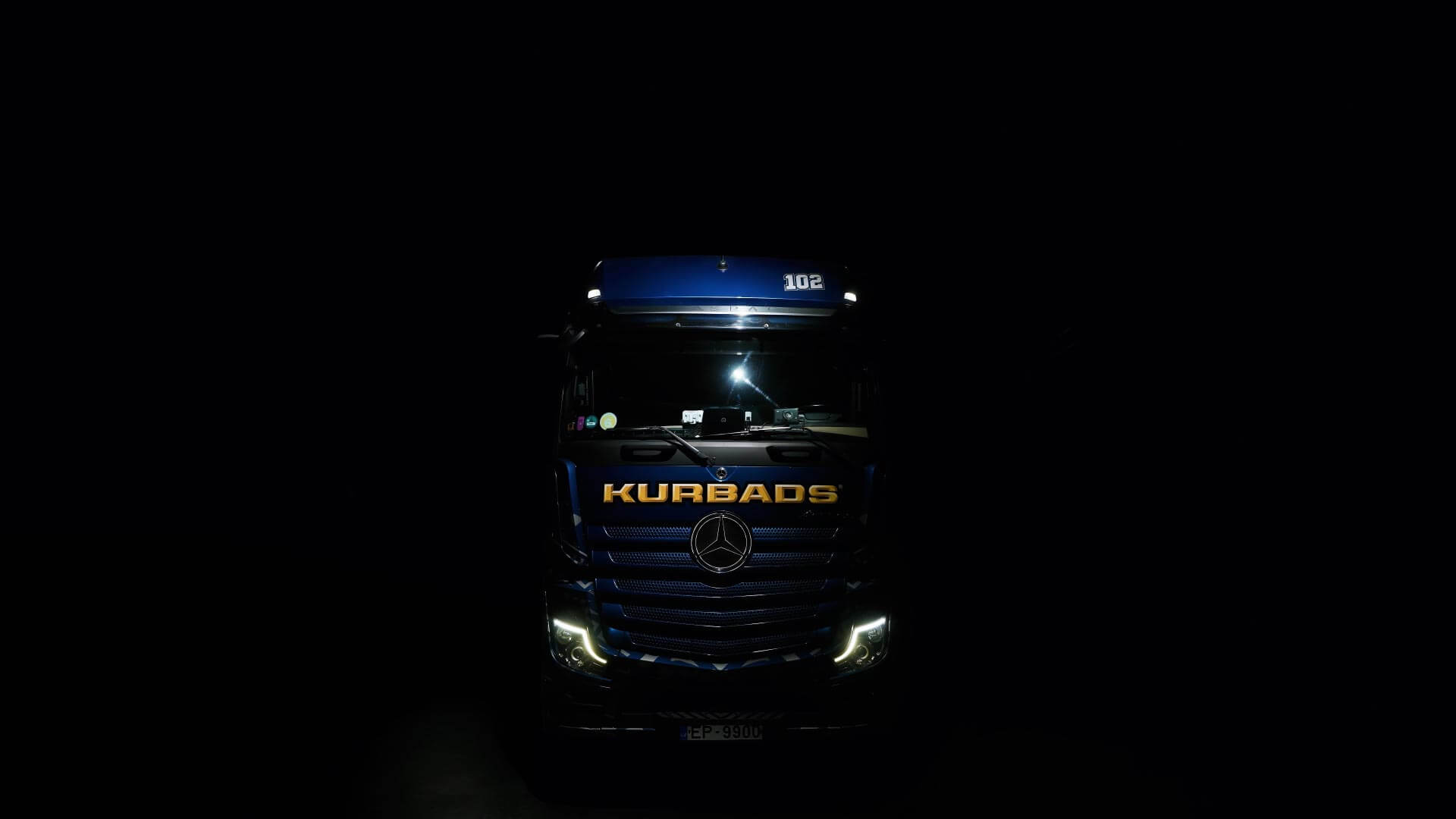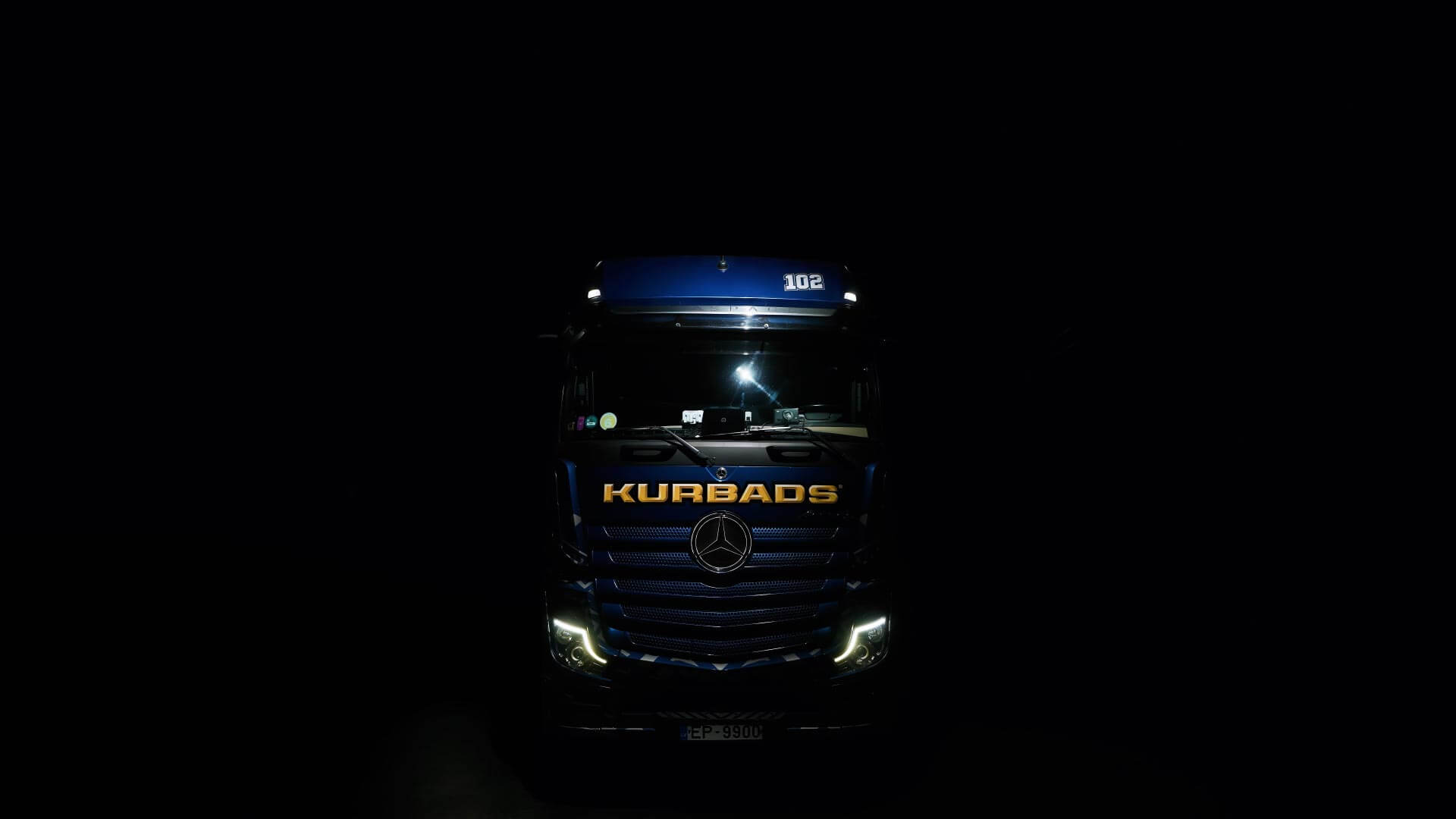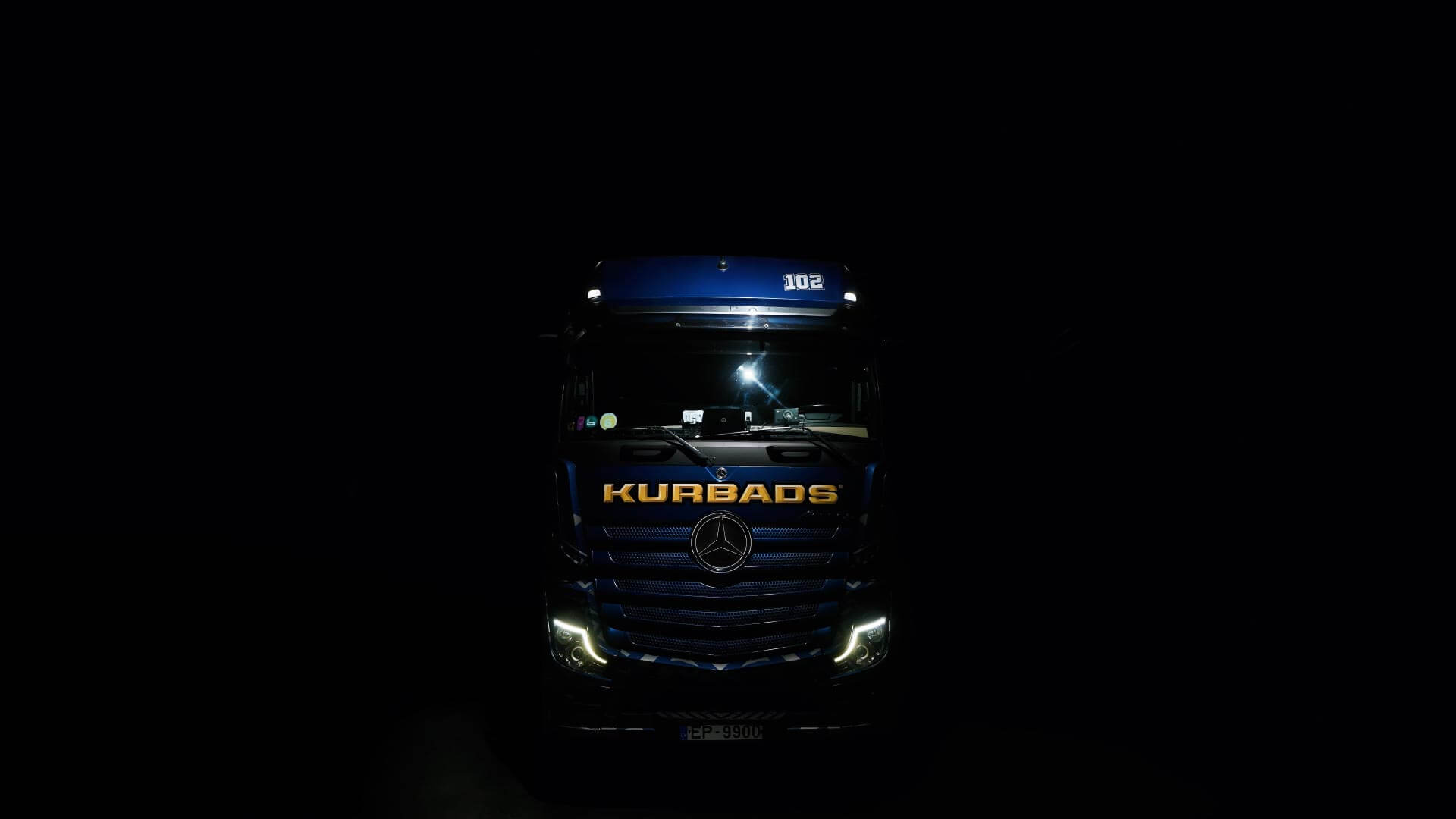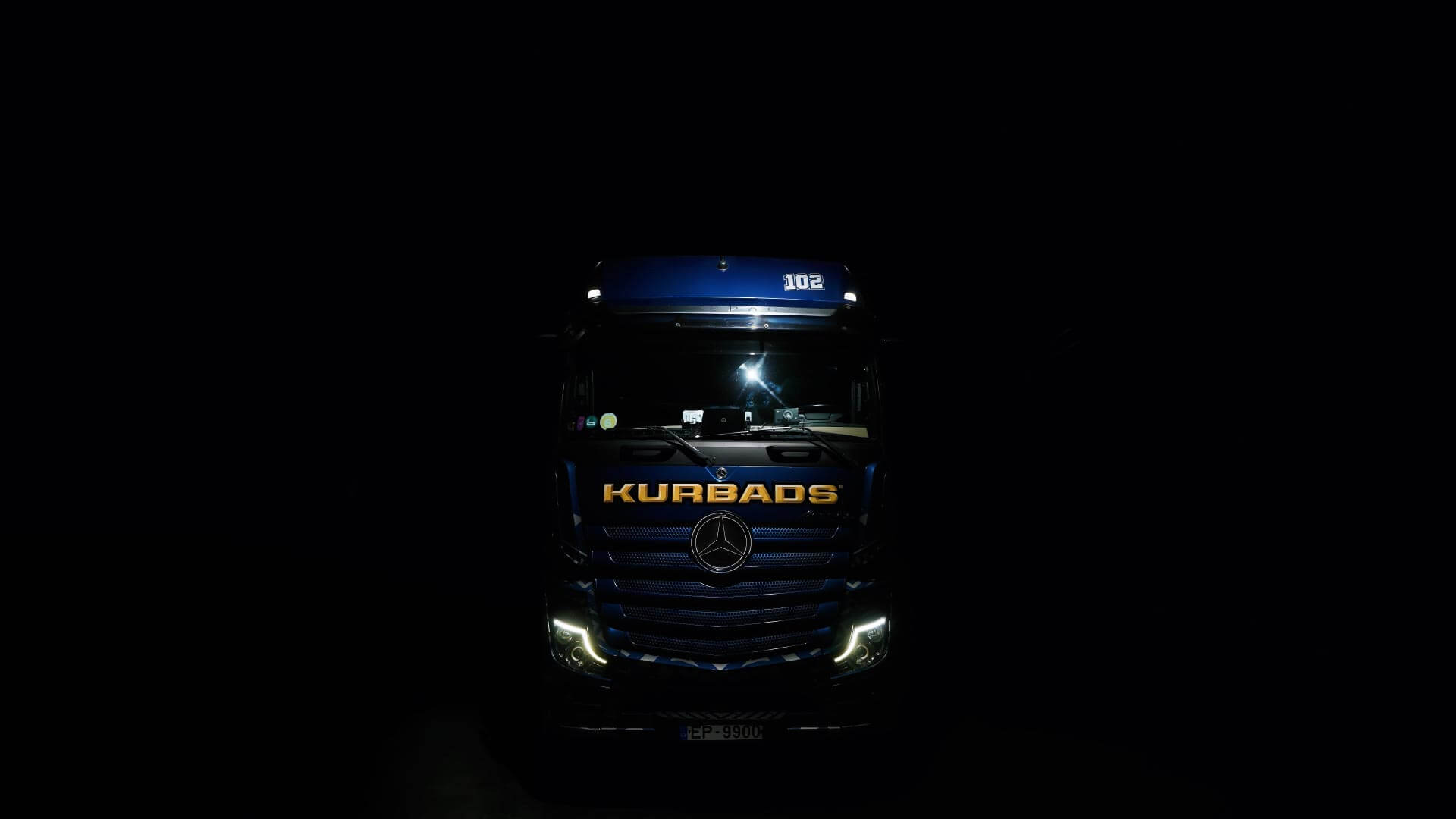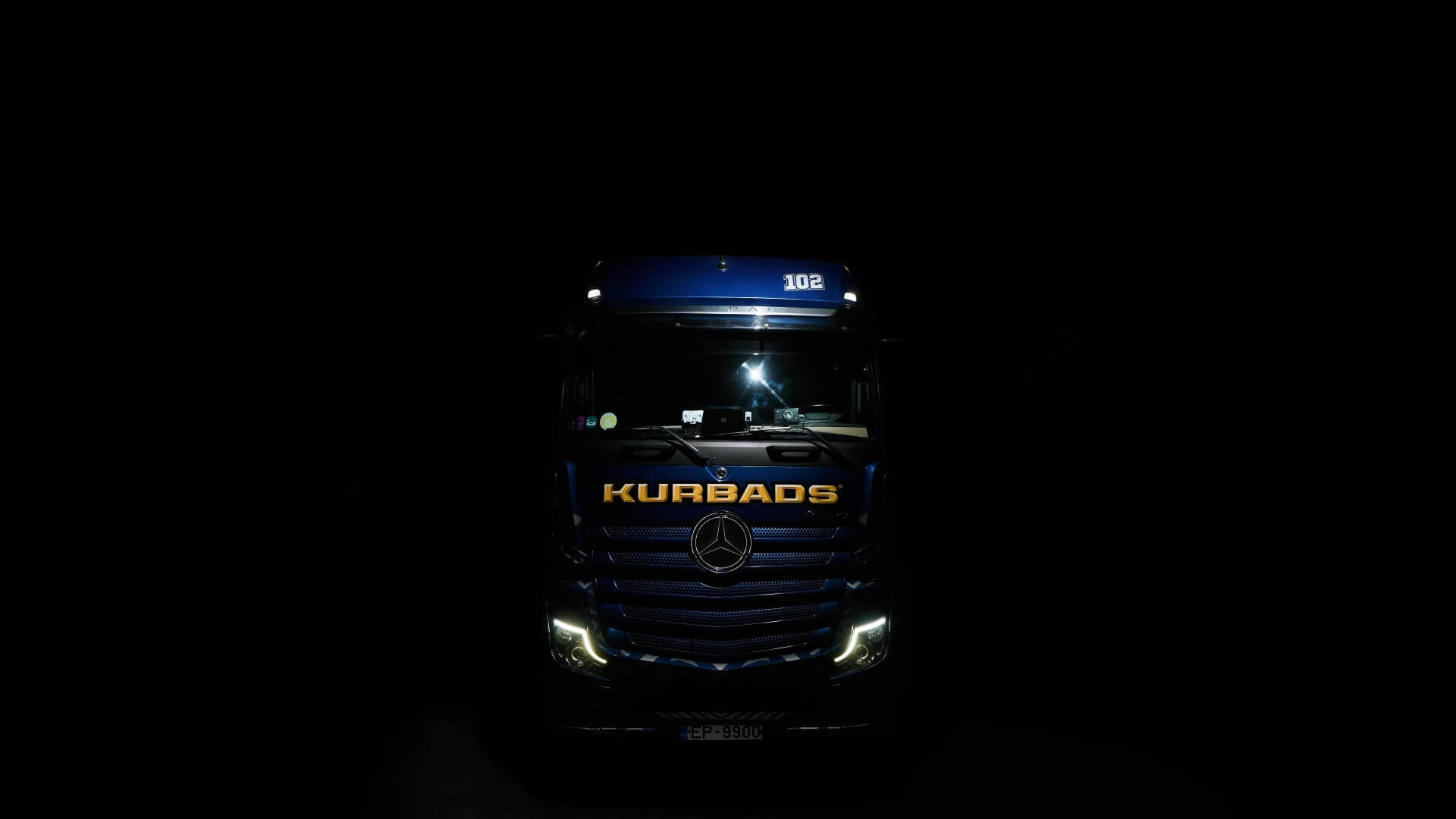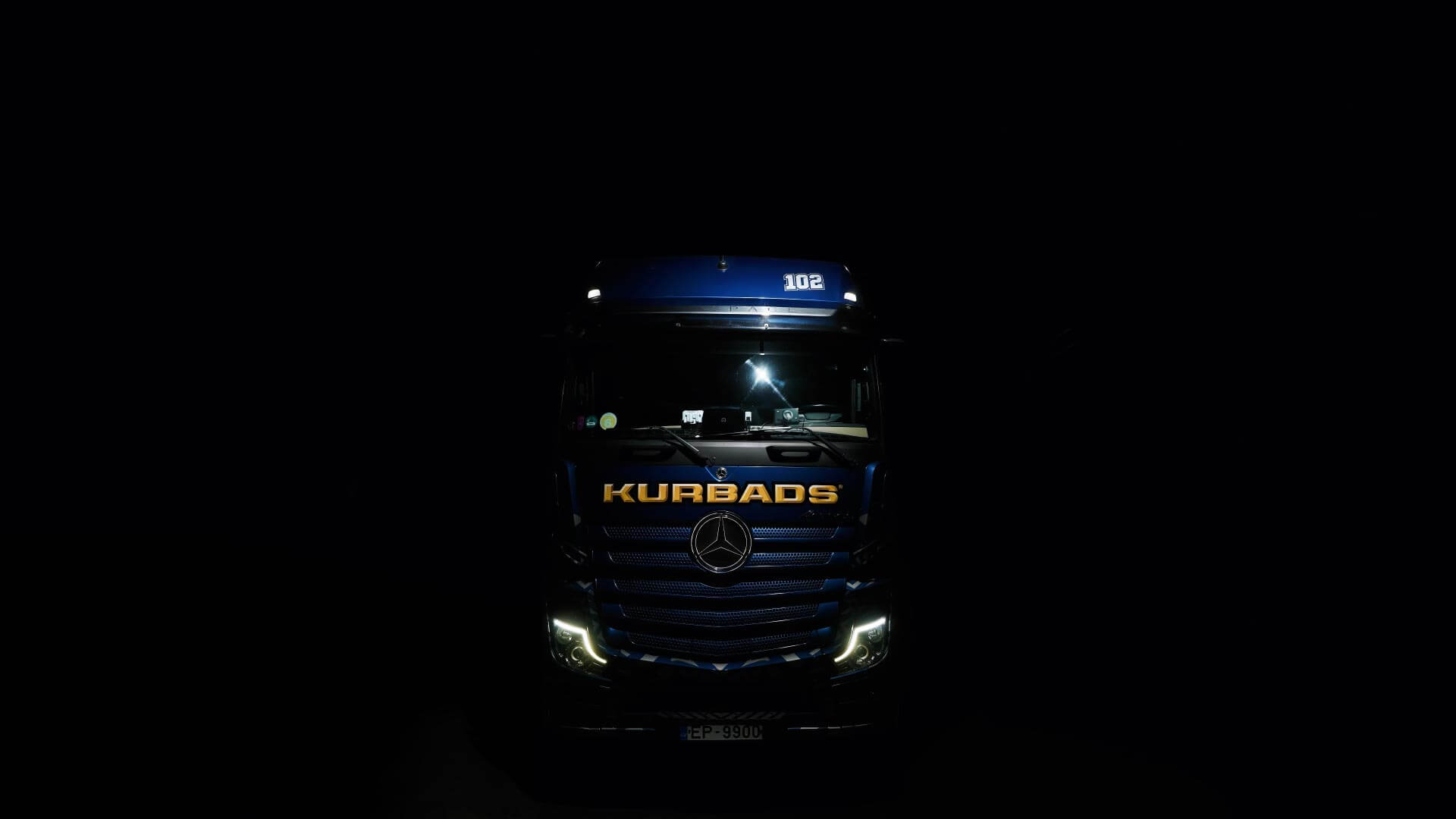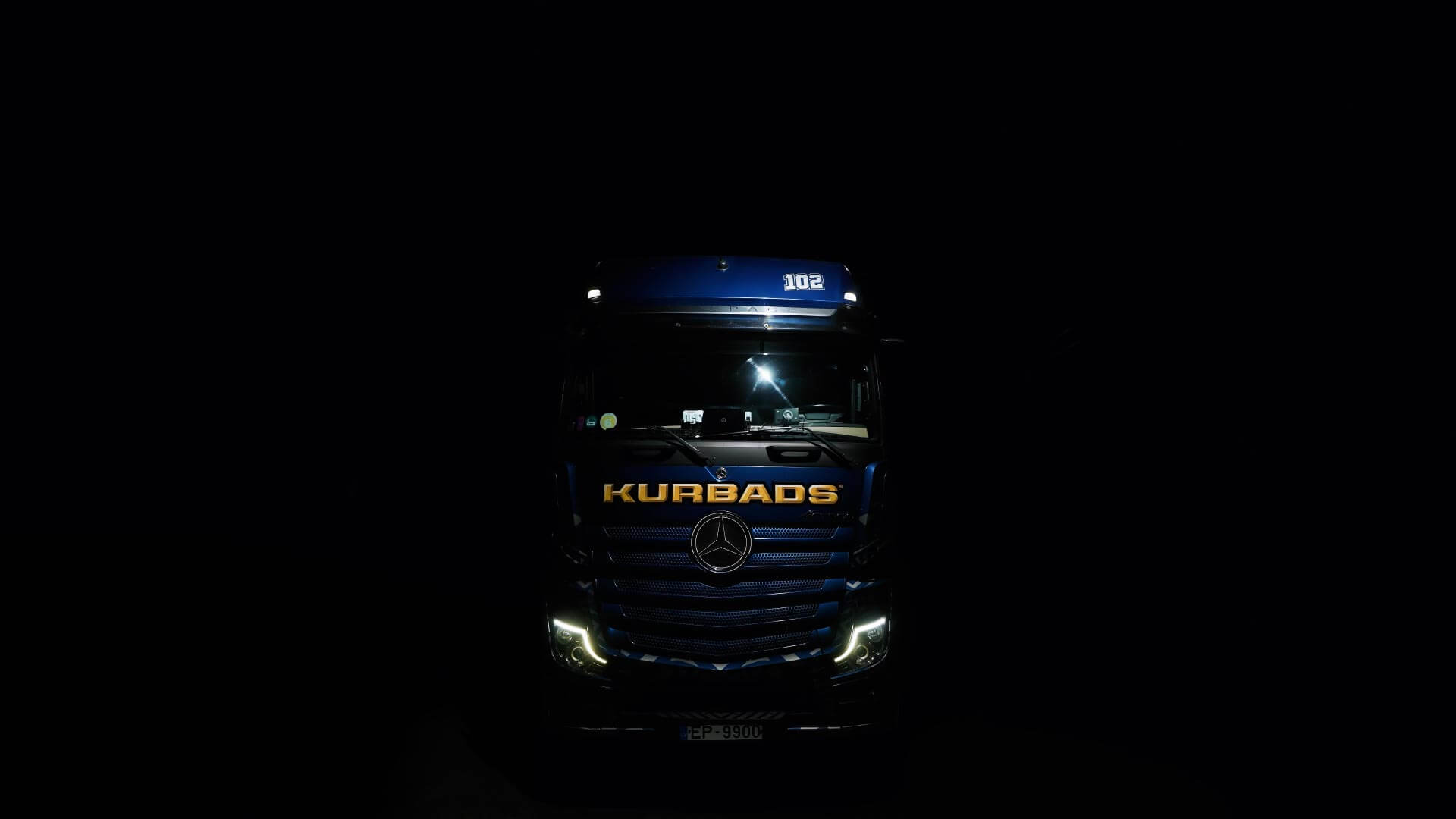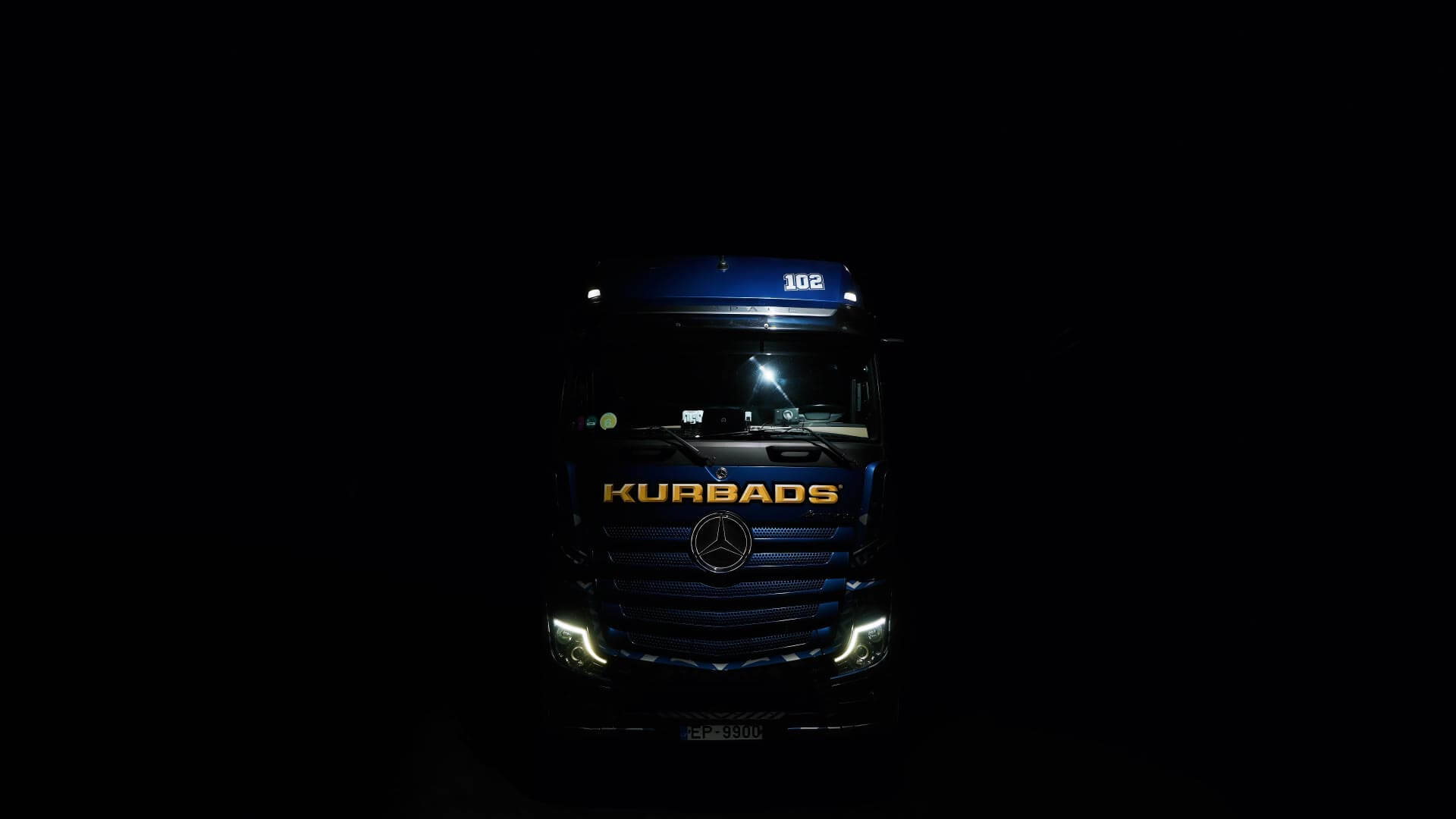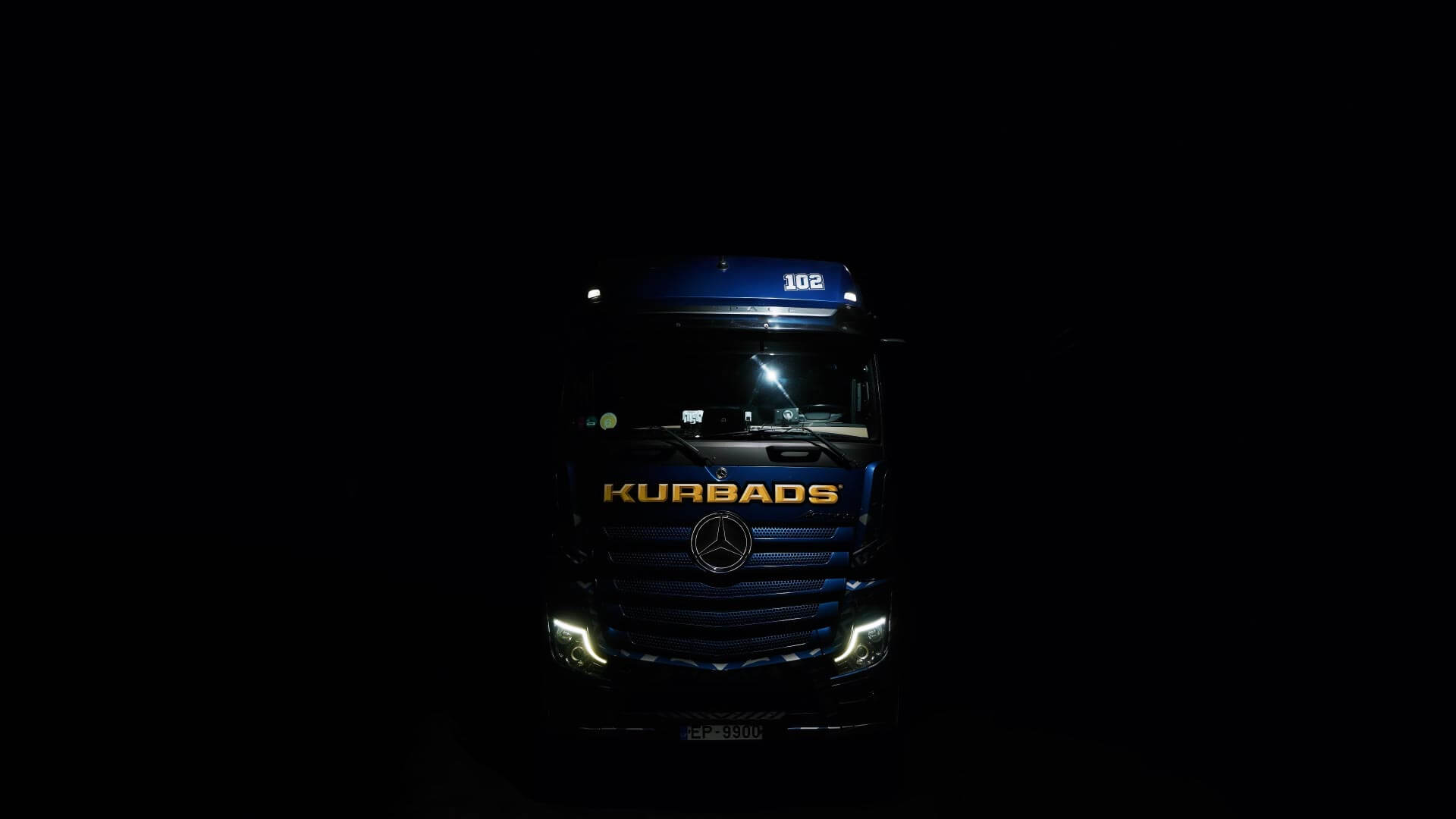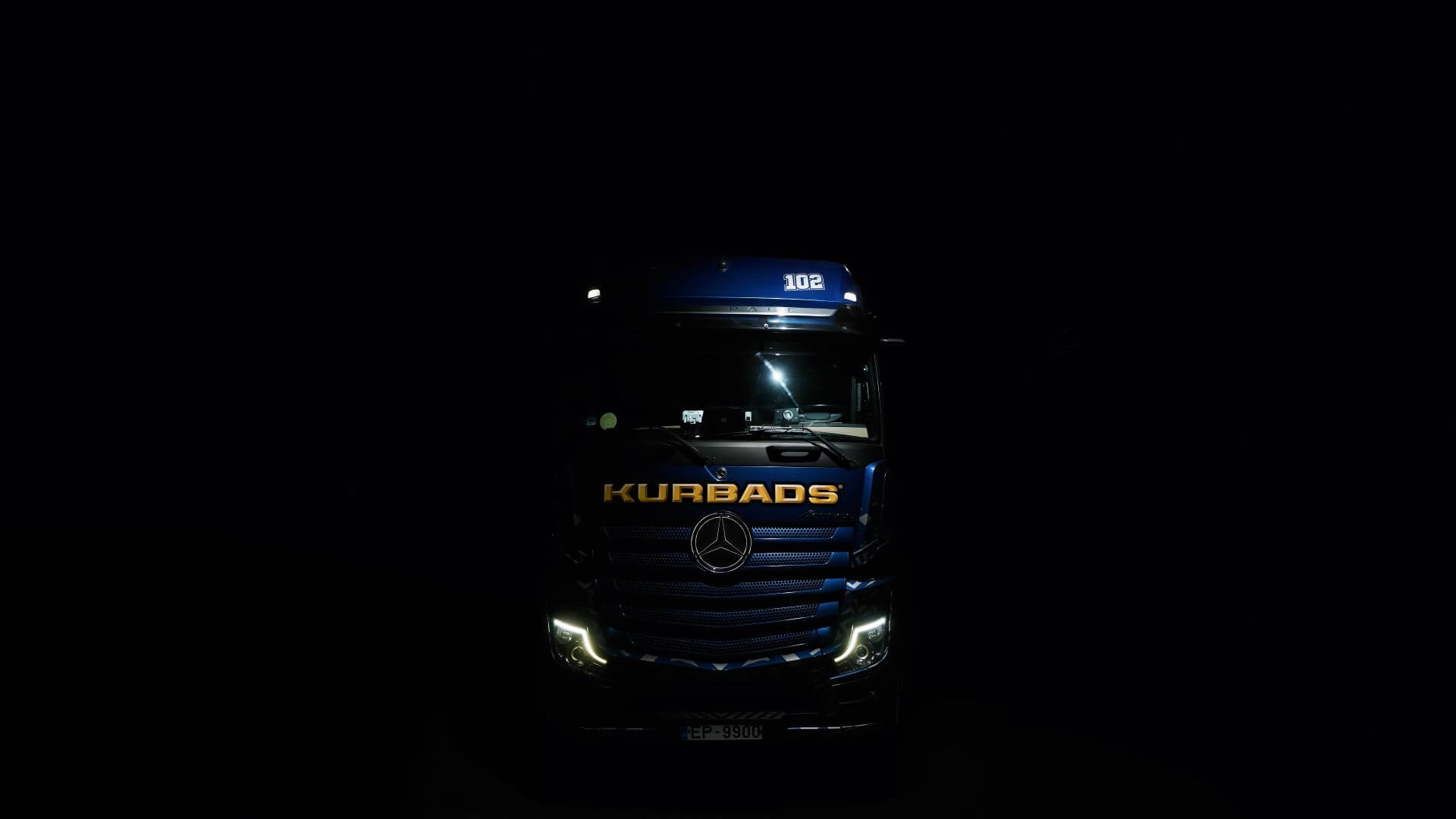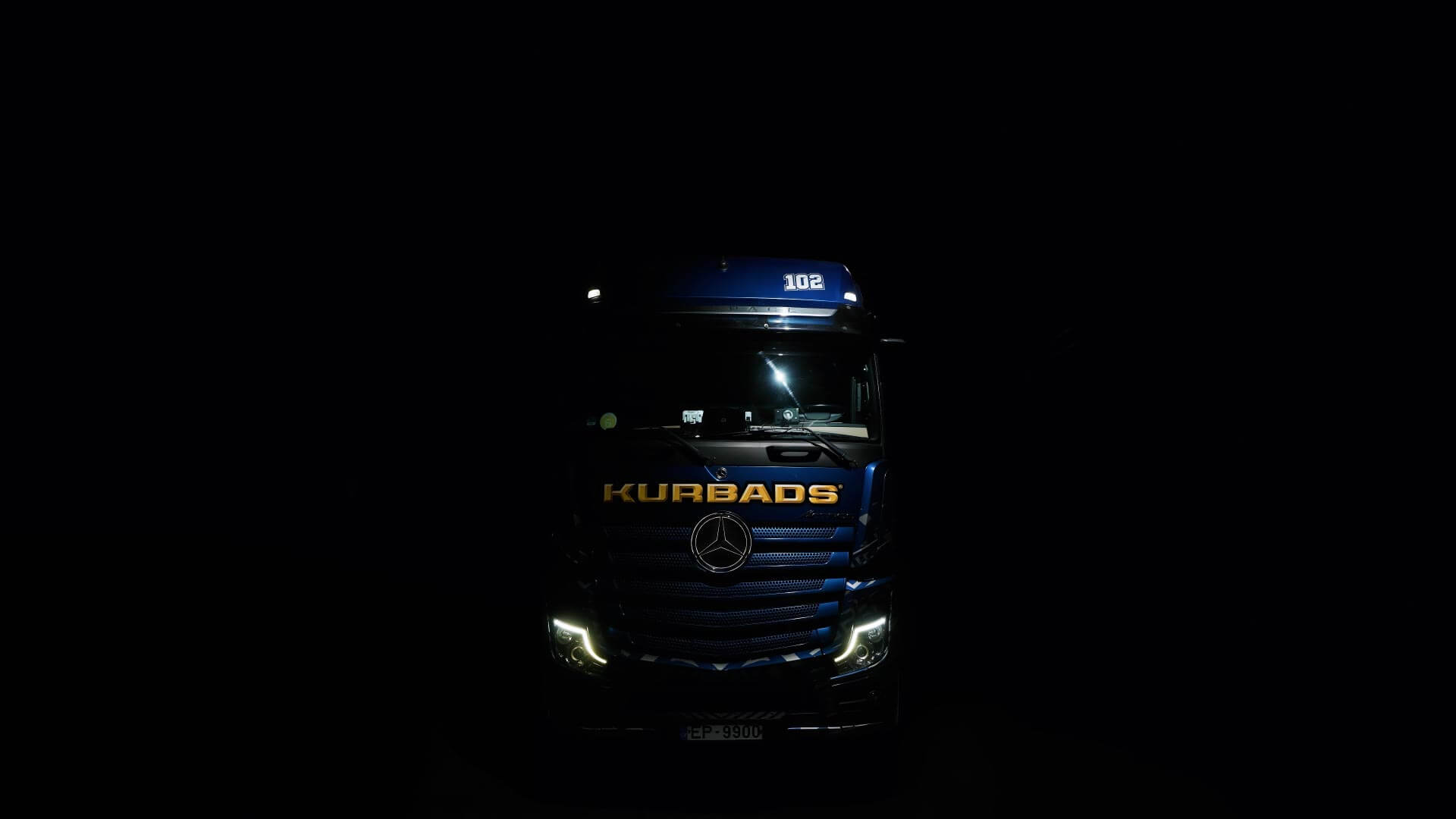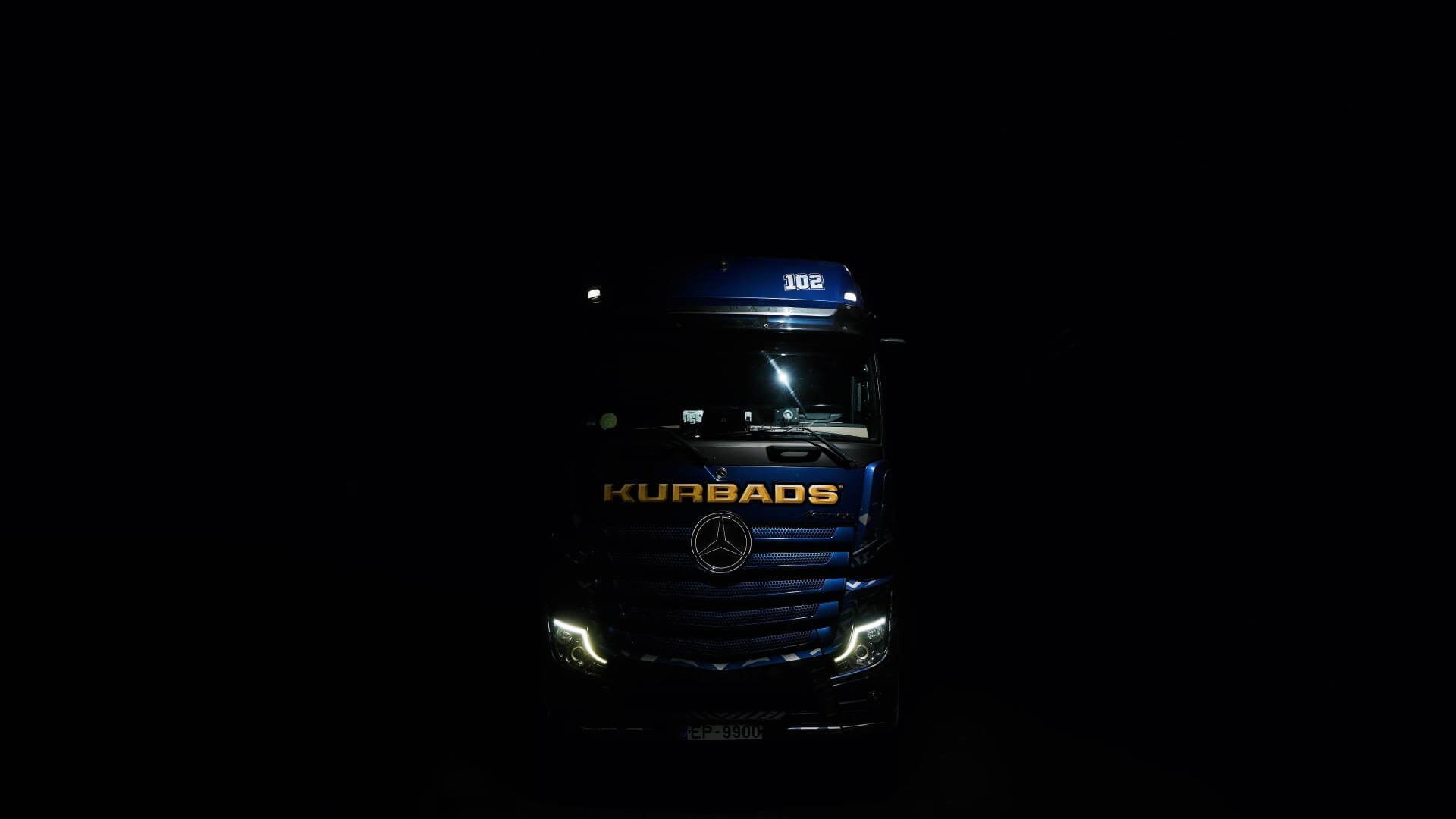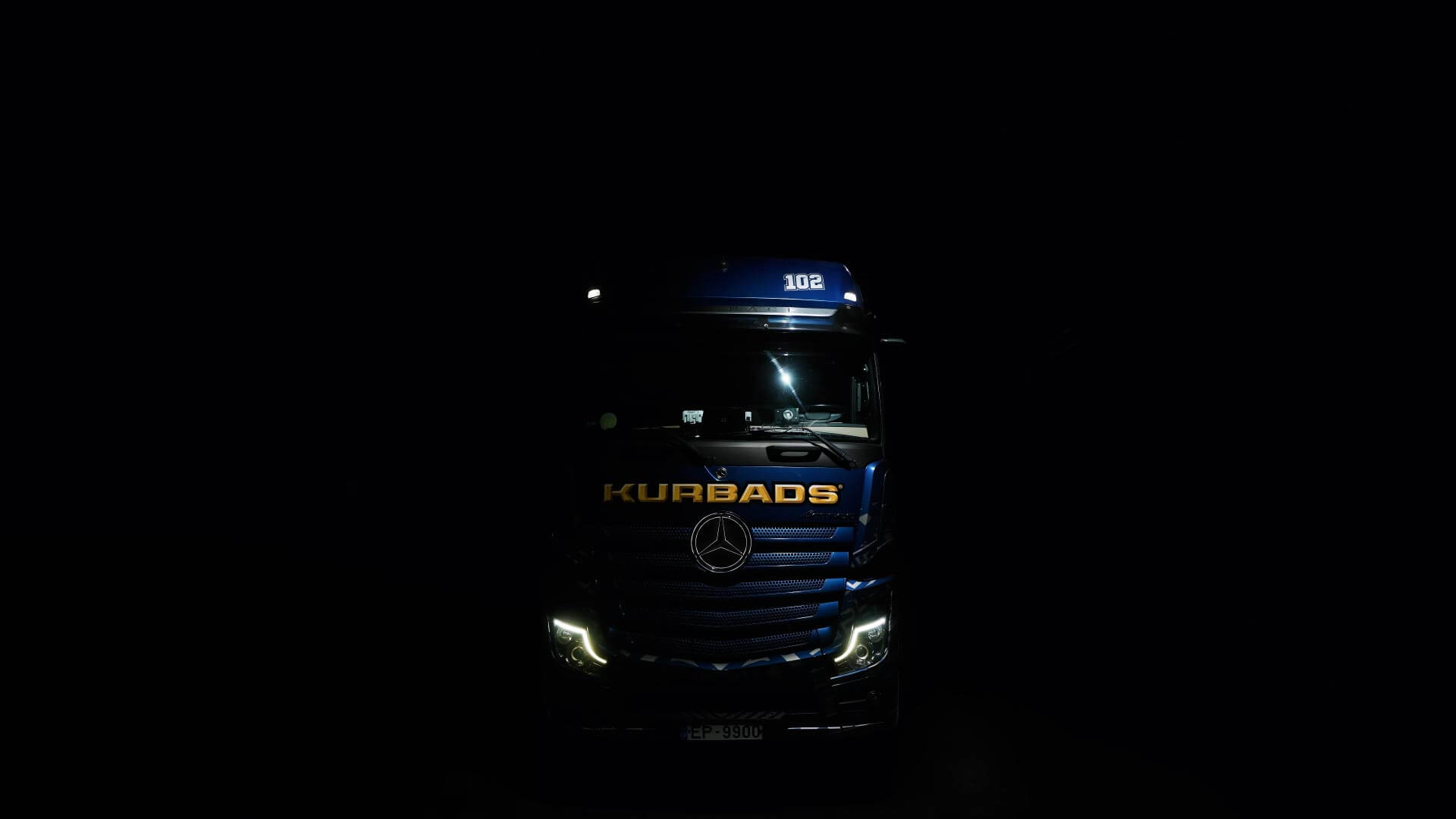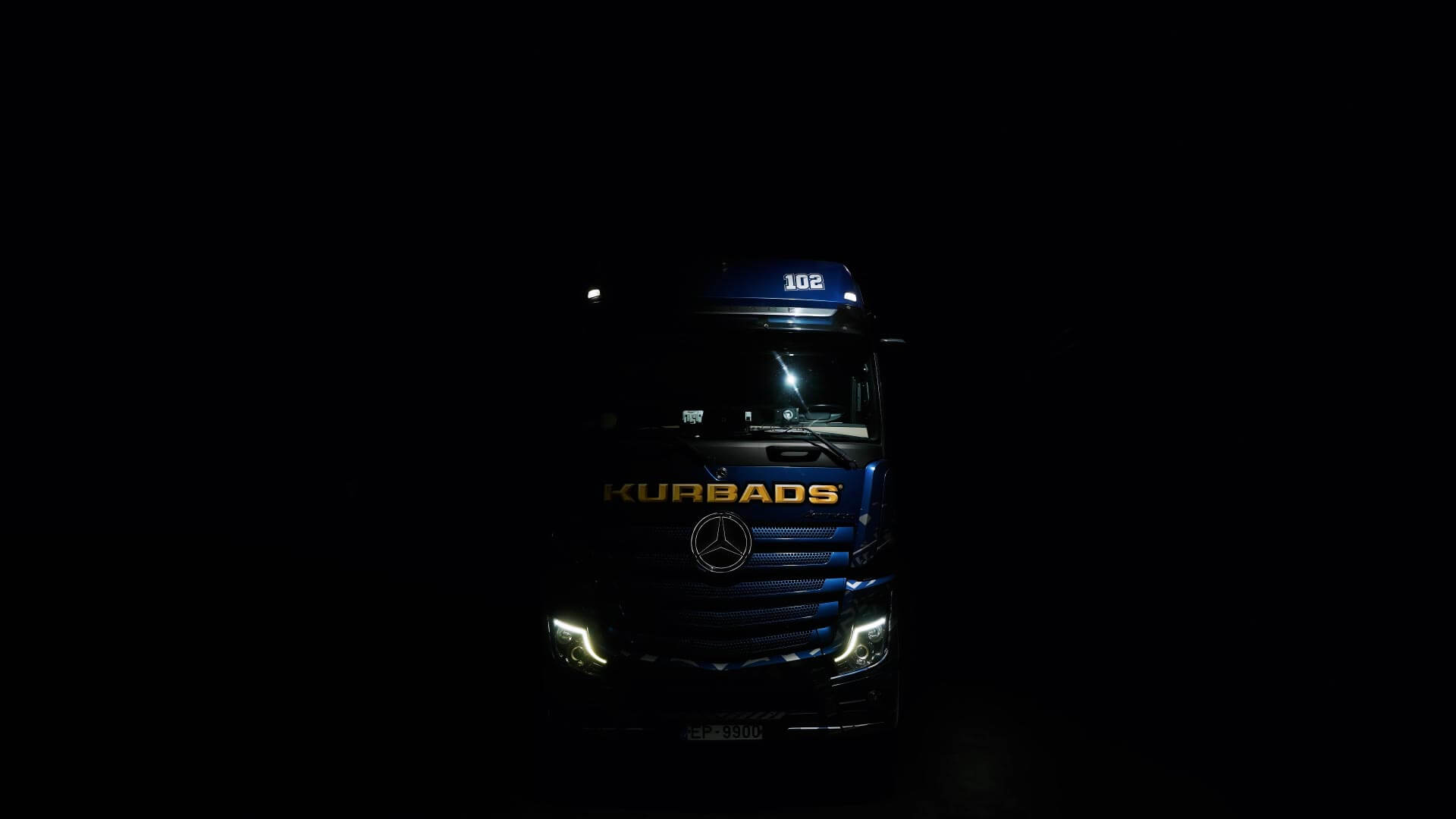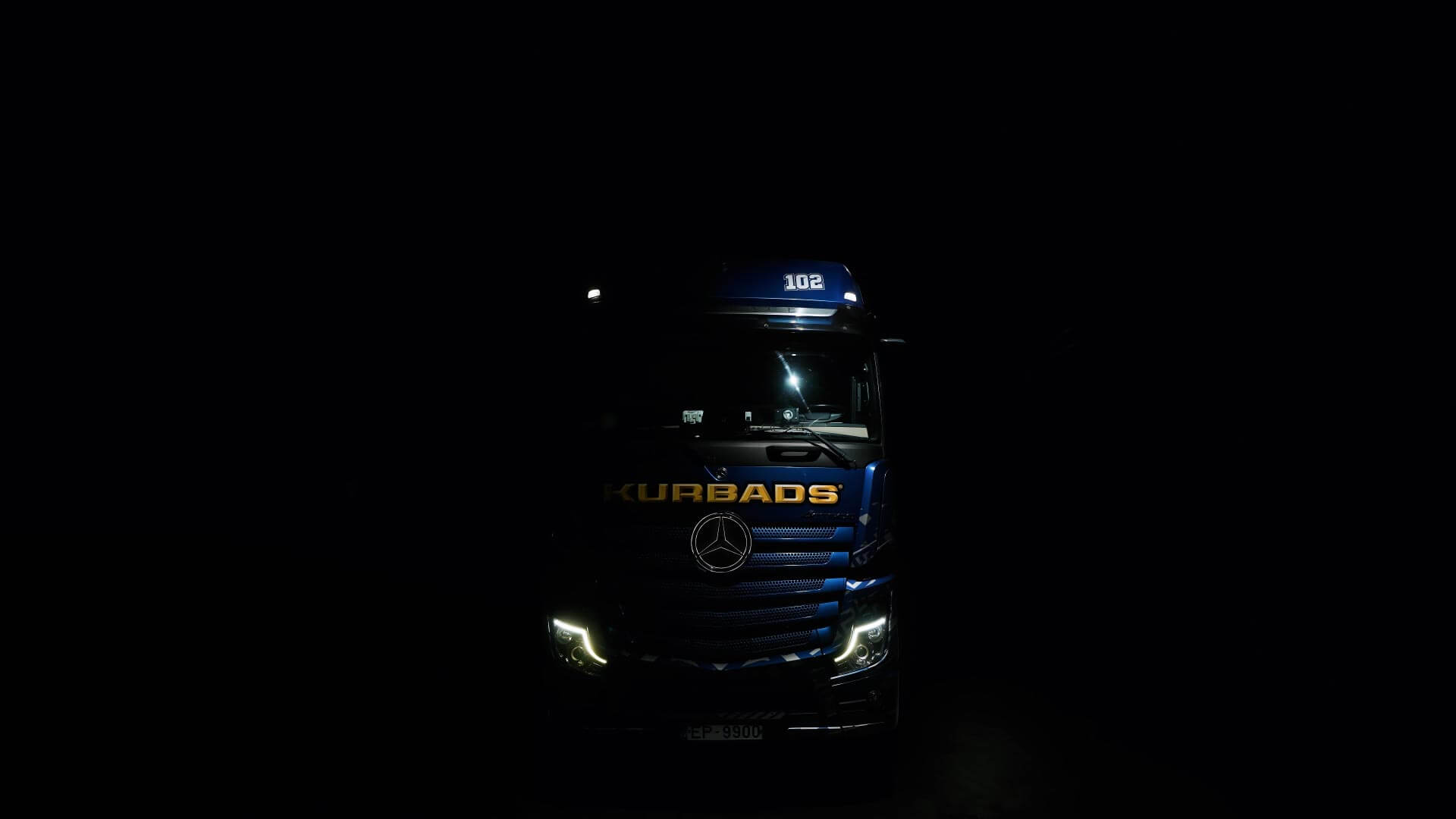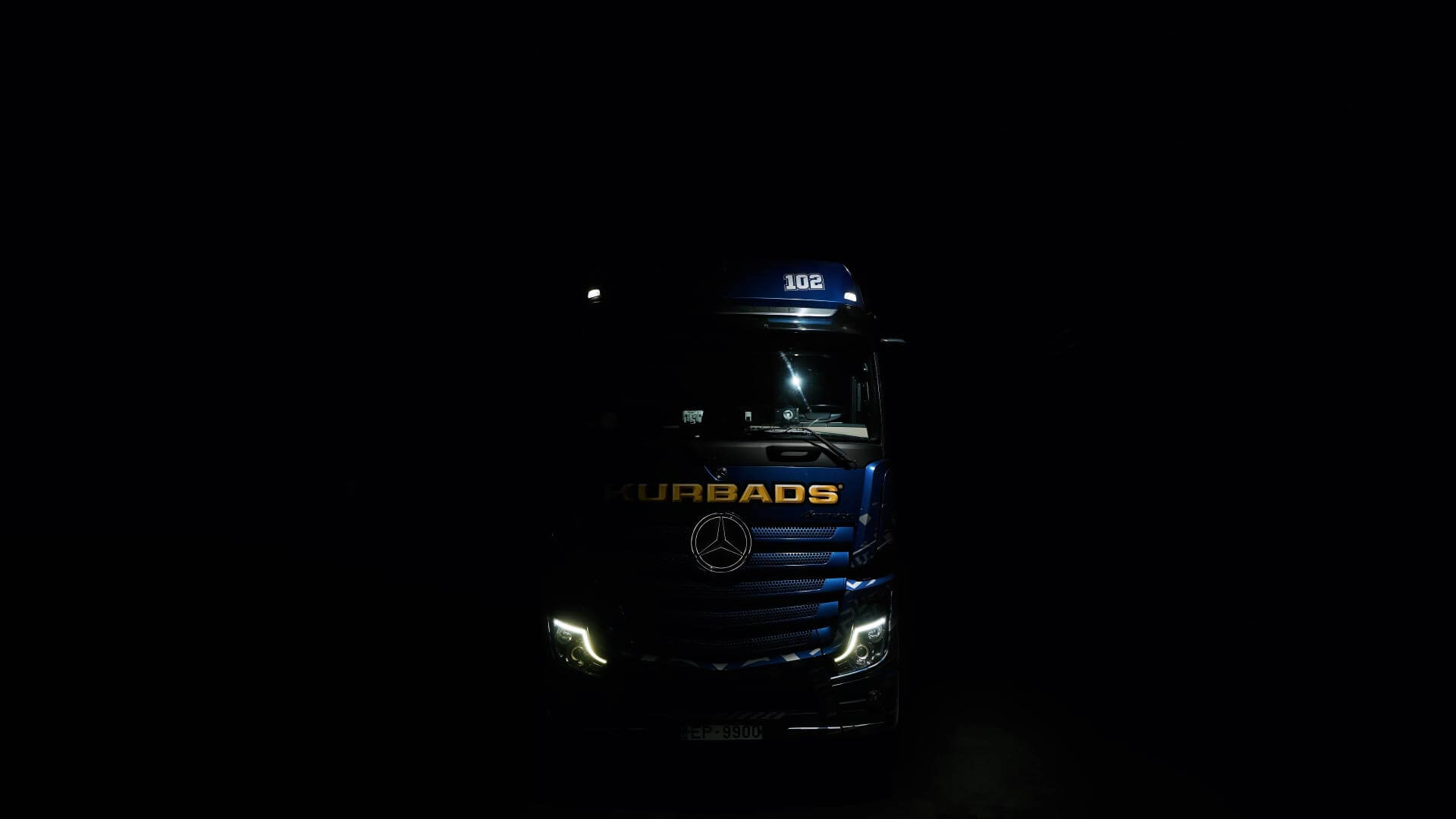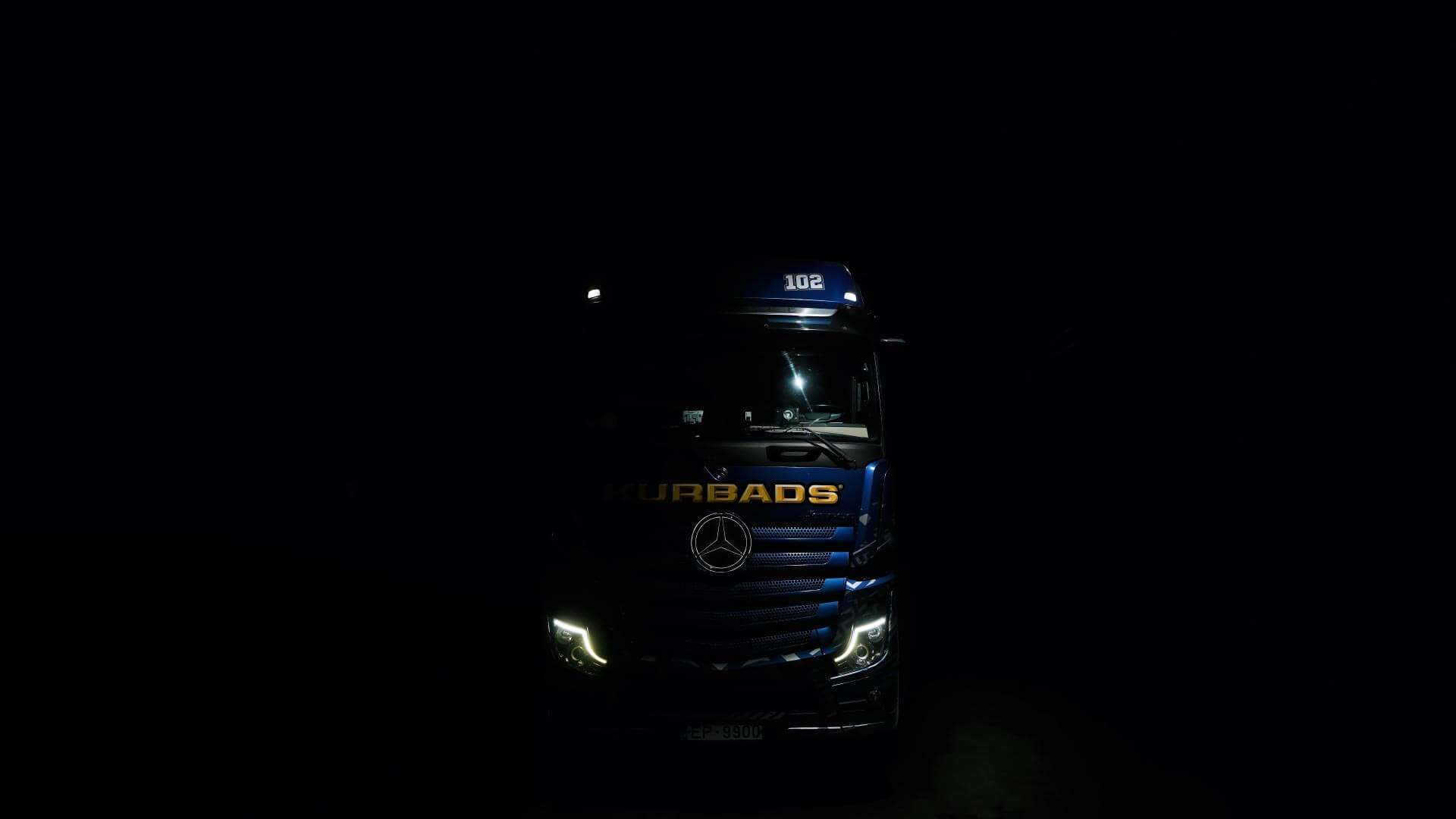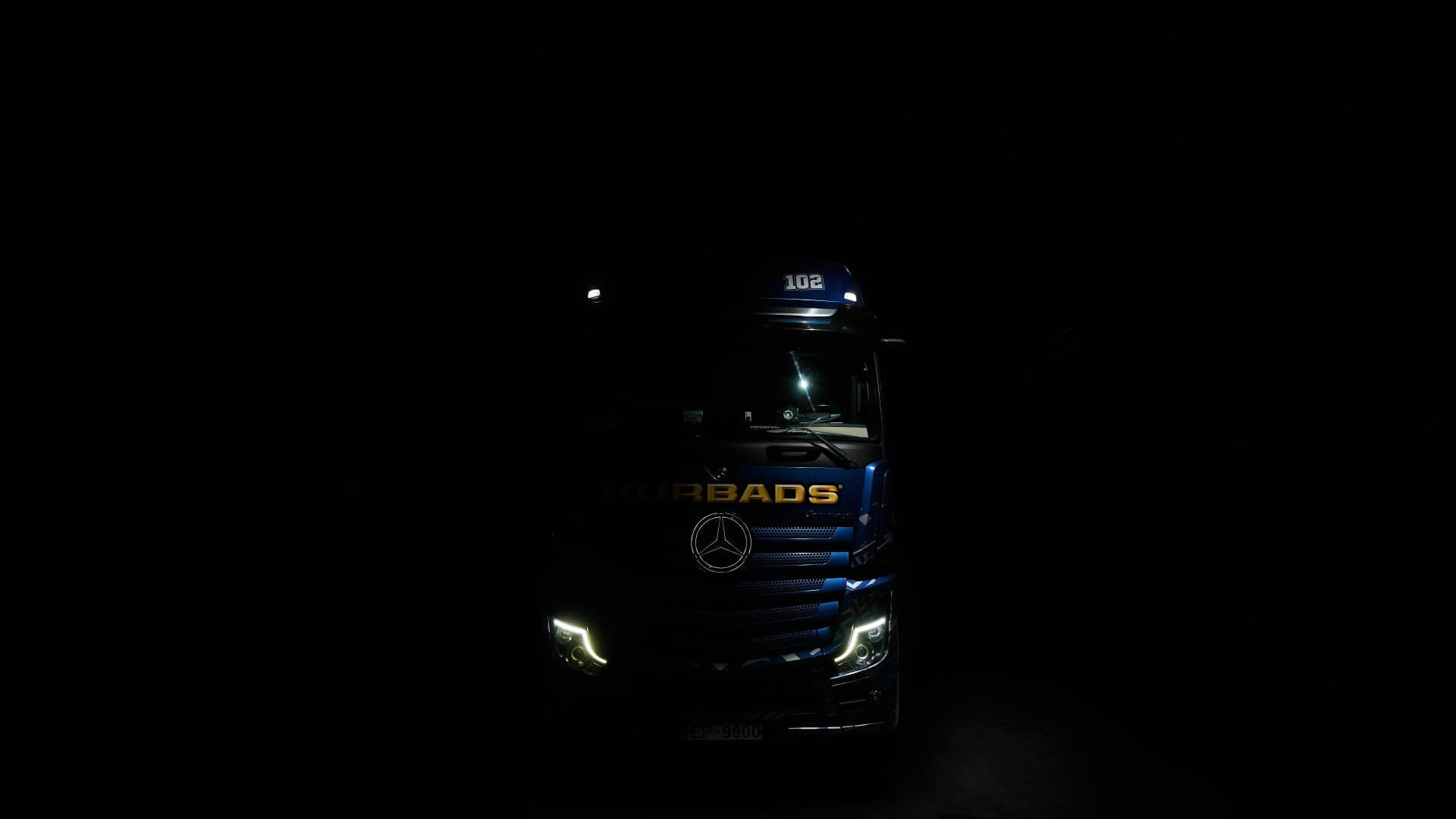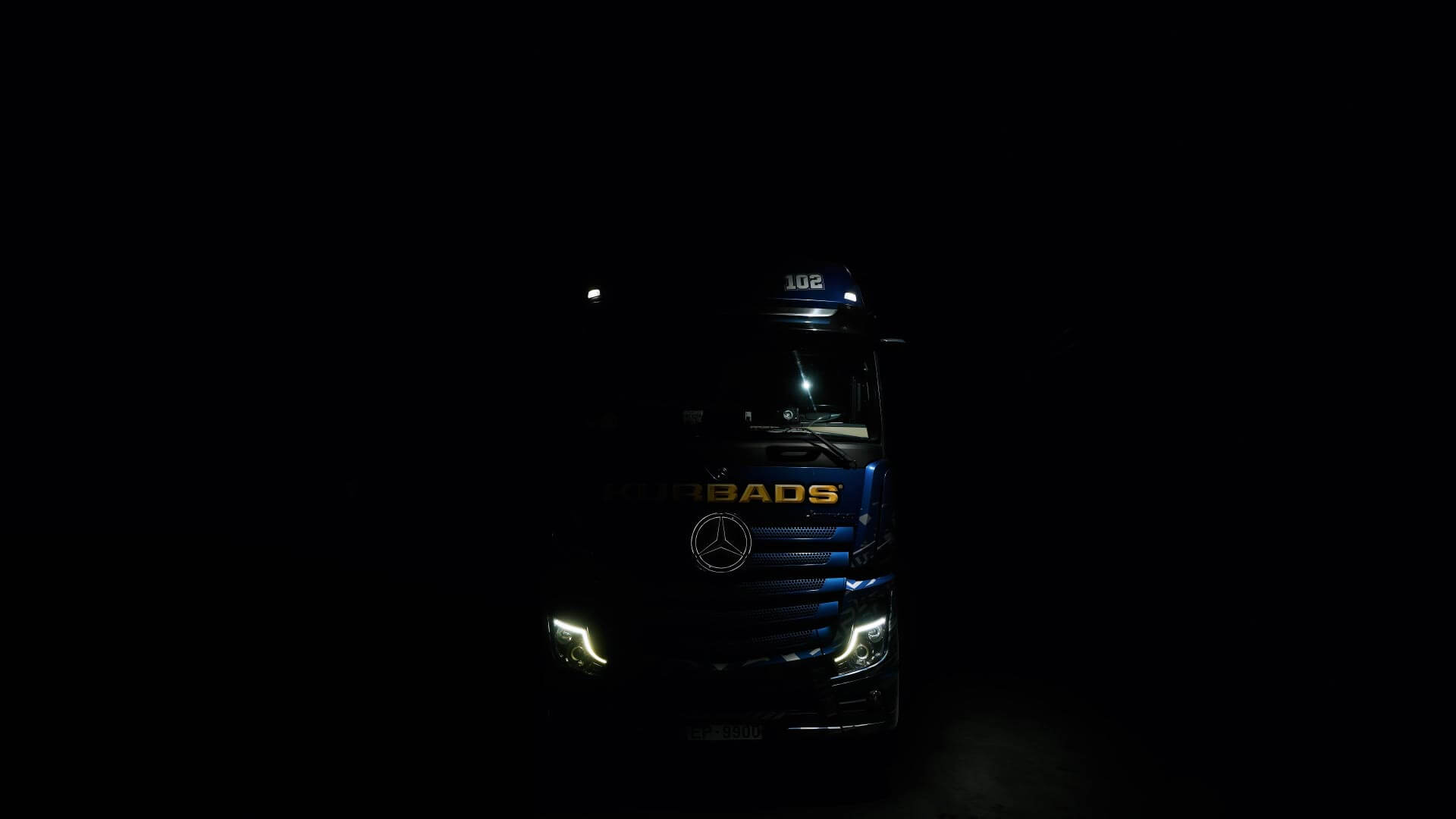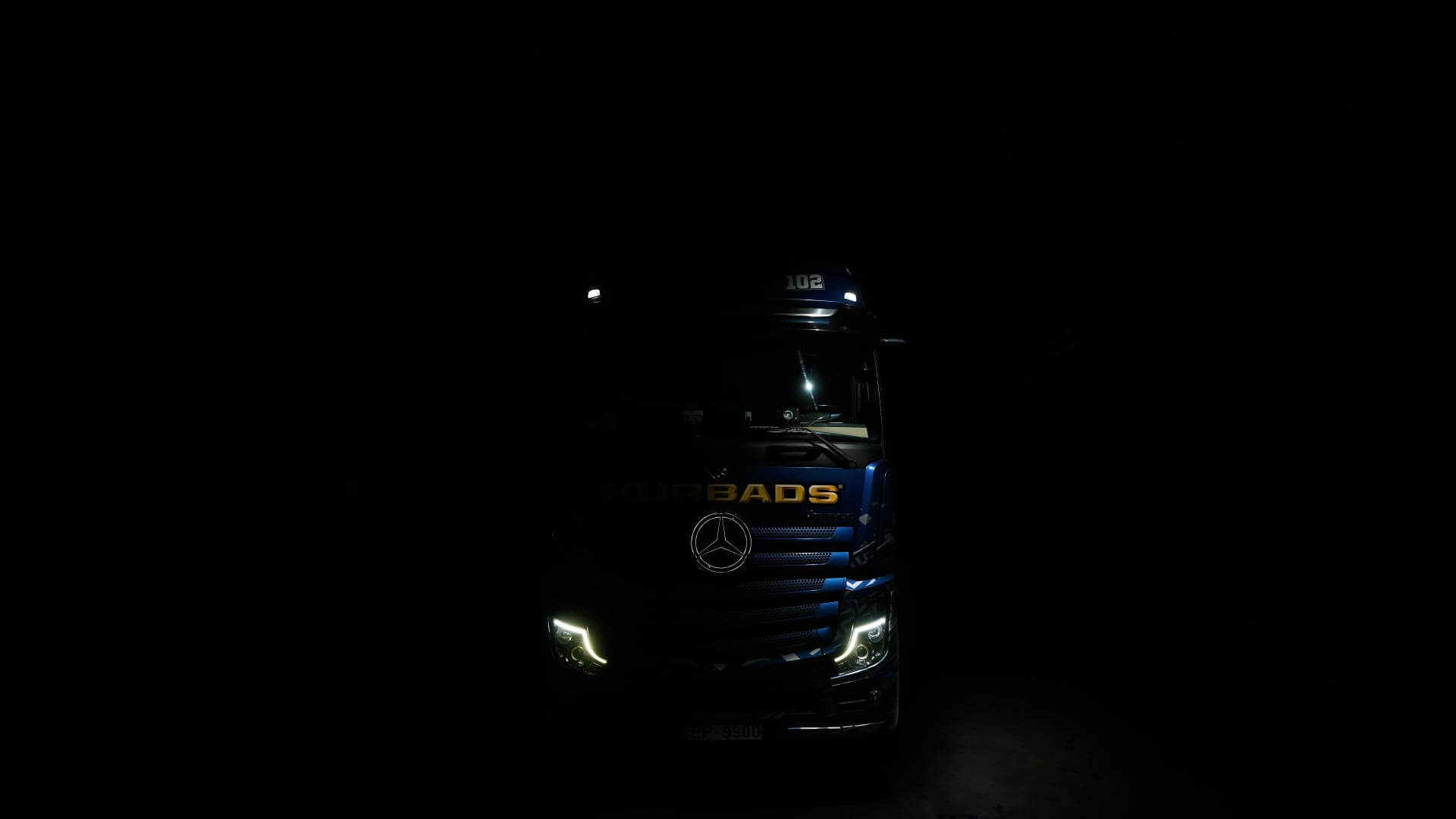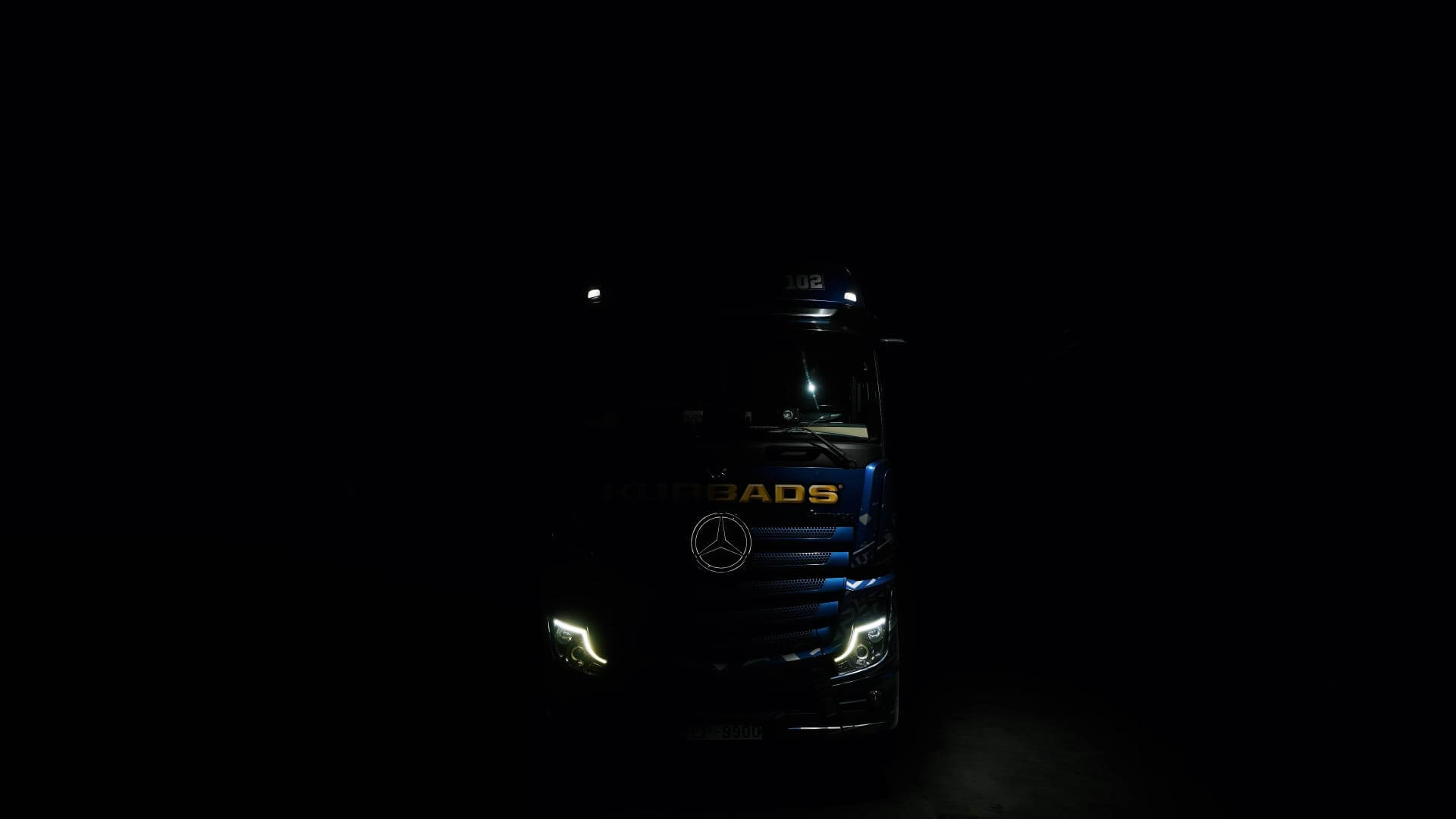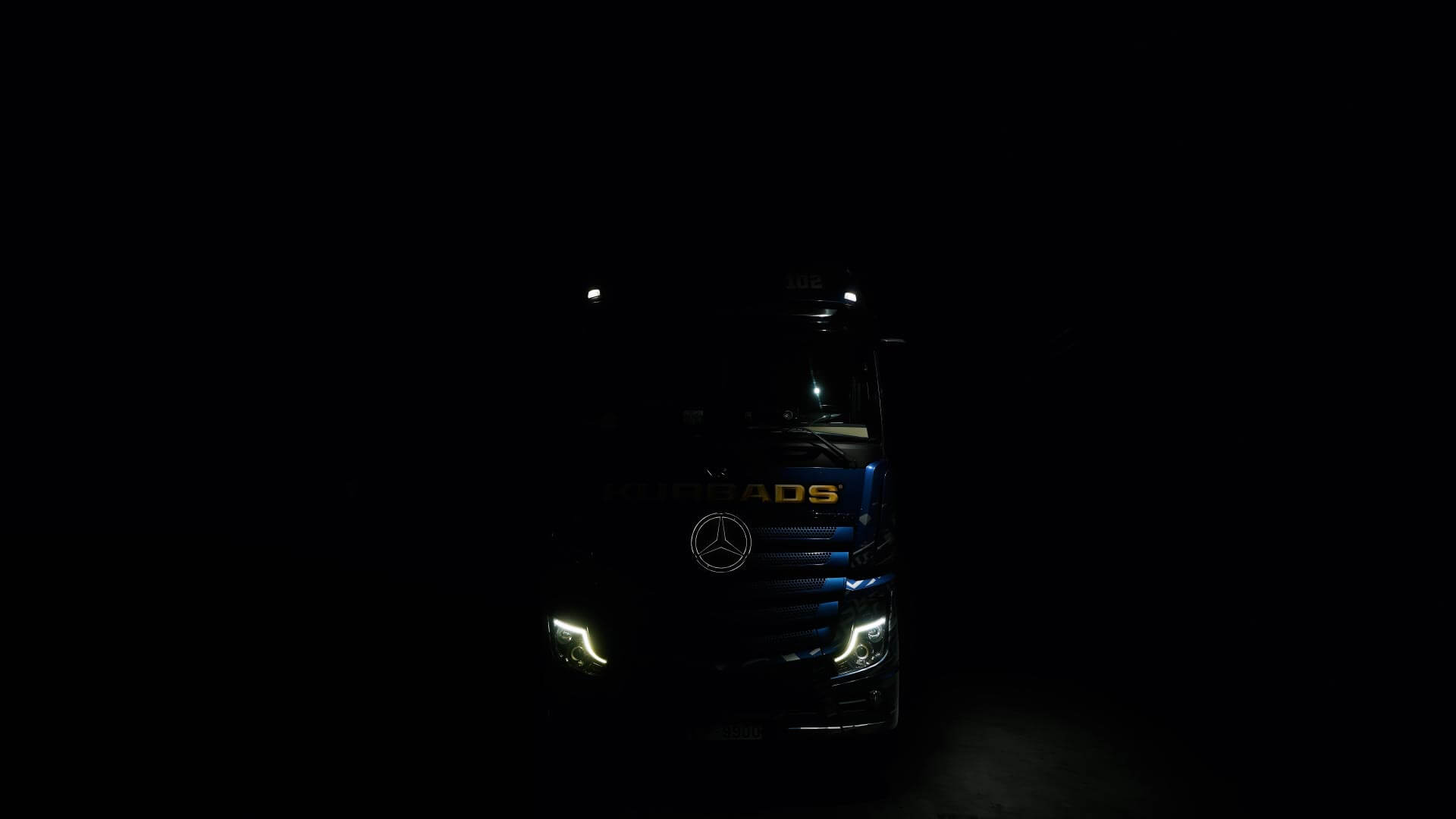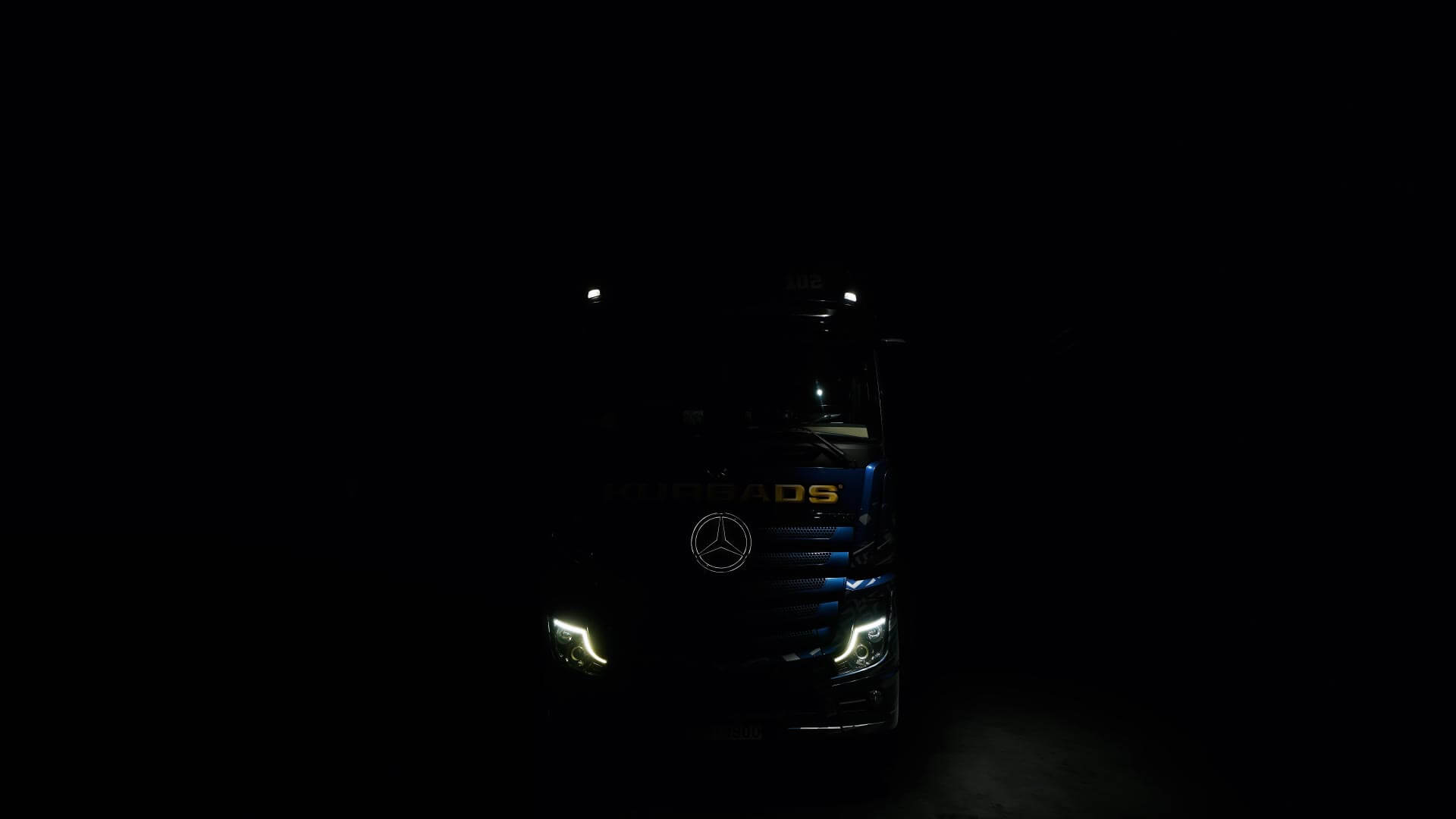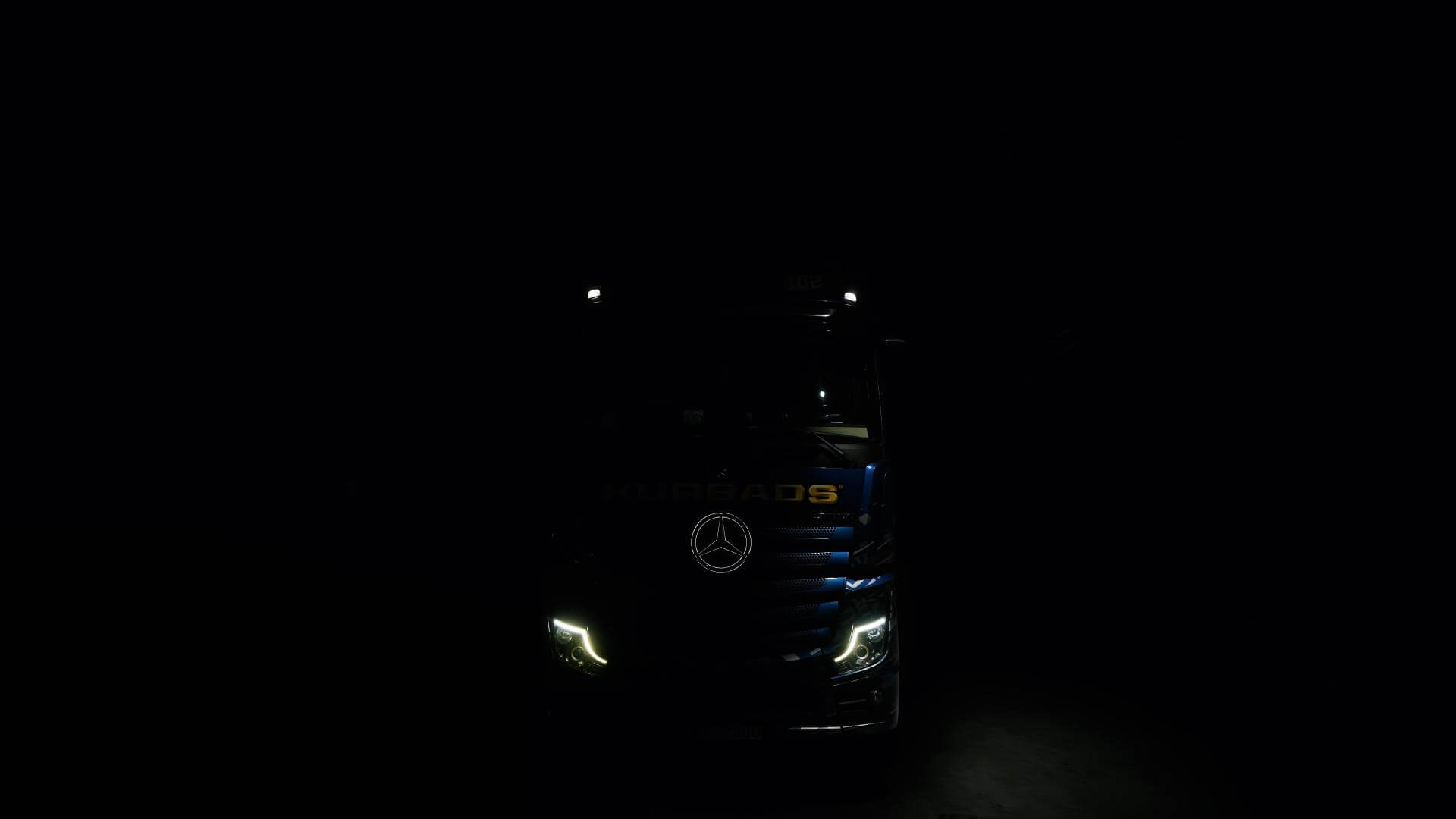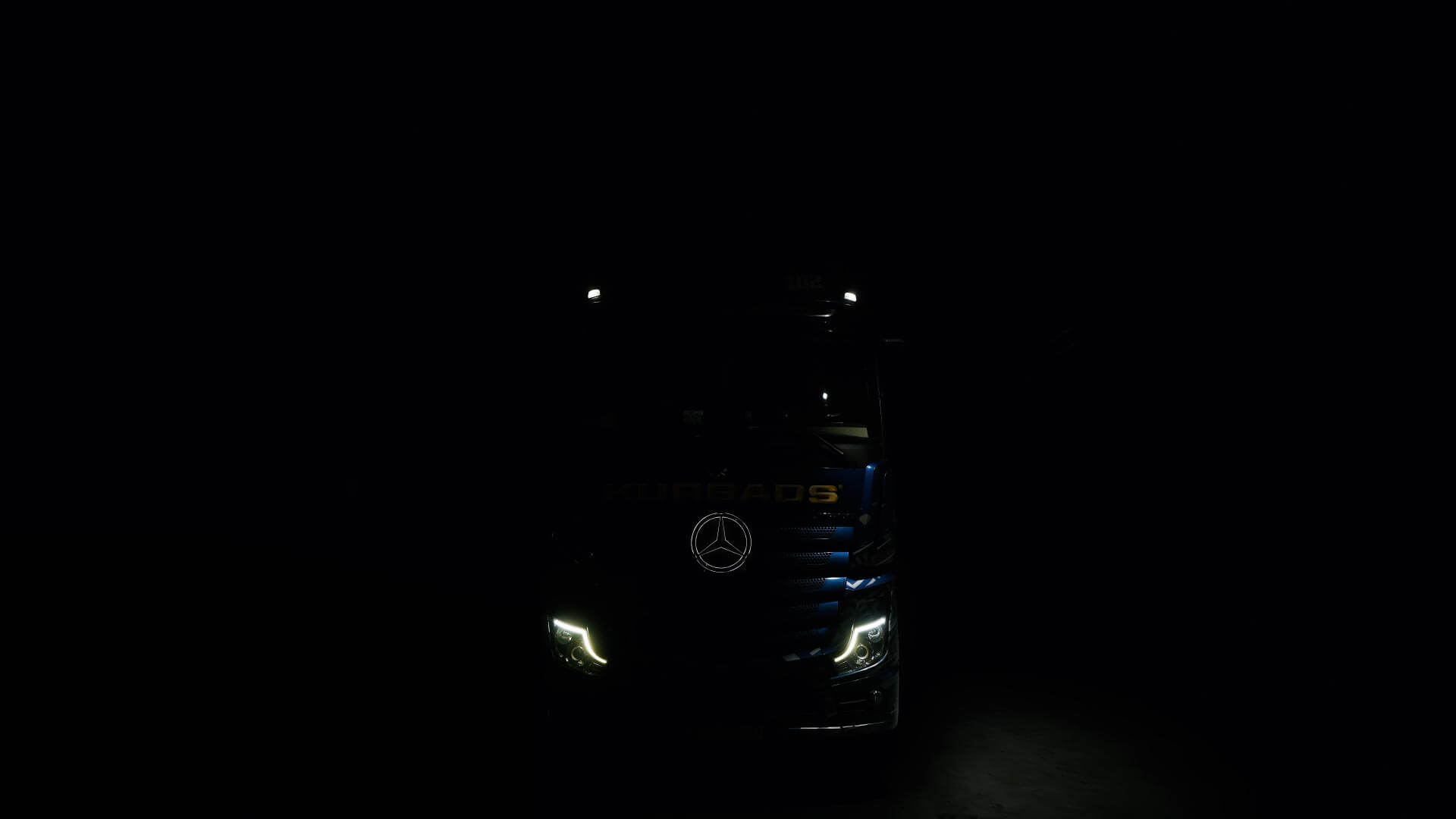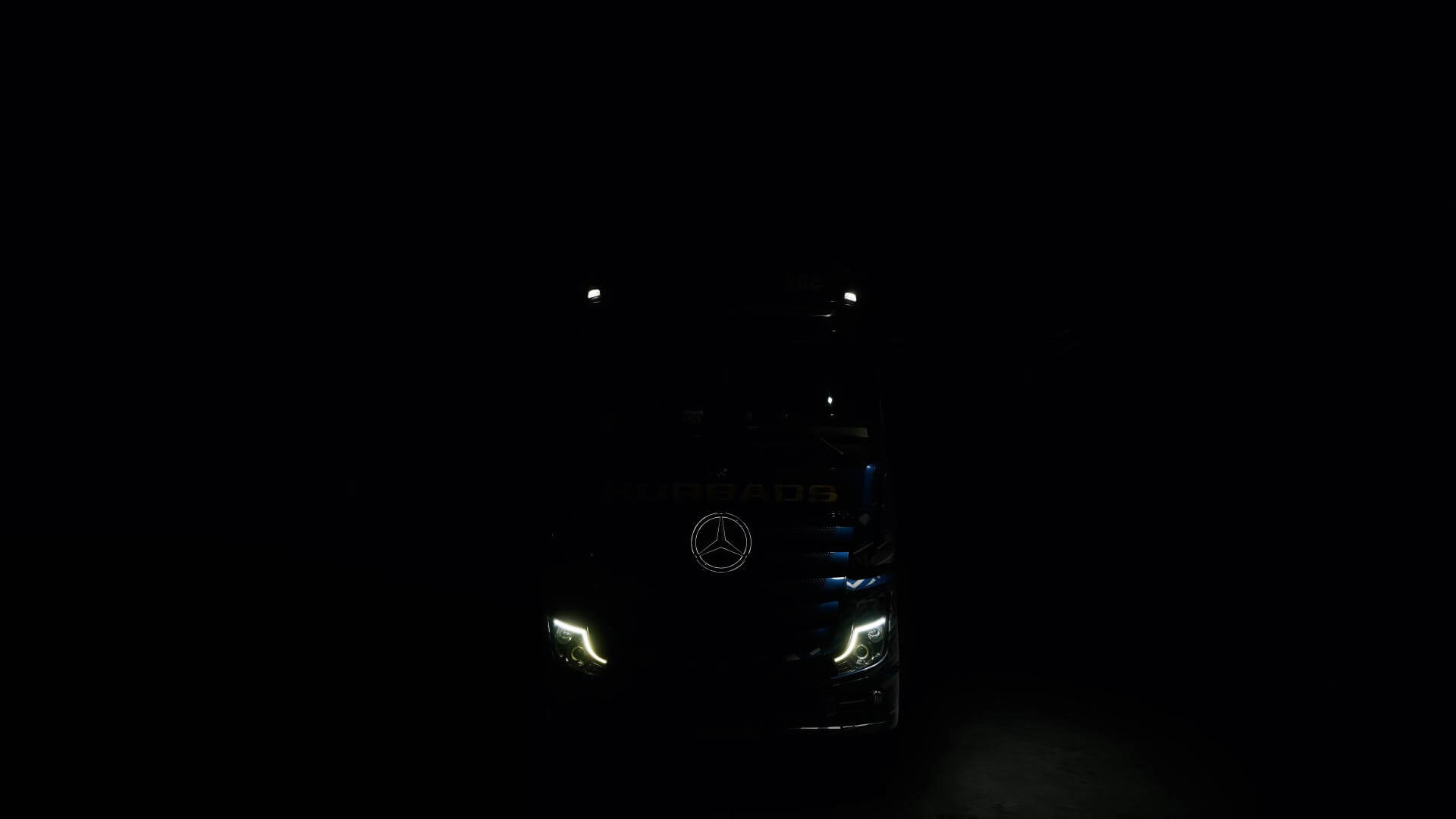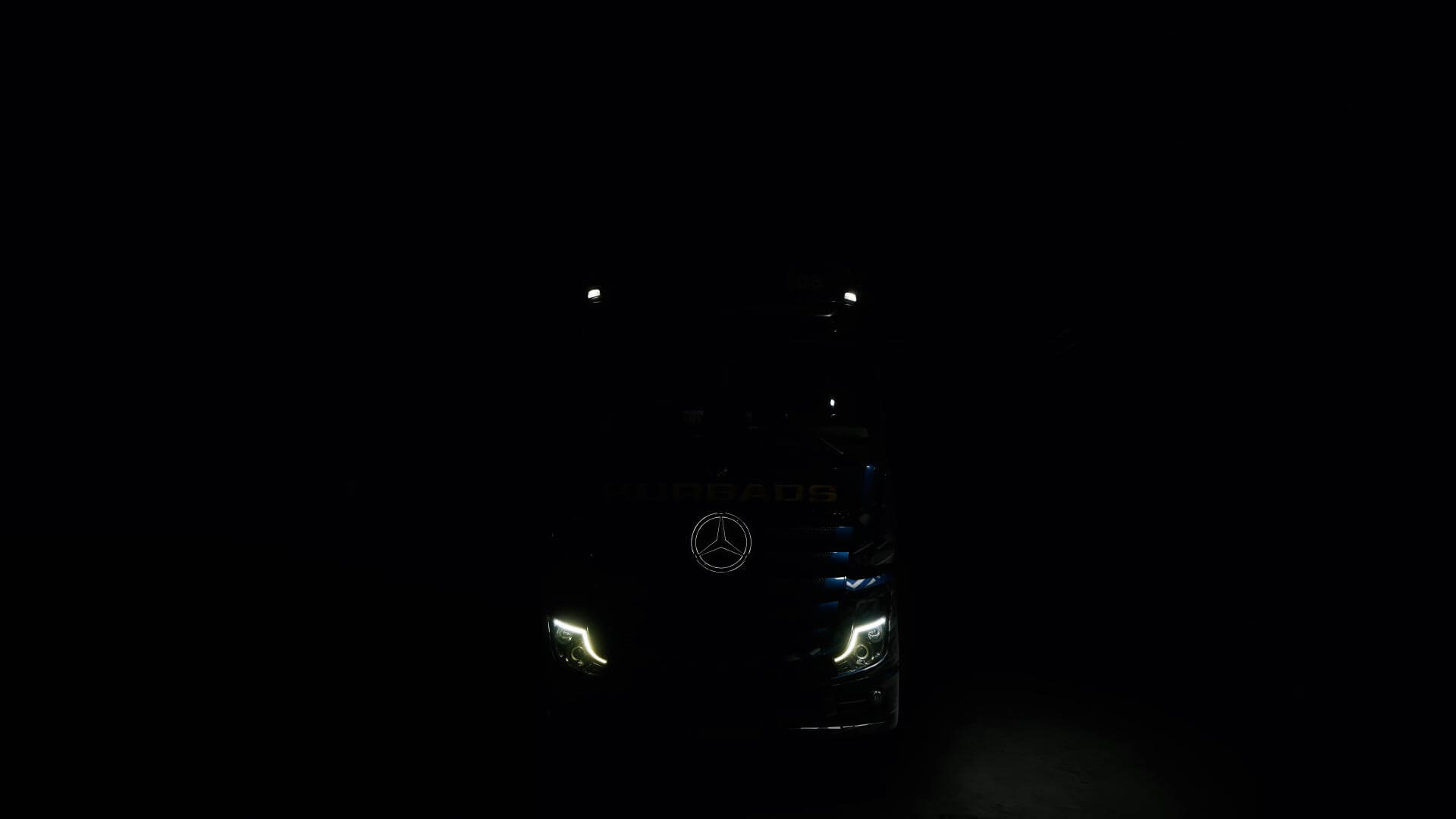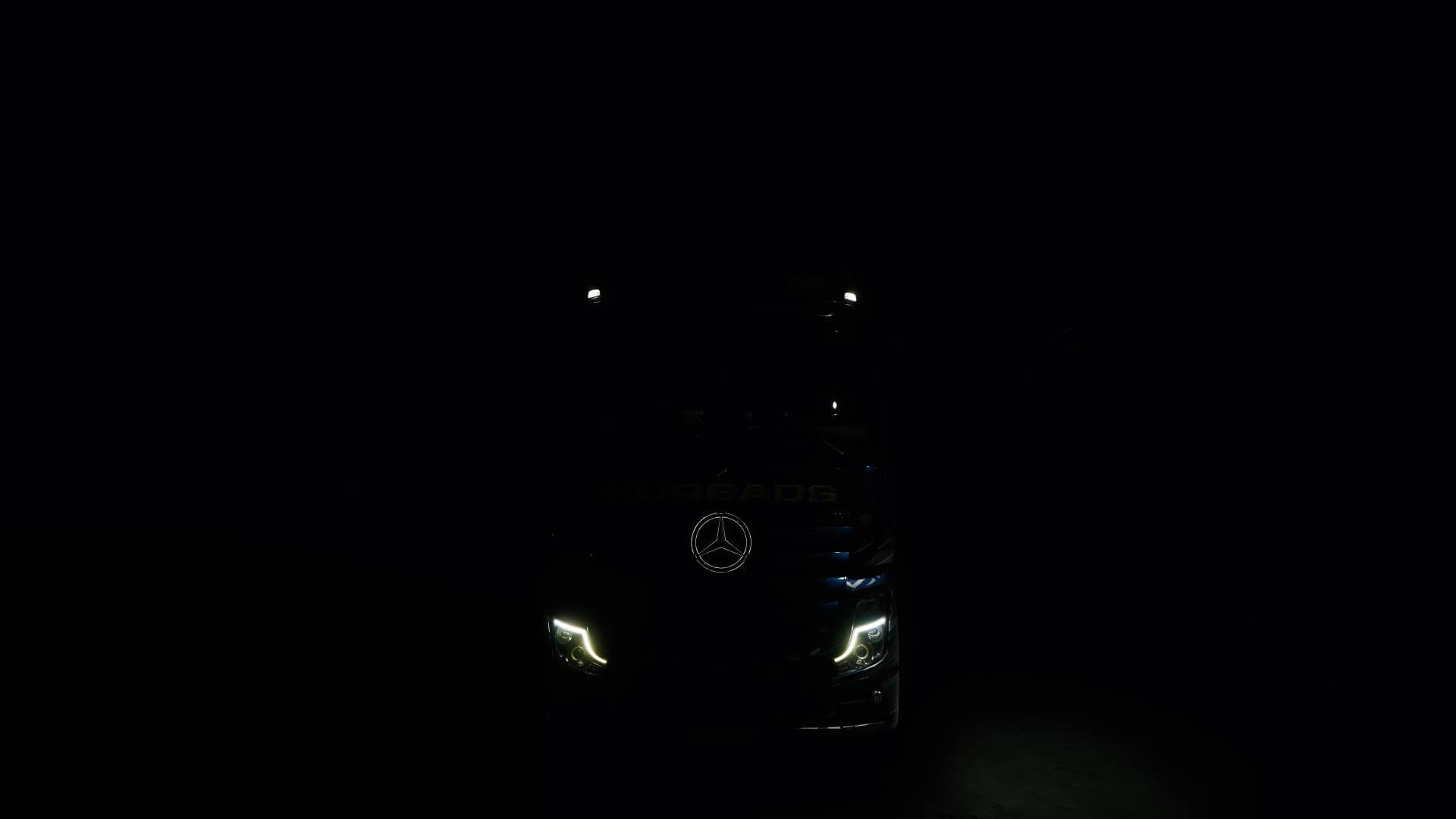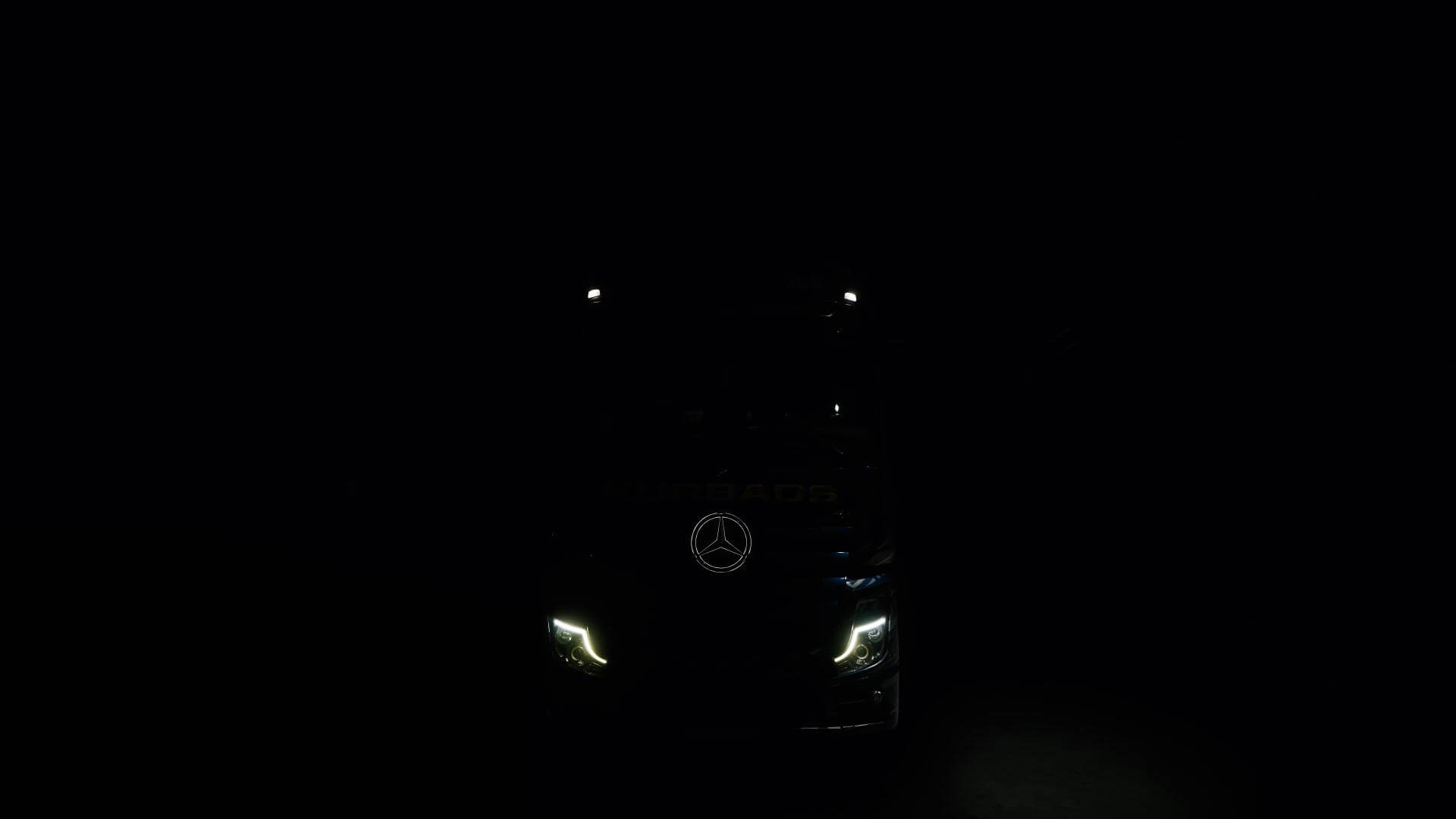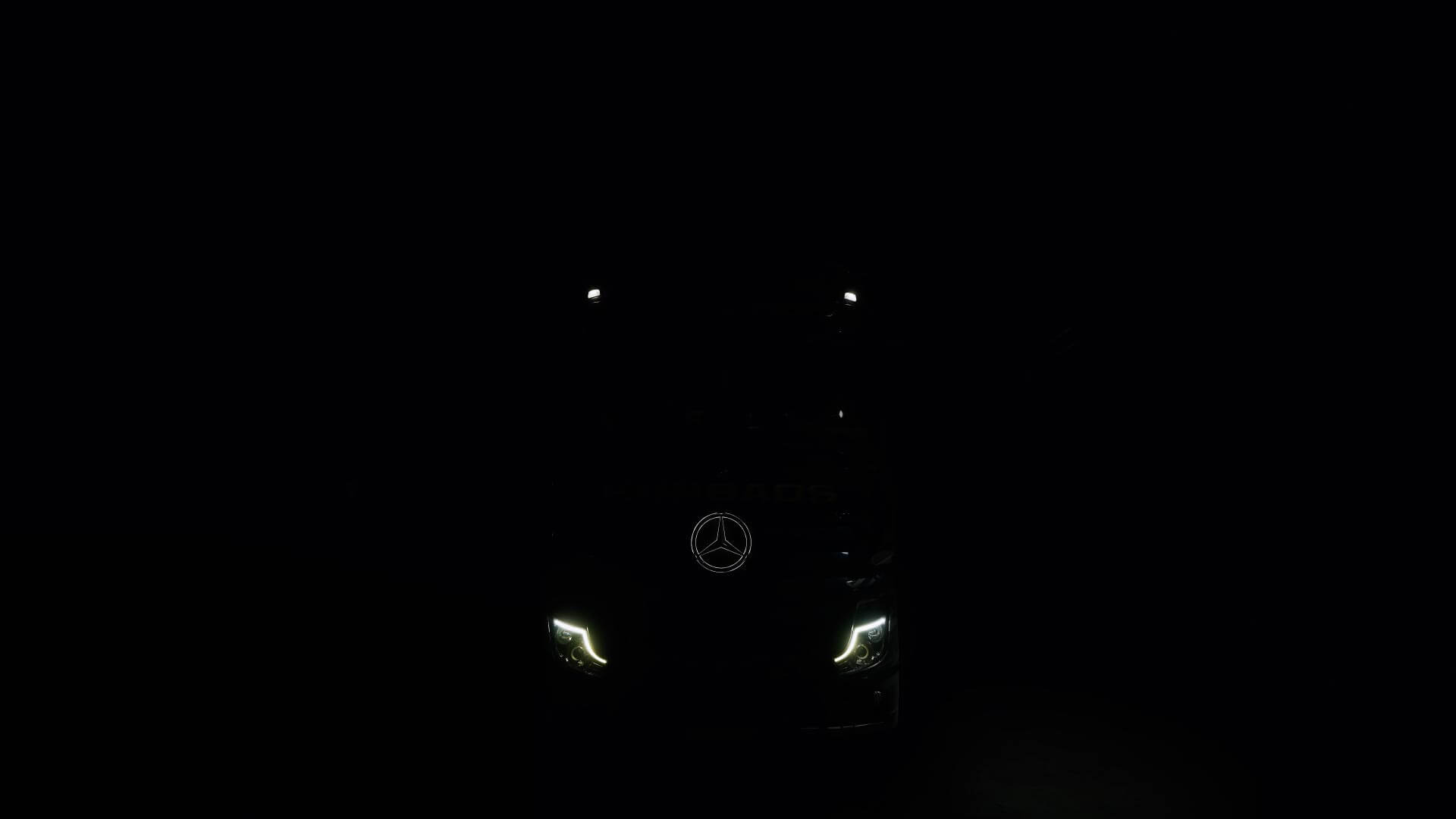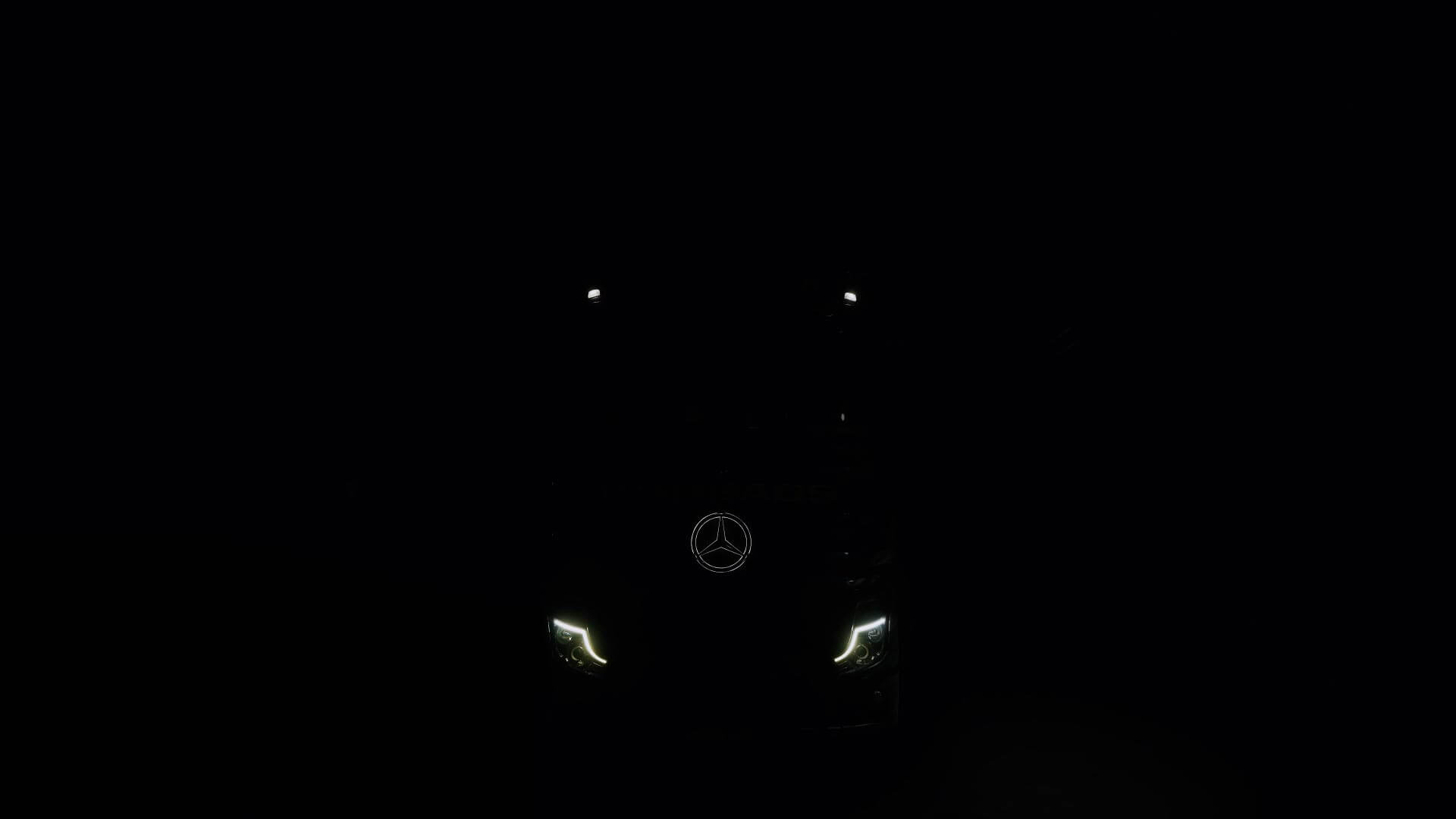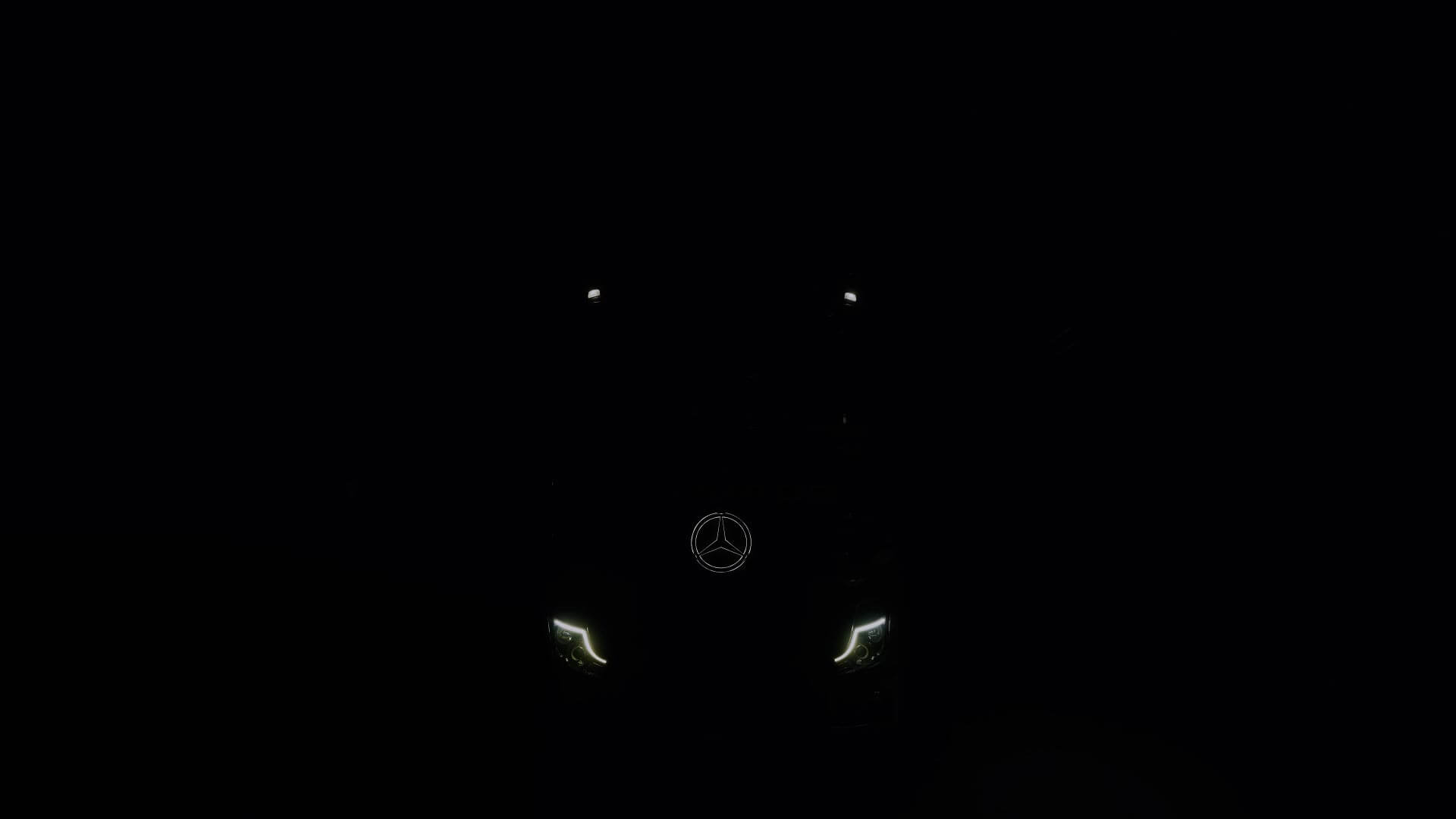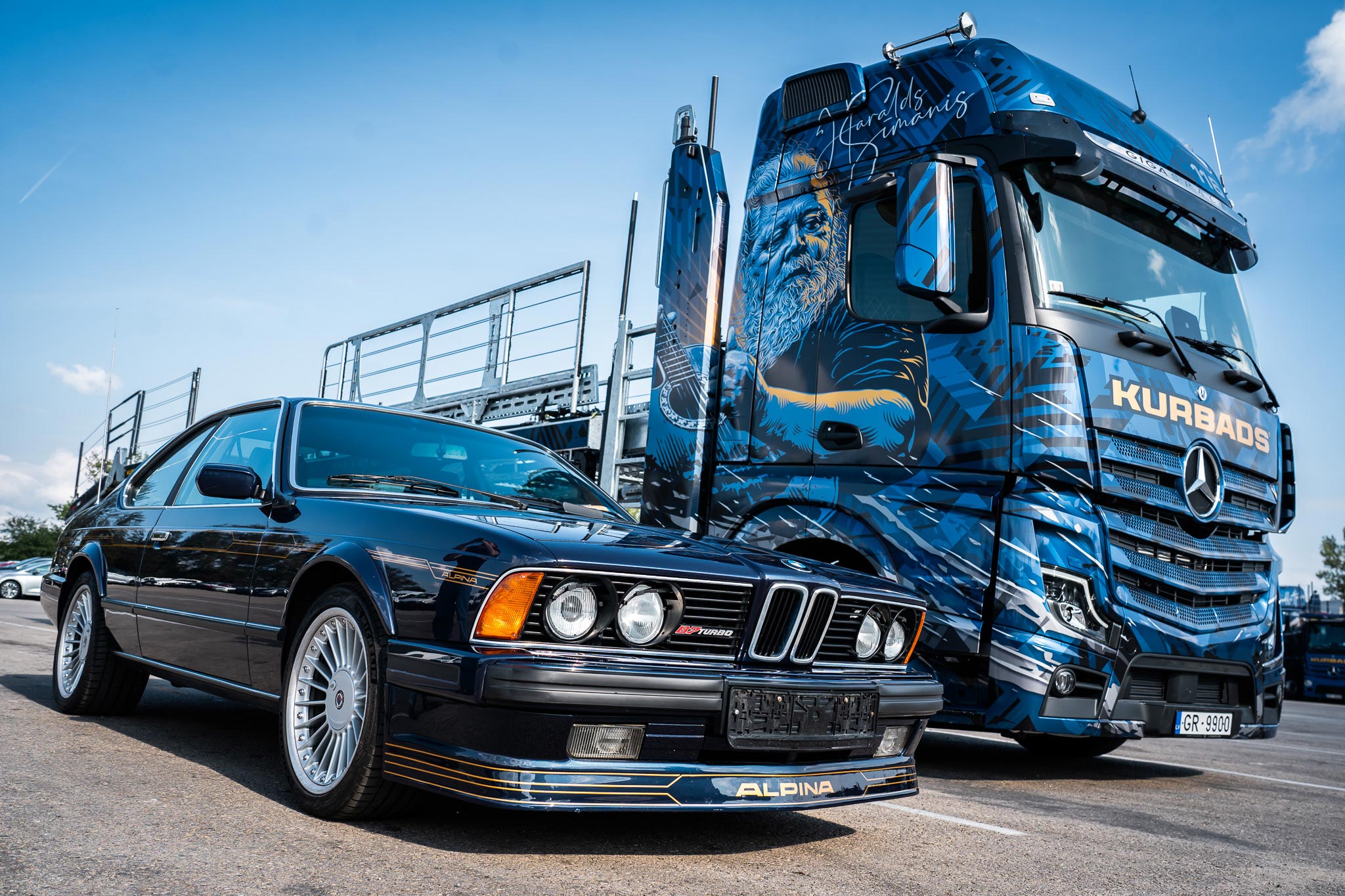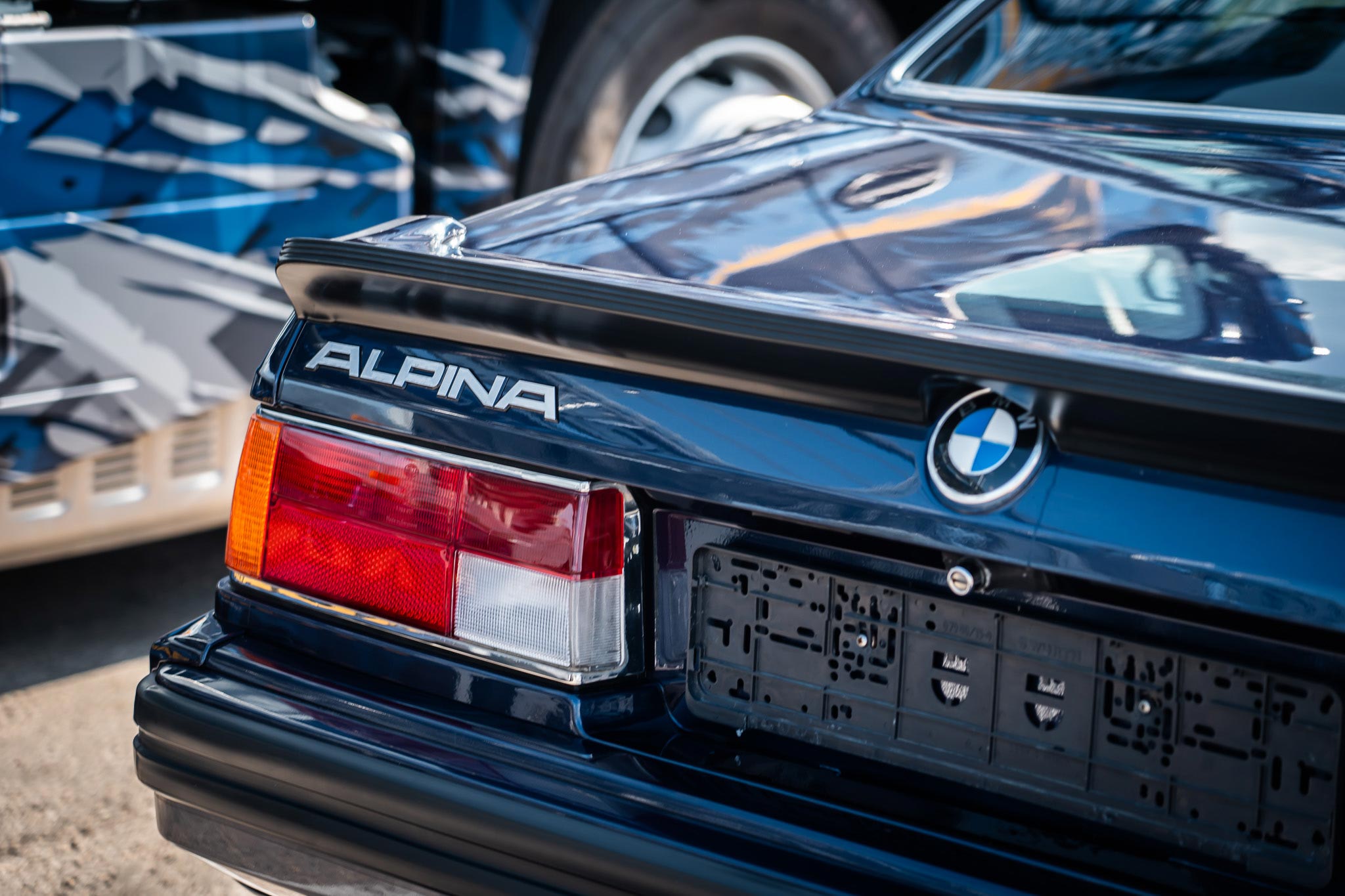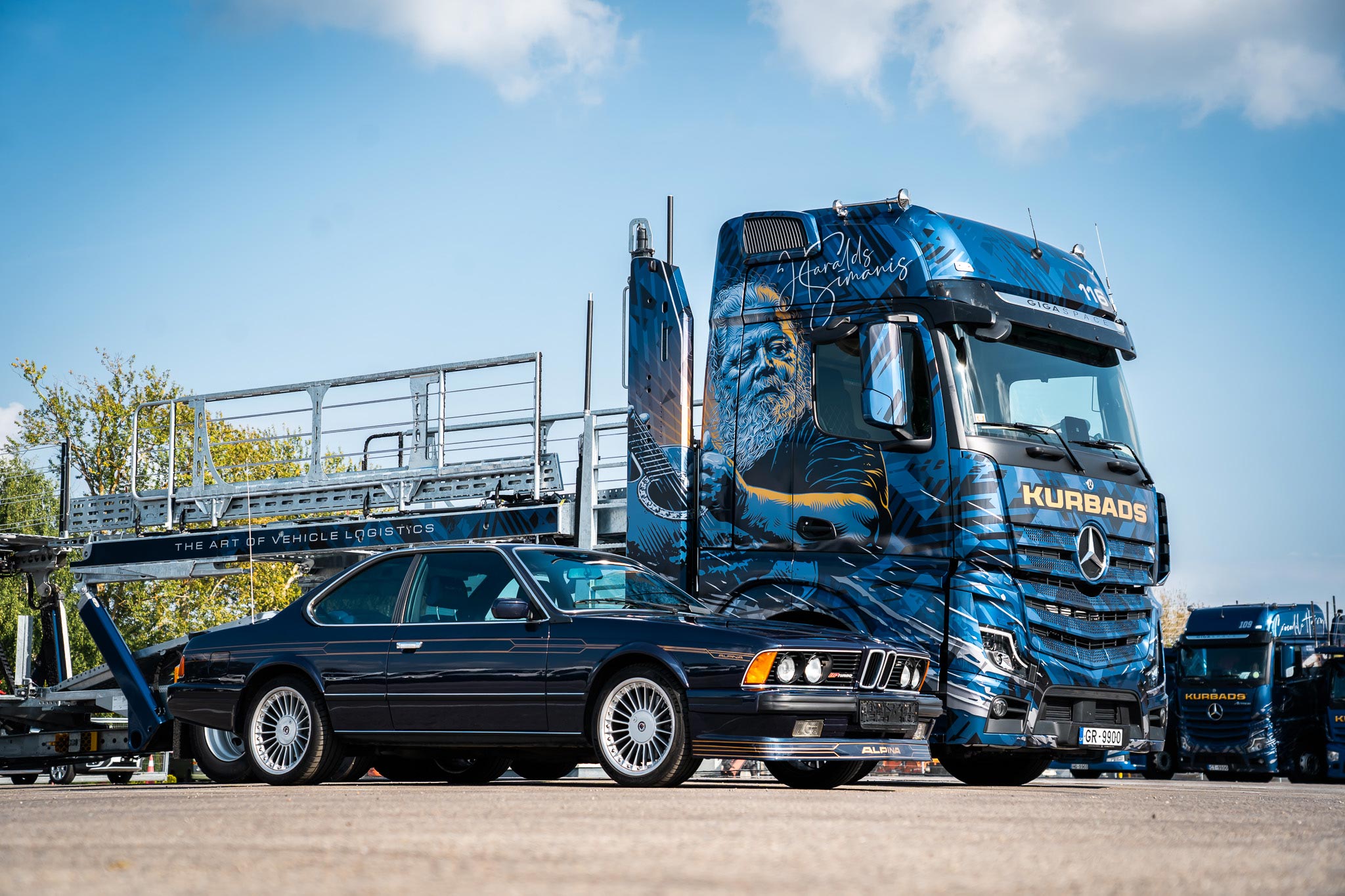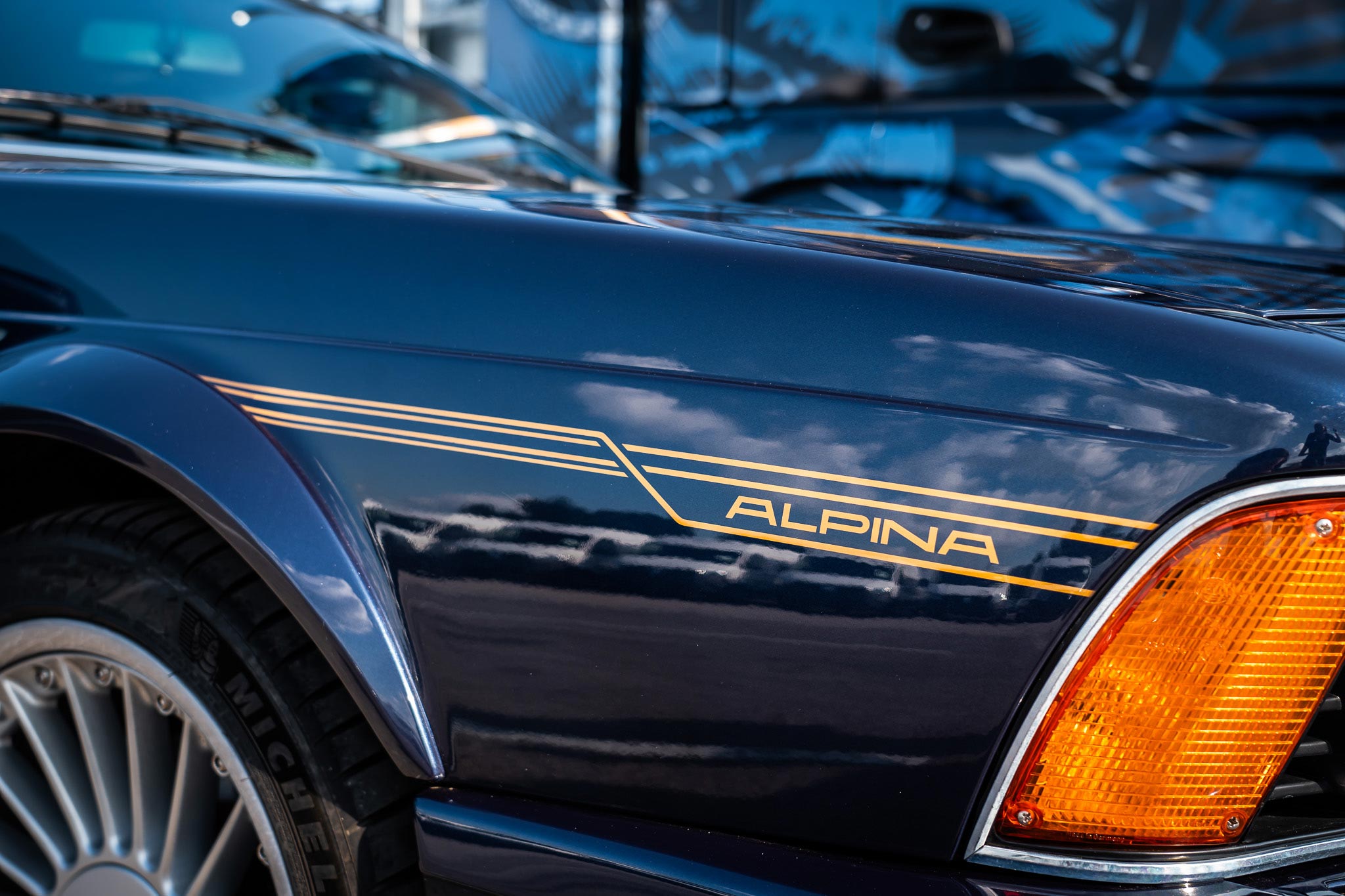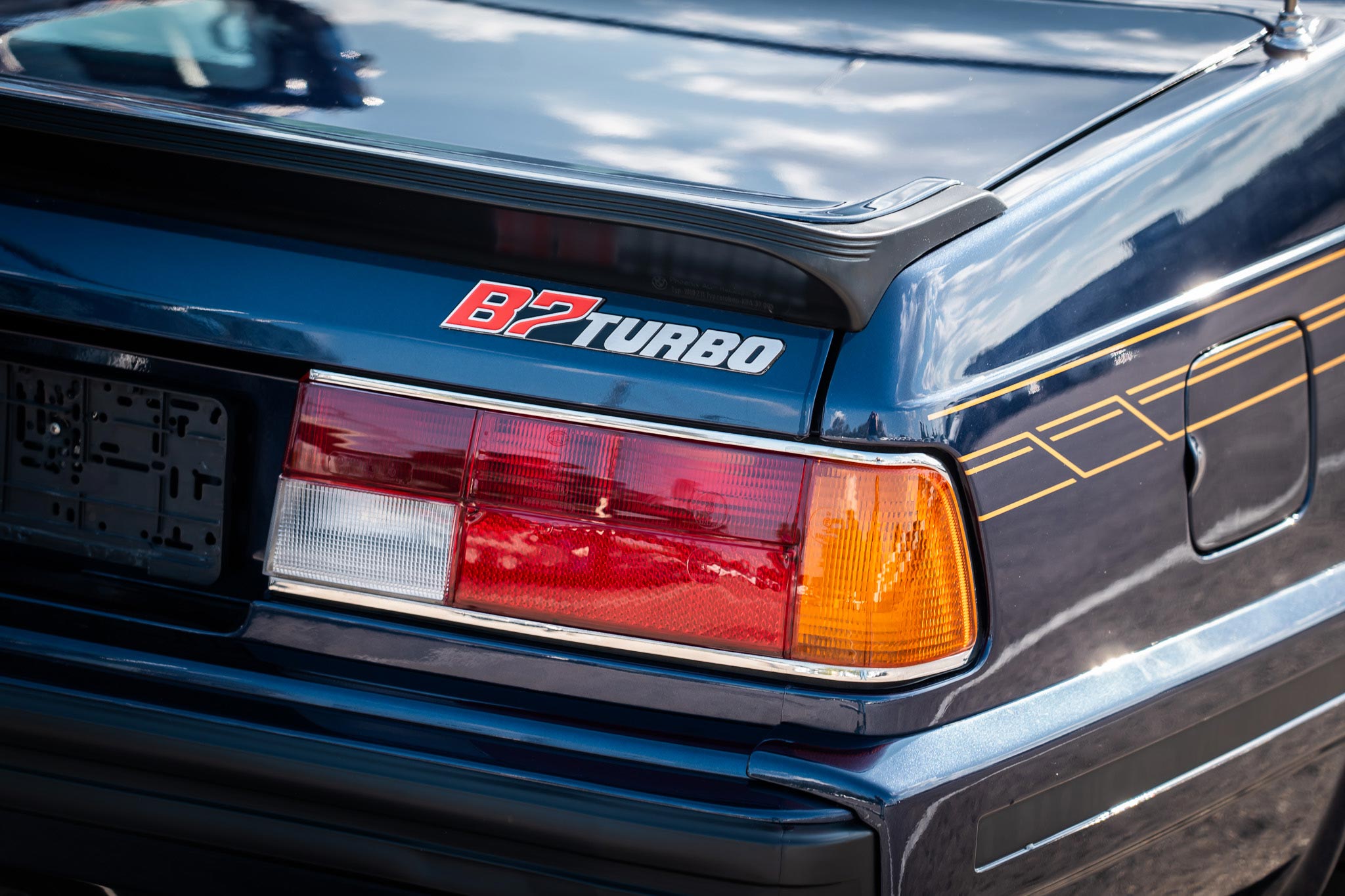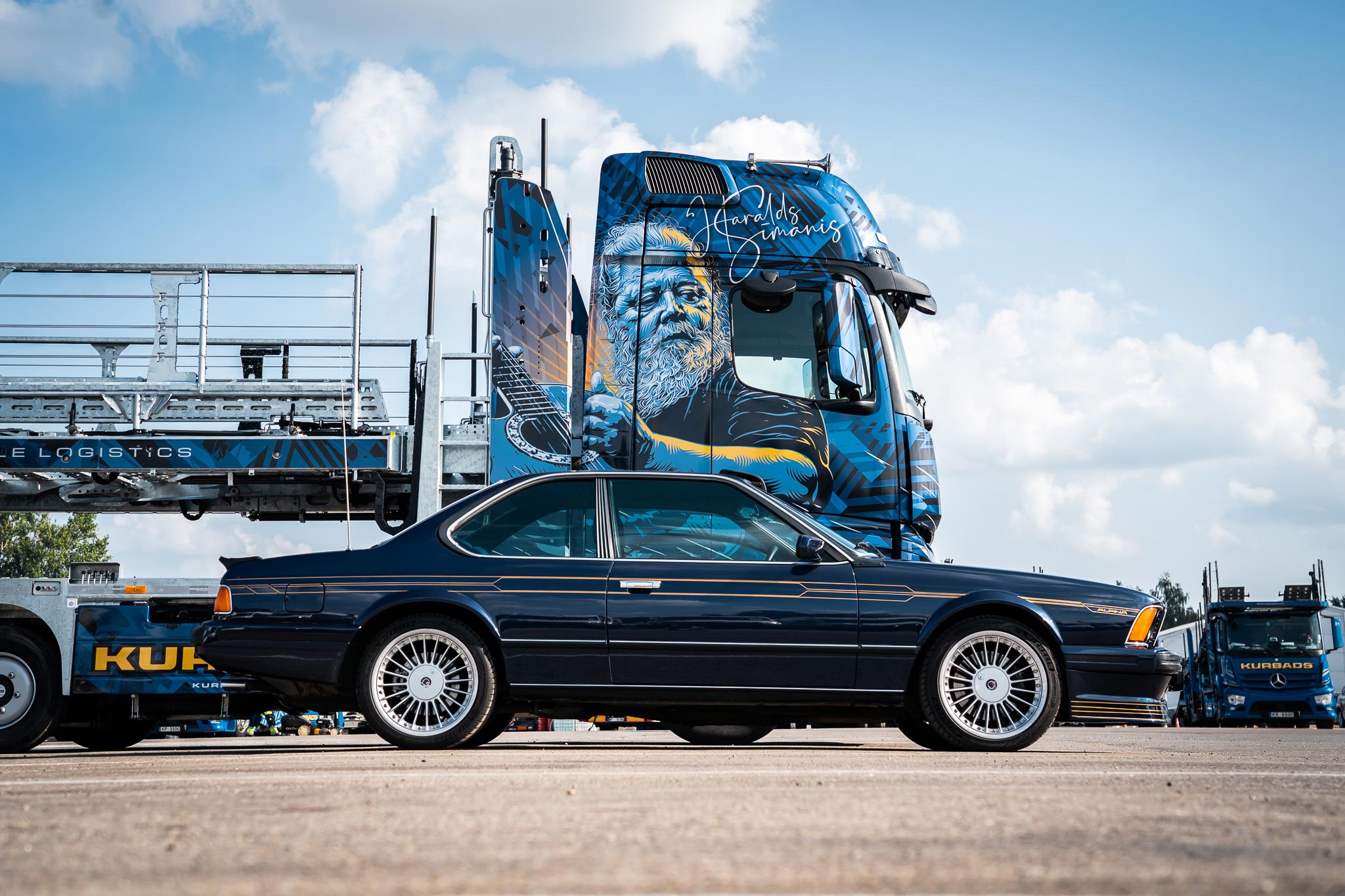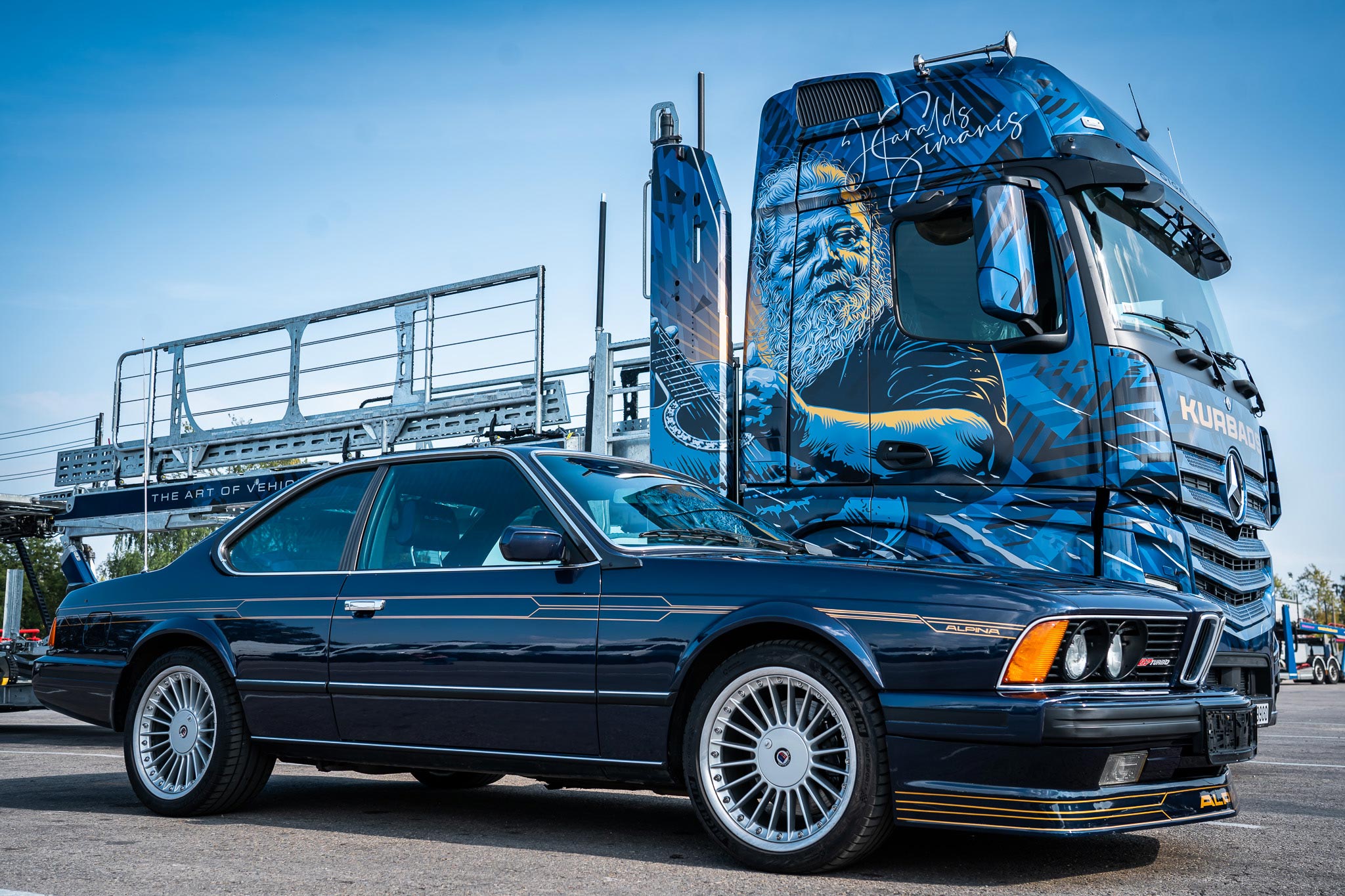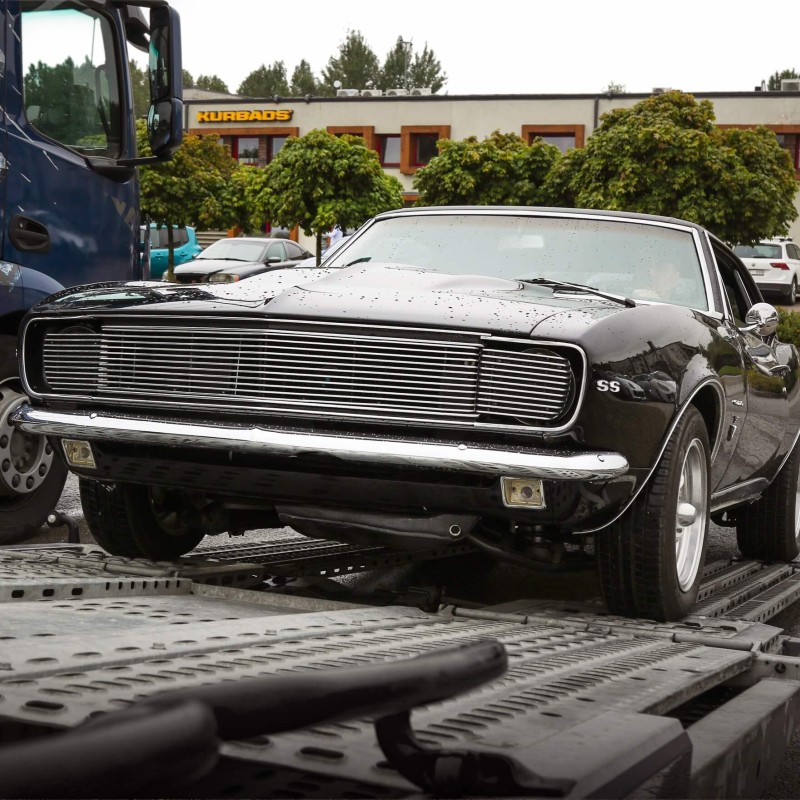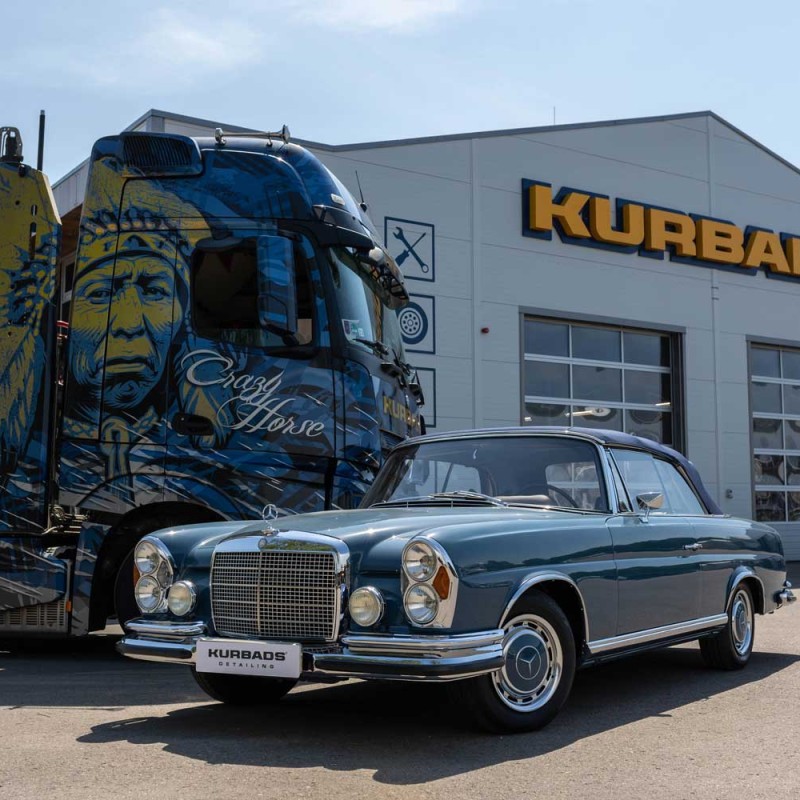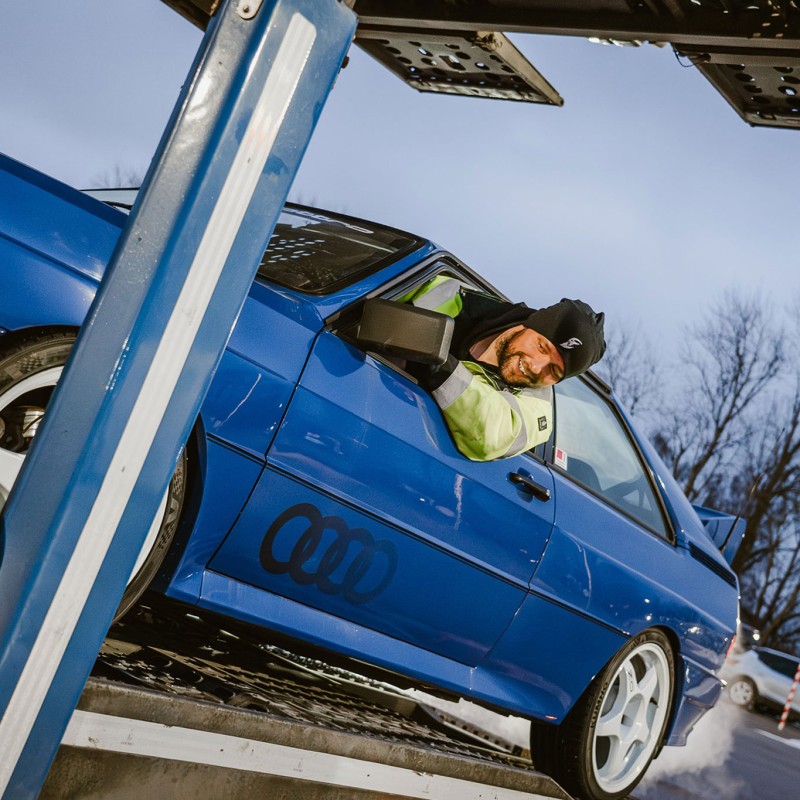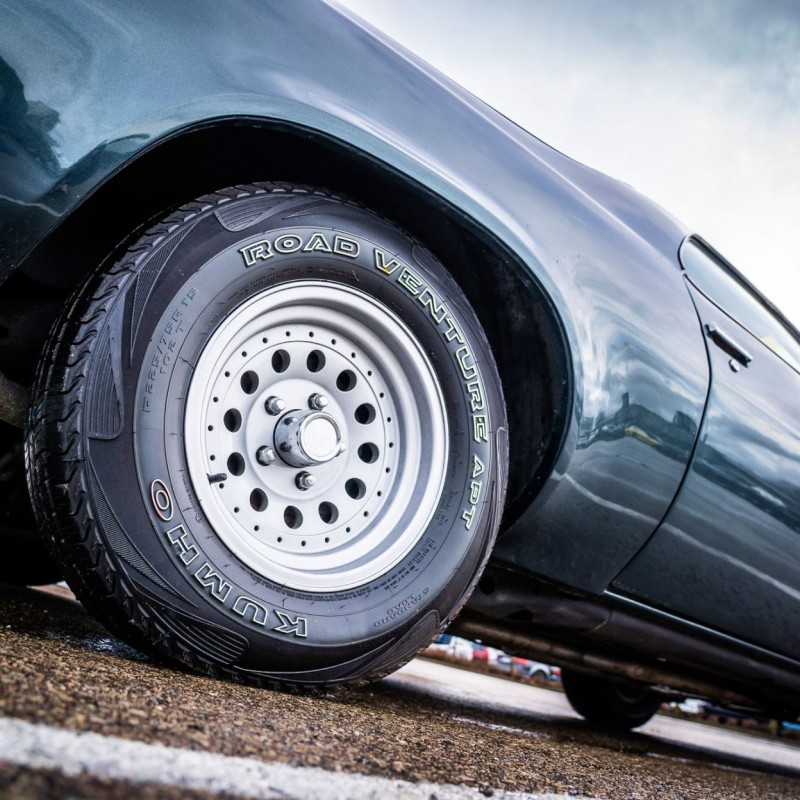About BMW Alpina B7 Turbo Coupe
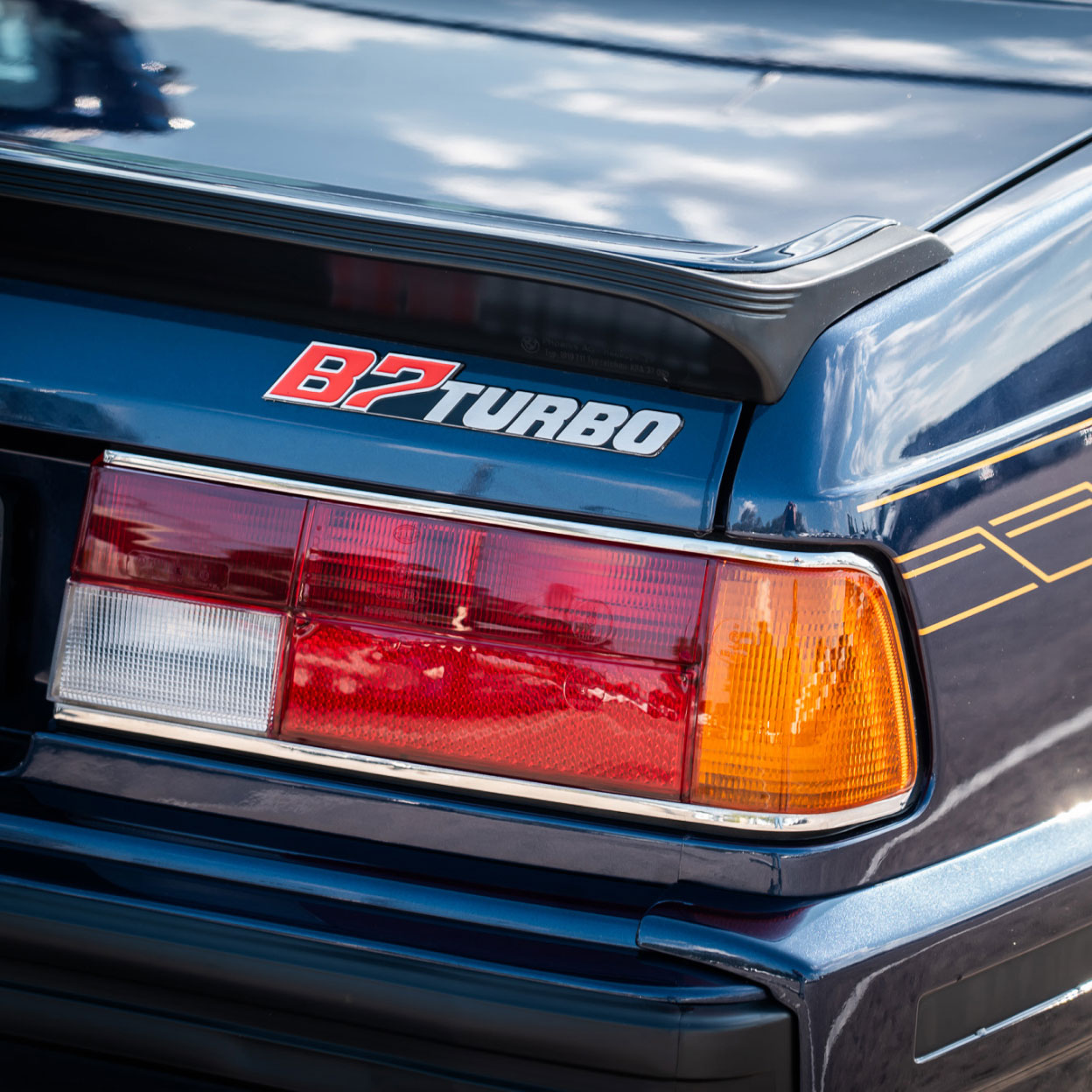
BMW Alpina B7 Turbo Coupe
Based on BMW 635 CSi, this king of the autobahn turned out to be Alpina’s last turbocharged masterpiece.
This time, the car hauler of the car transport and logistics company Kurbads carries an especially powerful passenger from the 1980’s: a BMW Alpina B7 Turbo Coupe. Today, 330 horsepower is not that uncommon, even in the ‘hot hatchback’ league, but back in 1984, the two-door B7 was Germany’s fastest mass-produced car.
Made by BMW
It is doubly important to emphasise the word ‘mass-produced’, because the launch of this supermodel coincided with the recognition of Alpina as a car manufacturer (in 1983) and not just a BMW tuning company, which it had been for two decades since the creation of Alpina Burkard Bovensiepen GmbH & Co. KG in 1965. Starting with racing carburettors and ‘polished’ engine blocks, Burkard Bovensiepen took his company to such technological heights that Alpina cars eventually began to be made on the same production line as the respective BMW model.
They are sold and repaired in BMW dealerships, and even keep the manufacturer’s warranty. The original VIN number in the engine compartment is crossed out mechanically, however, and every unit that comes out of the Buchloe factory gets a new, original chassis number, which repeats on other number plates elsewhere on the body.
BMW Alpina B7 Turbo Coupe
Choose your turbo pressure
Under the name B7, Alpina models appeared in 1978, based on the first-generation Series 5 saloon (E12). The success of BMW 2002, the new Series 3 and the E12 ‘five’ paved the way for a new luxury coupe that continued on the glorious path started by the legendary Series E9 (3.0 CSi/CSL), both in motorsport and in BMW showrooms.
The body, styled by BMW’s renowned designer Paul Bracq, featured a generation M30 in-line six-cylinder engine, which grew in power with each upgrade, soon reaching and exceeding 200 horsepower.
But Bovensiepen sought a radical increase in power, but not much could be done with a single camshaft and 12 valves. The six-cylinder engine was as a result fitted with lighter Mahle pistons and, much more importantly, a KKK turbocharger. And B7 Turbo managed to generate up to 300 horsepower.
Why ‘up to’ 300? The pressure of the turbocharger can be changed between 0.55 and 0.85 bar with a special knob inside the car, located to the right of the parking brake lever. So the actual power of B7 Turbo Coupe has between 250 and 300 hp. The first generation B7 Turbo already went from 0 to 100 km/h in 6.9 seconds. 17 seconds in, the B7 Turbo went as high as 180 km/h, with a top speed of 250 km/h. To control this ambitious increase in power, Alpina modified the suspension and the brakes, and equipped the coupé with the popular Pirelli P7 tyres.
Handmade, with Alpina stripes
Interestingly, B7 Turbo was originally called Alpina 630 Turbo, but the coupe’s name and origins were subordinated in many ways to the evolution of the Series 5 saloon-based Alpina models.
B7 Turbo Coupe was an expensive and rare car, with only 110 produced, or rather built, plus an additional 20 with catalytic converters and reduced power. A new one could cost 10 to 30 thousand Deutschmarks, more than a new 635CSi.
An original interior trim was made for every coupe, with Alpina’s signature half-leather seats, four-spoke sports steering wheel with special lining, and a lathed gear lever knob. As befits a true old-school manufacture, everything, including the dashboard, was handmade, either fully, or to a large degree
B7 Turbo Coupe stands out from BMW 636CSi with its distinctive front and rear spoilers, the classic Alpina 20-spoke wheels and the decorative stripes whose pattern you can still use to quickly identify cars from Buchloe. The signature golden Alpina also adorns this fully restored B7 Turbo Coupe at Kurbads.
The car’s interior trim was restored in its entirety, albeit in a shade of leather slightly different from what you would find in an Alpina catalogue from the period. Interestingly, the cockpit of this B7 Turbo does not feature the traditional Alpina plate with the serial number of the car in that model series.
Given that only 130 examples of the second run of Alpina B7 Turbo Coupe came out between 1984 and 1987 (officially known as the B7 Turbo Coupe/1), the serial number would have had some value. Interestingly, in the mid-1980’s, Alpina B7’s engine power increased to 330 horsepower (previously only possible with the 1982 special edition B7 S Turbo), reducing the time from 0 to 100 accordingly.
Investing in future value
Between December 1978 and June 1988, Alpina produced a total of only 313 B7 Turbo Coupes, and some sources say that the number is even lower. In any case, this is an average of thirty cars a year, which is low even for the homeopathic production runs of Bovensiepen’s company. It also accounts for a microscopically tiny fraction of all the BMW E24 Series coupes made, given that over 13 years, the Dingolfing plant assembled more than 86,000 Series 6 coupes, of which well over half were BMW 635CSi, donor vehicles for B7 Turbo Coupe.
So this 1980’s king of the autobahn, whose version S is not slow even by today’s standards, is at least as good an investment as the wines made in the Bovensiepen family’s vineyards (Alpina also made typewriters back in the day). In good condition, an Alpina B7 Turbo can fetch as much as 150,000–200,000 euro, while examples of the 30 B7 S Turbo ever made come up with such outrageous auction prices that they do not always attract interested bidders.
Curiously, sixty S vehicles were originally planned, but the forthcoming switch to Coupe/1 risked making this plan unprofitable. While there are fewer and fewer B7 turbo coupes available out there, the chance to get lucky and fetch one at a reasonable price at an auction here in Europe, through ads in the US, or through forums in Japan has not yet been exhausted. With Alpina’s announcement of a full merger with BMW Group, effectively meaning the slow end of Alpina’s original models, and with the passing of the company’s founder, Burkard Bovensiepen, at the age of 87 in October this year, interest in Alpina’s early vehicles will only grow in the future.










